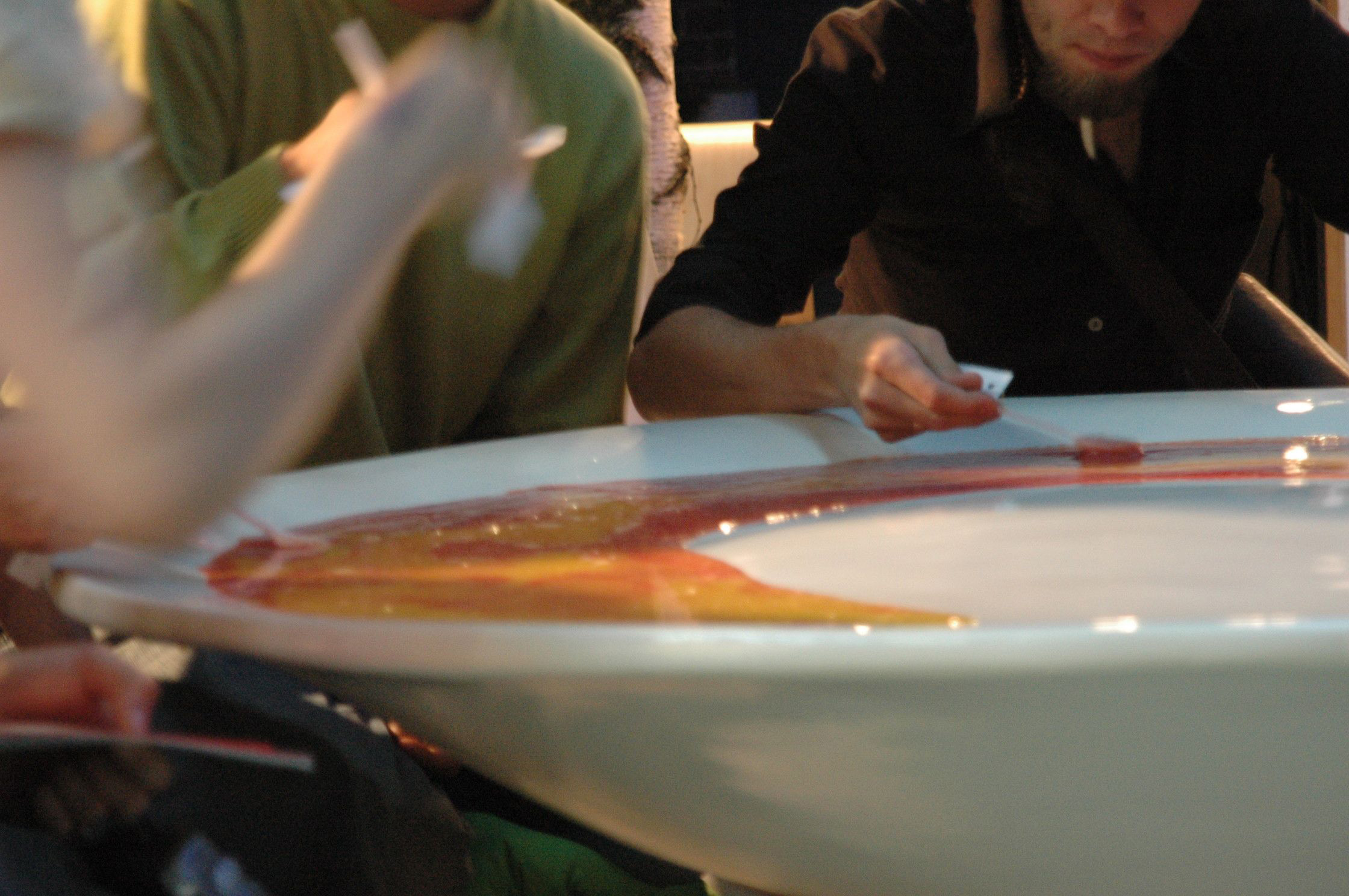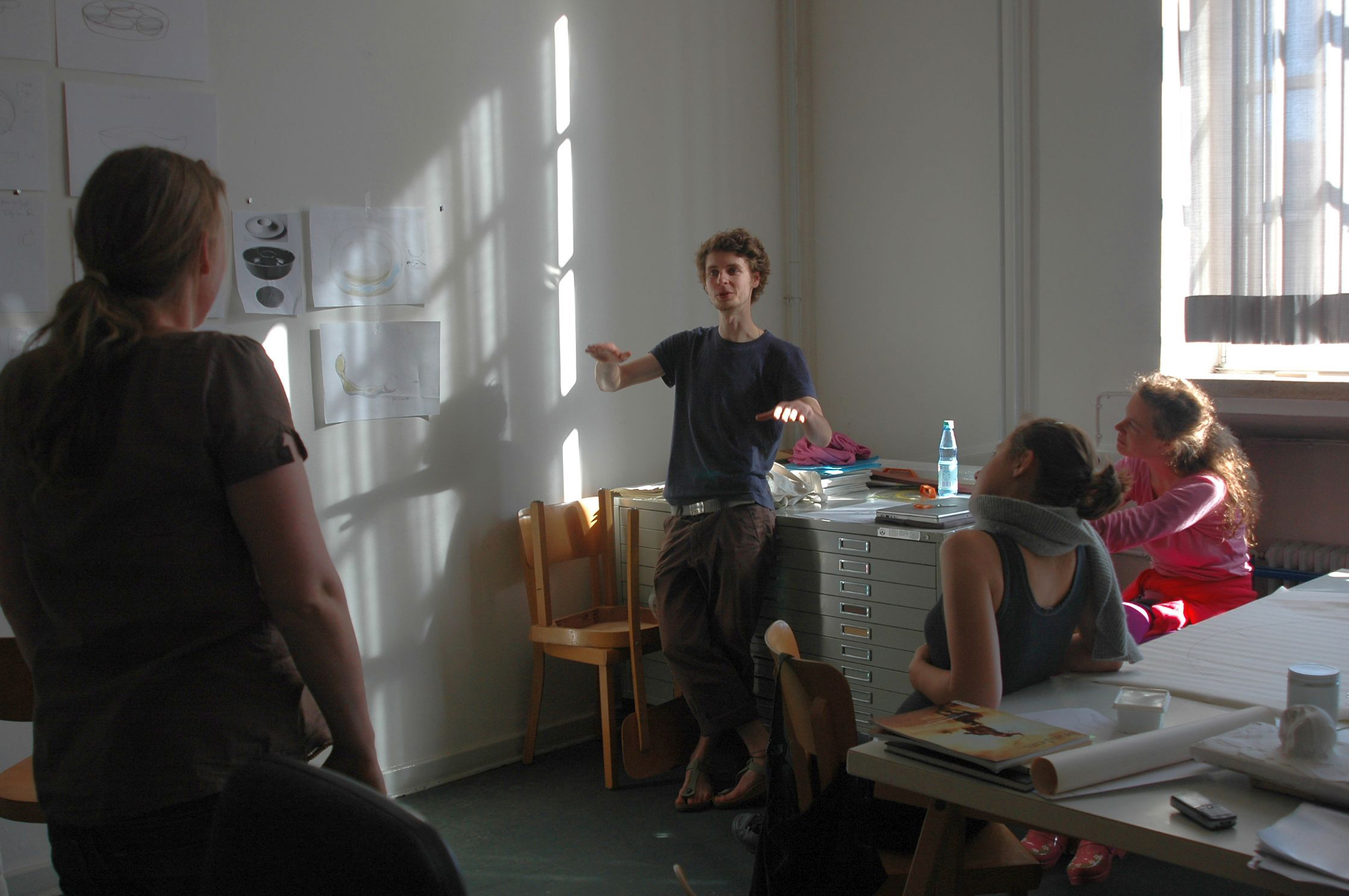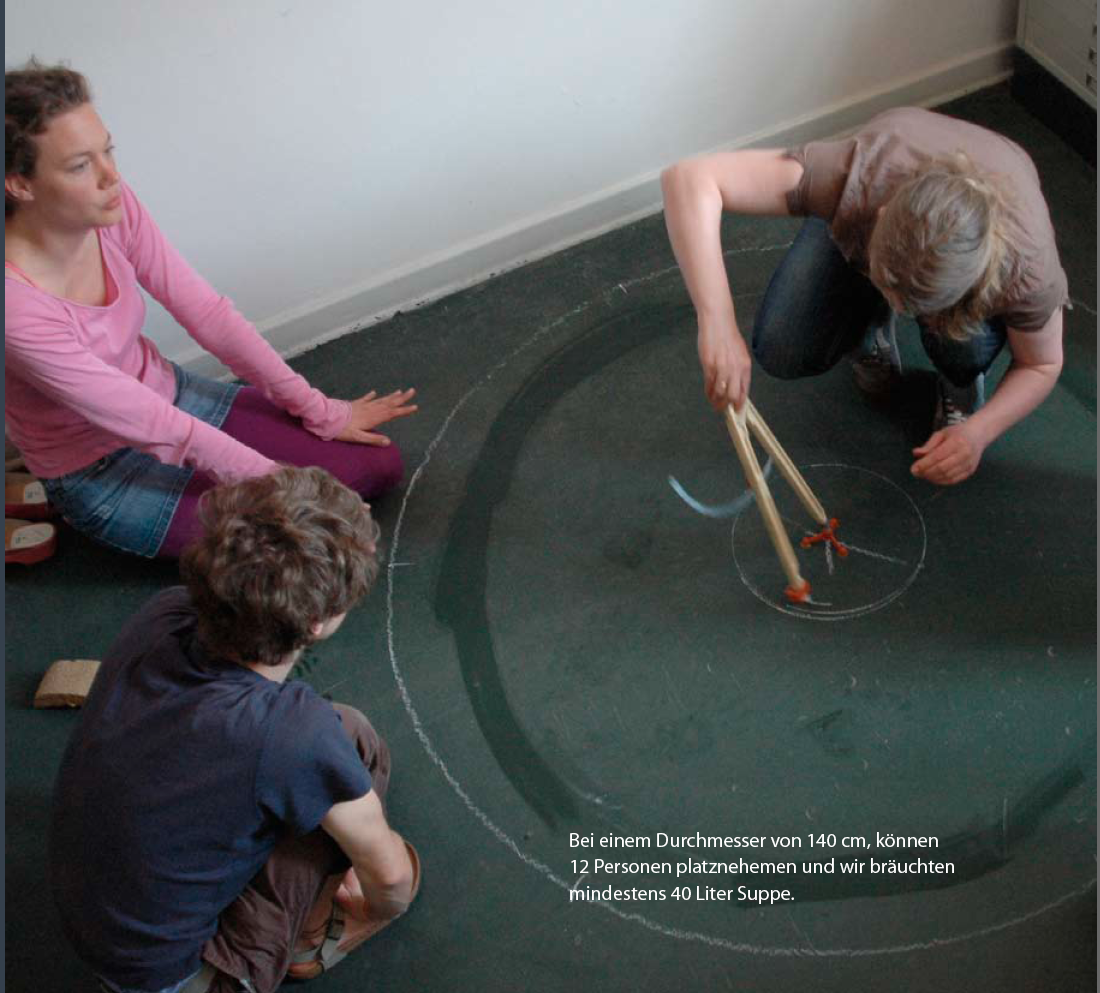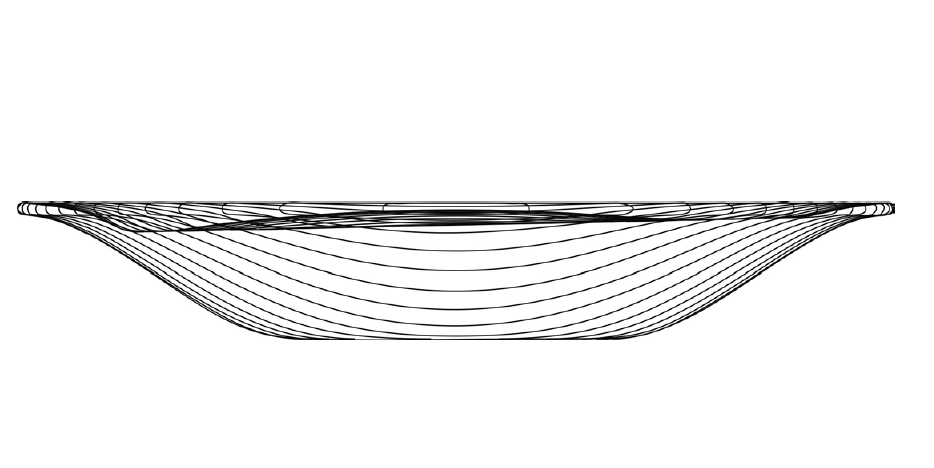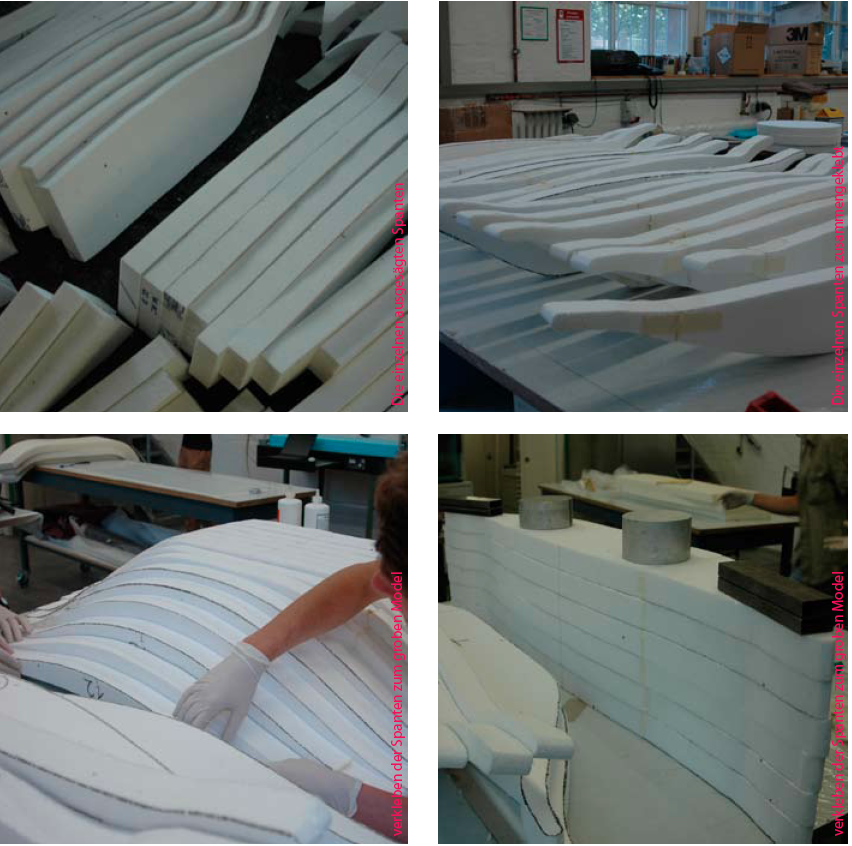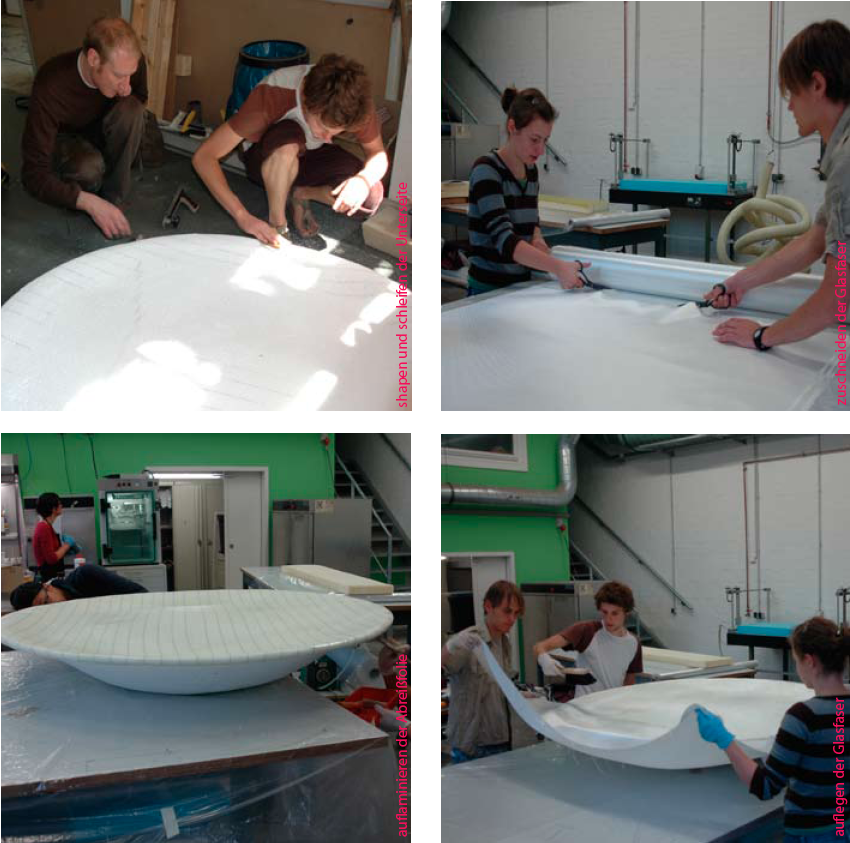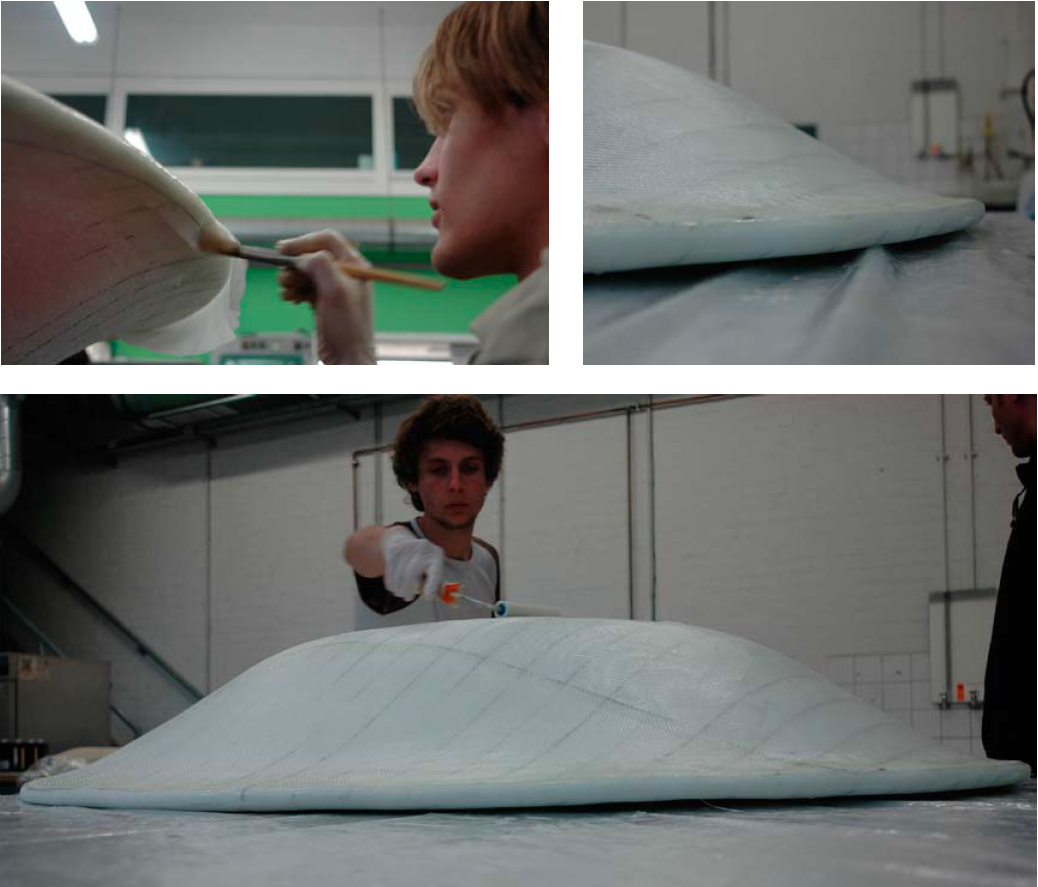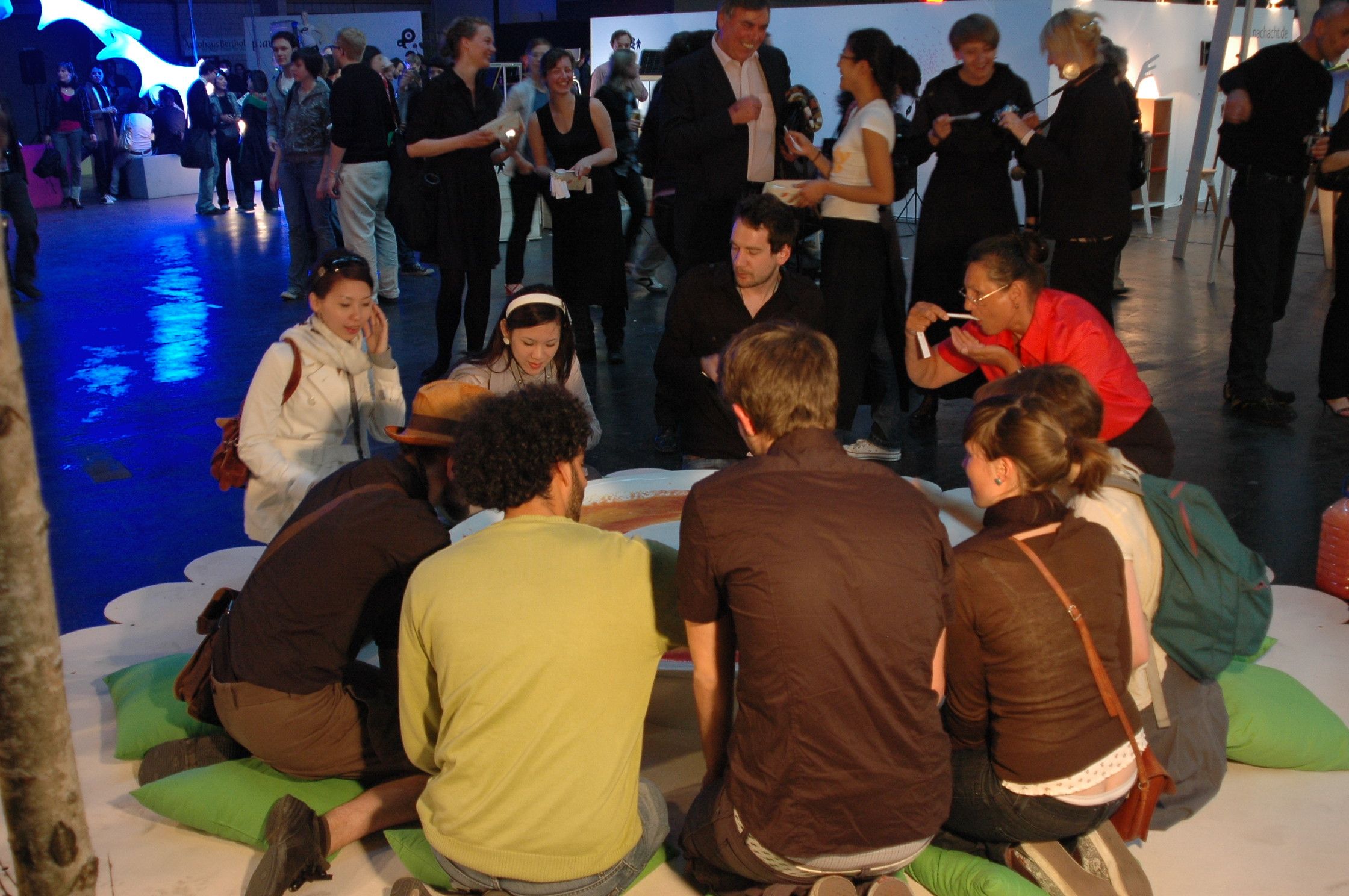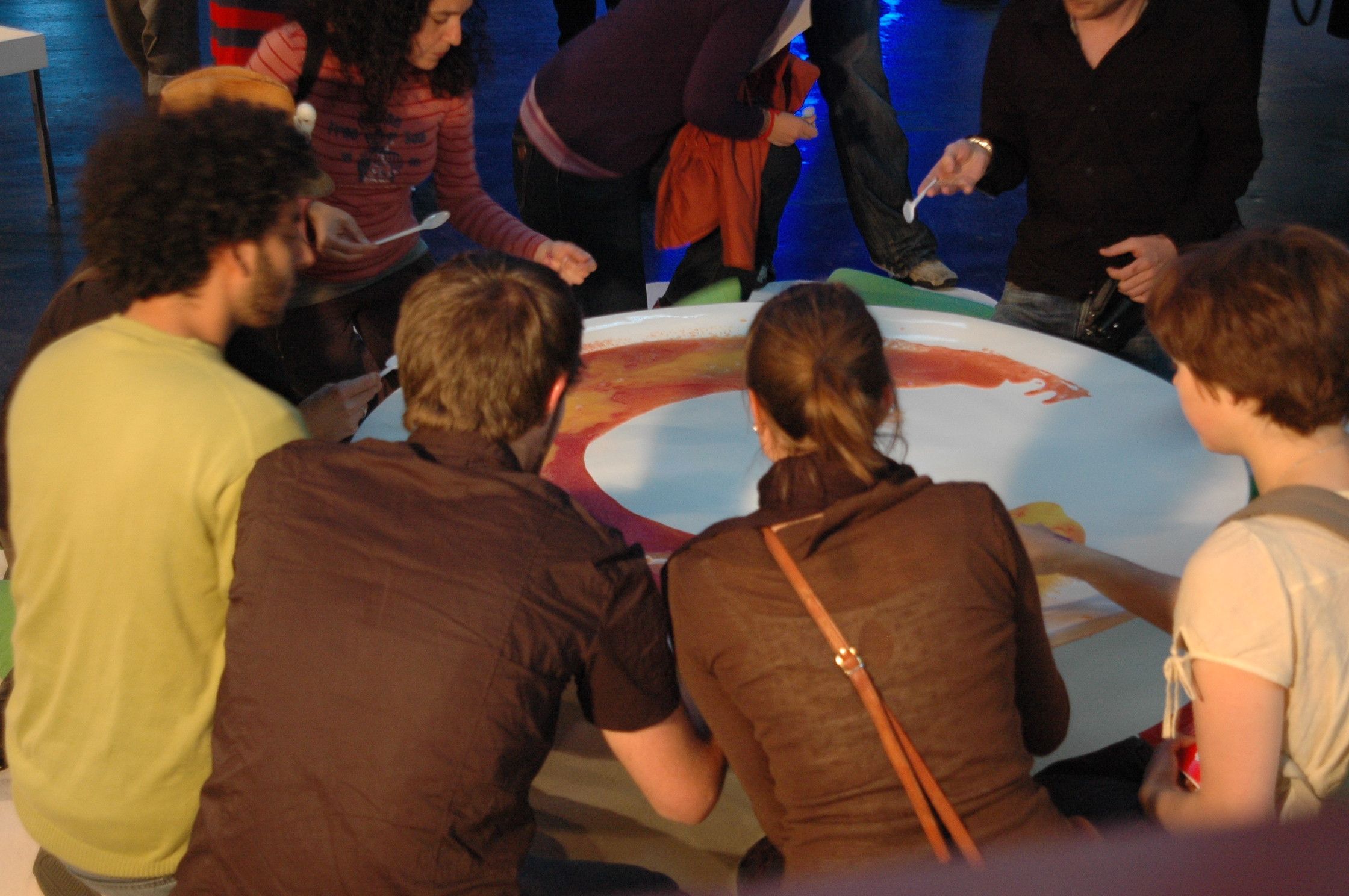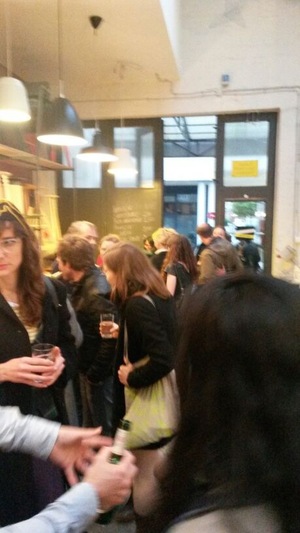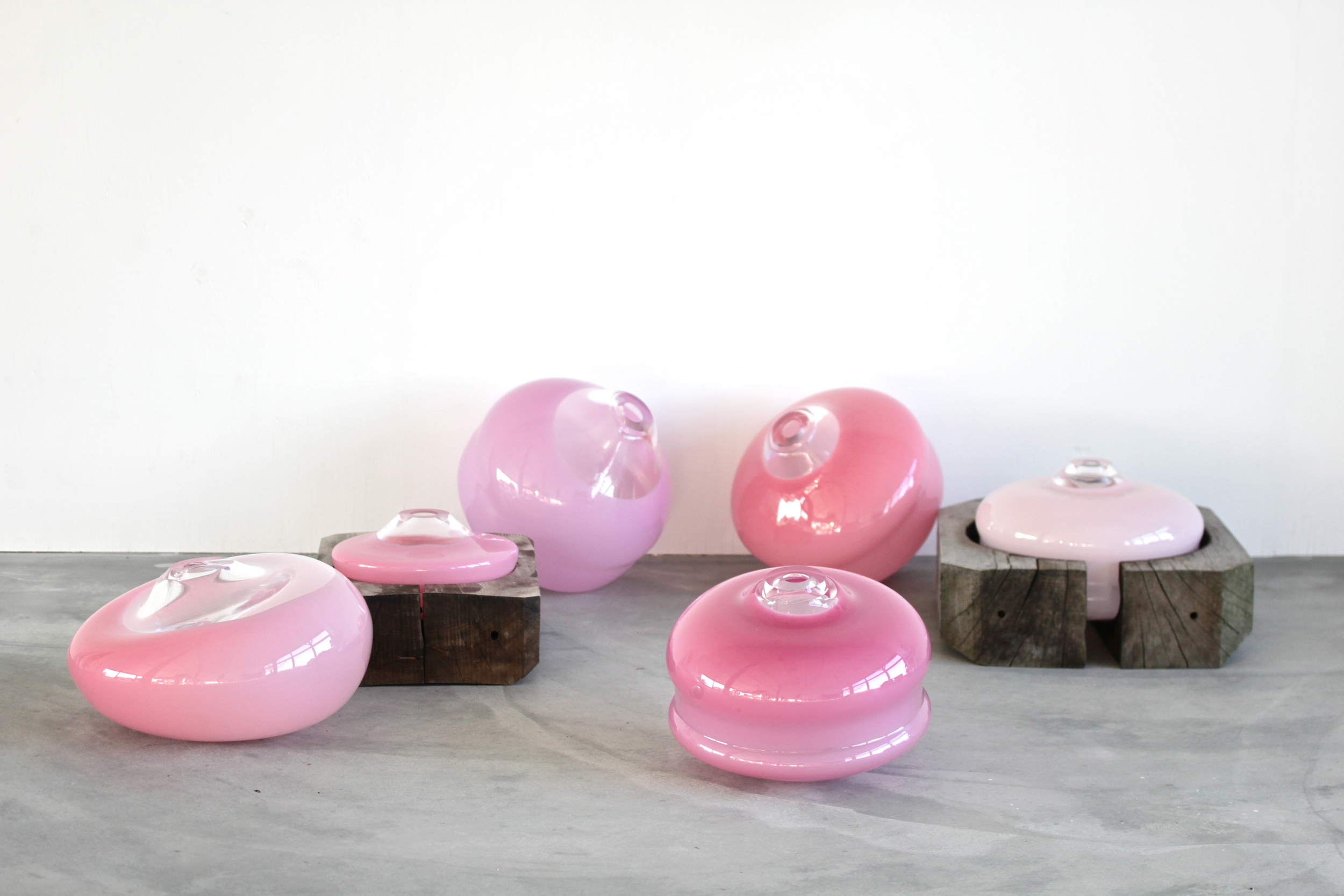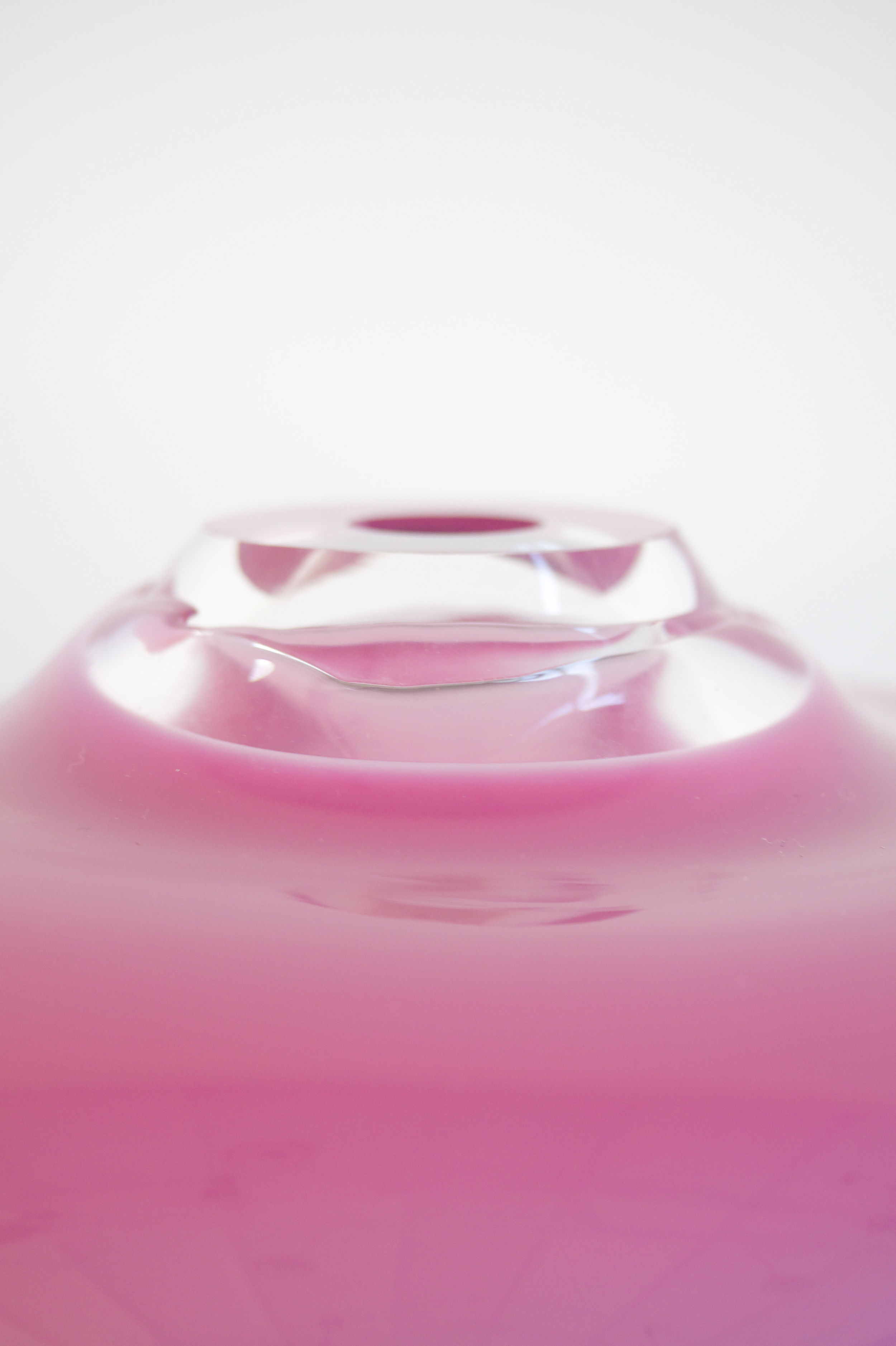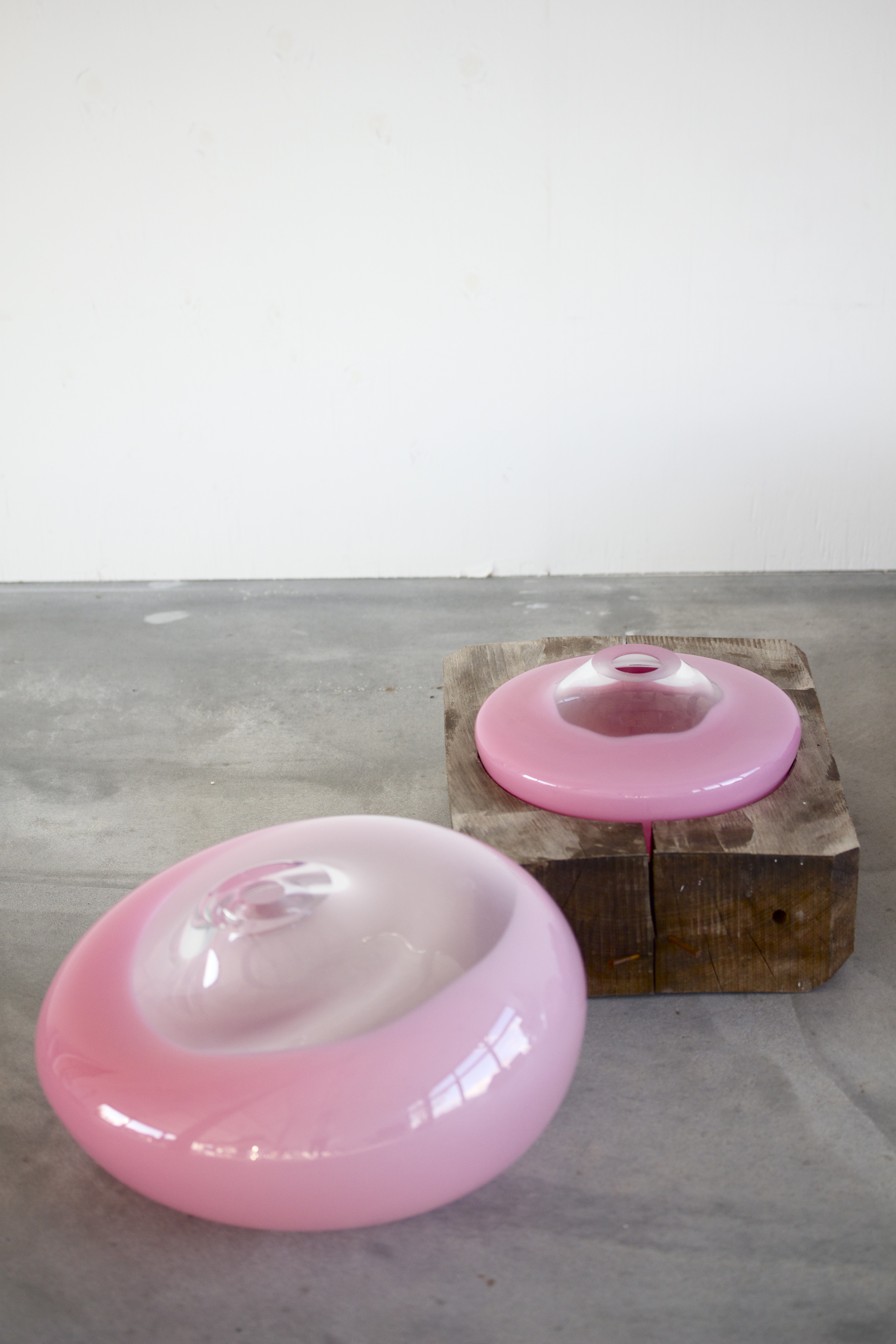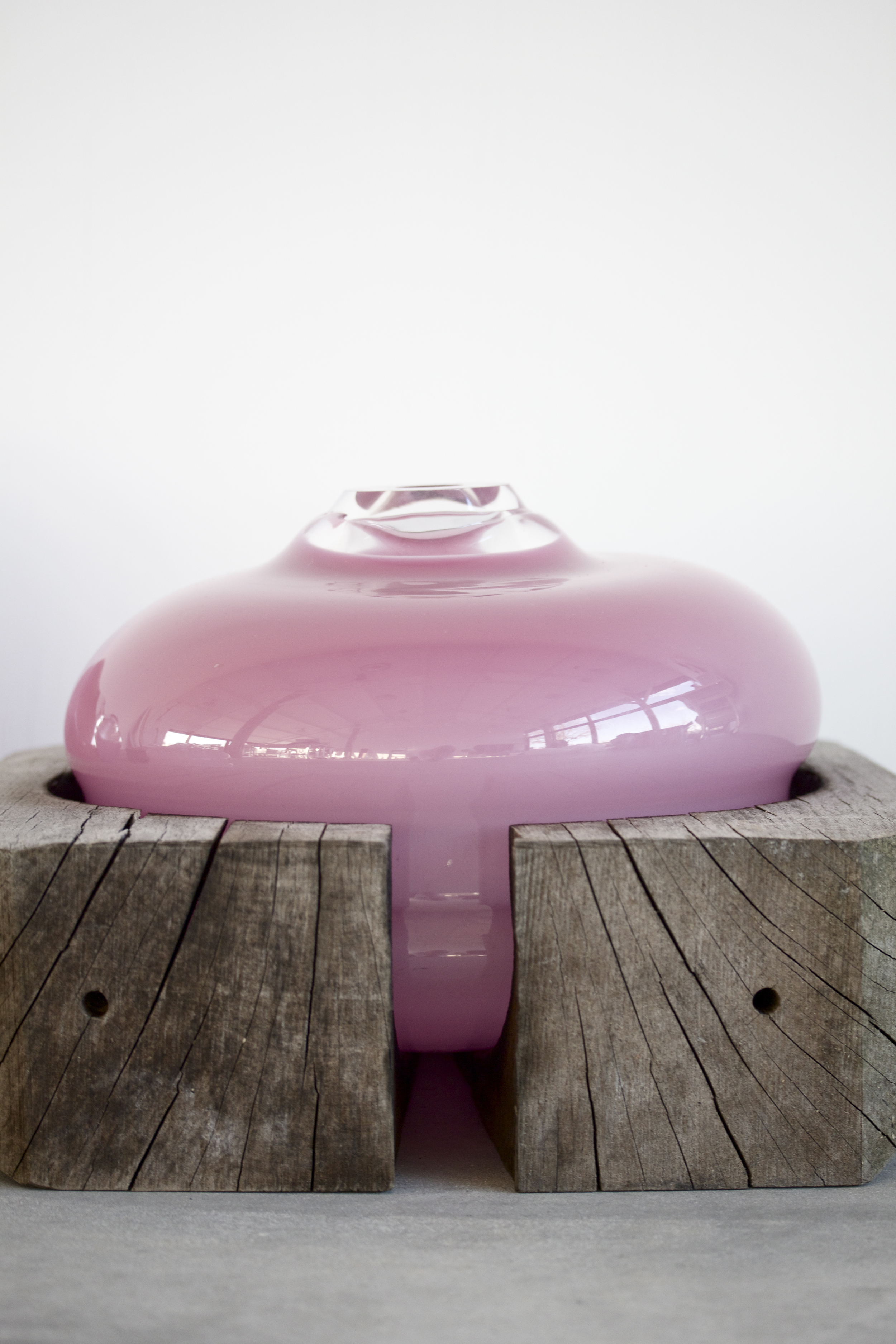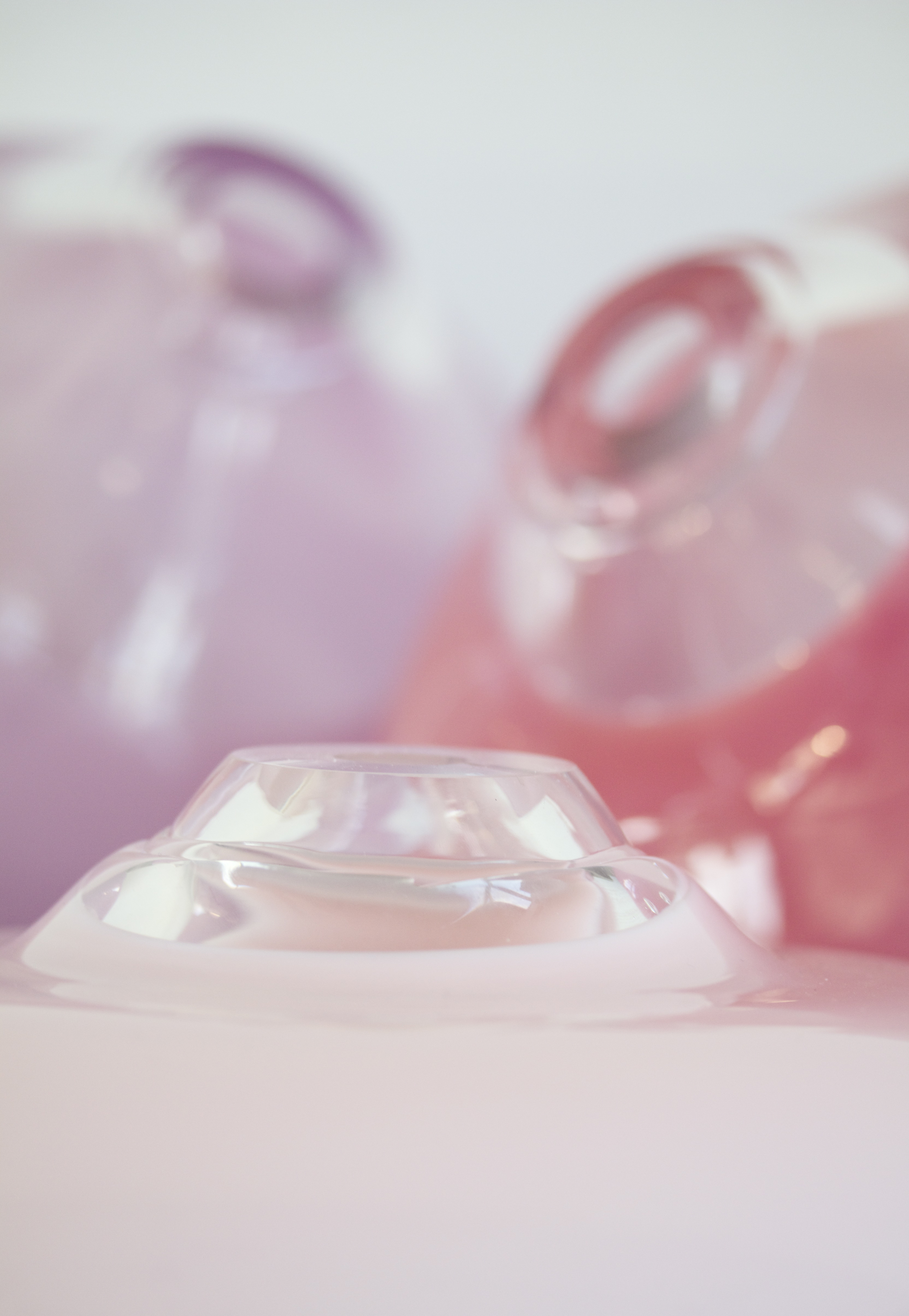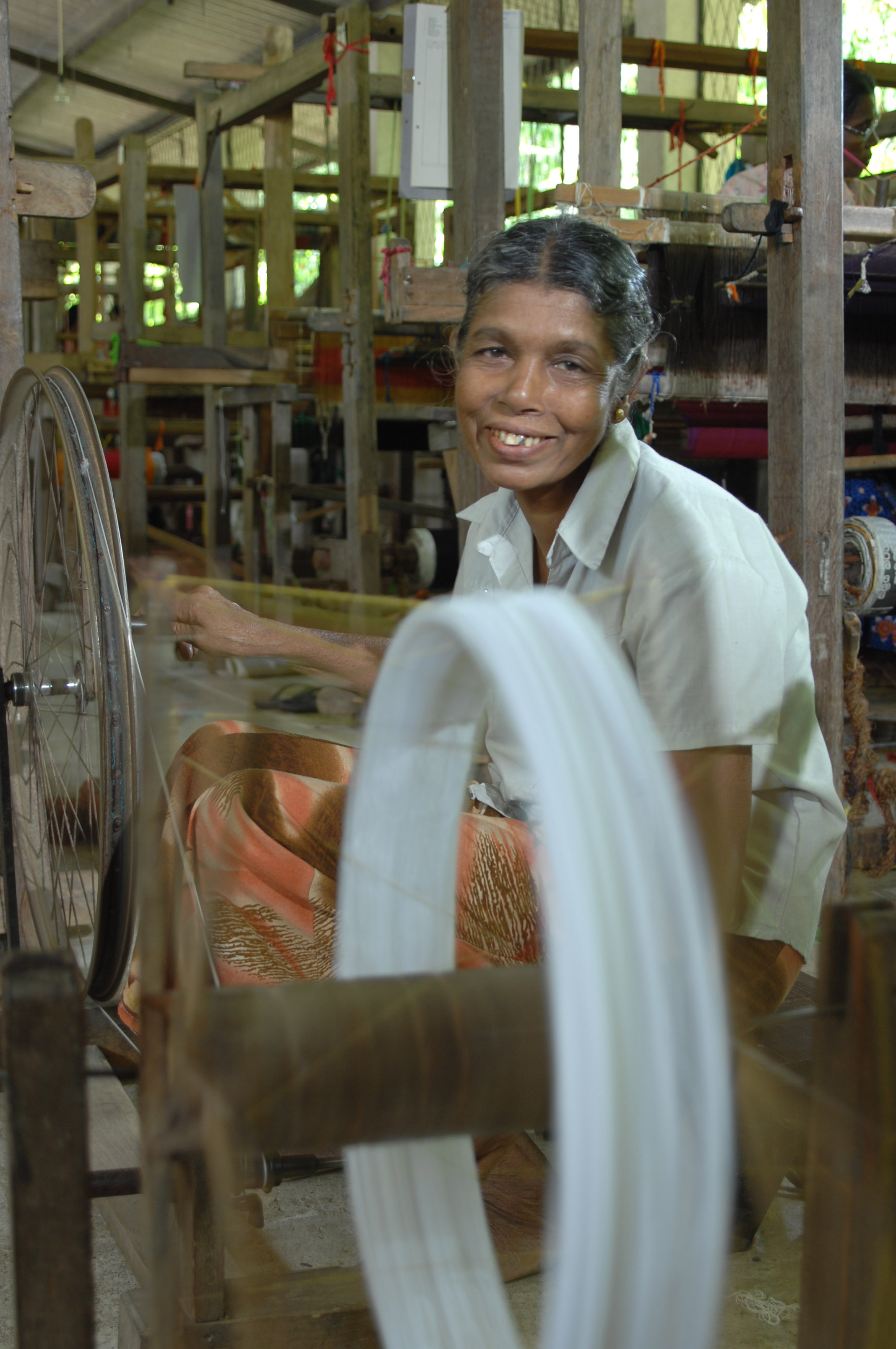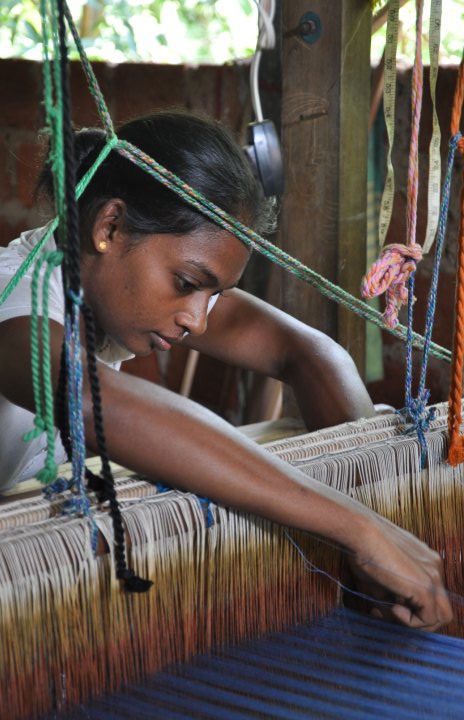Making-of GlassArt
When I first came to visit Bohemia about 4 years ago I was very lucky to encounter a small workshop with very nice and skilled people. Our collaboration has been growing ever since and the intervals between my visits shortened. Very happy to share some impressions from the Hot-, Cold- and Woodshop and to introduce my team. Enjoy!
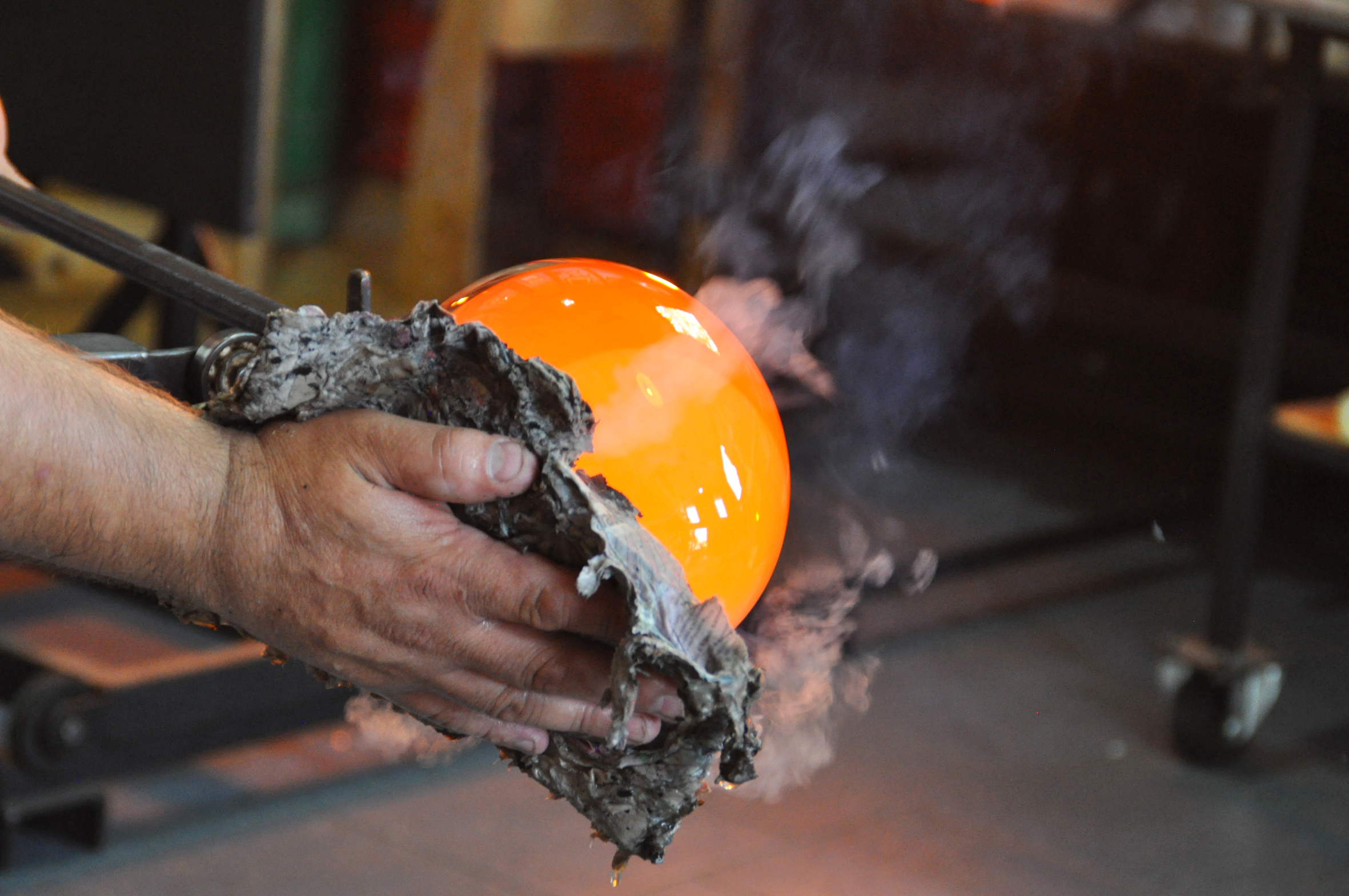
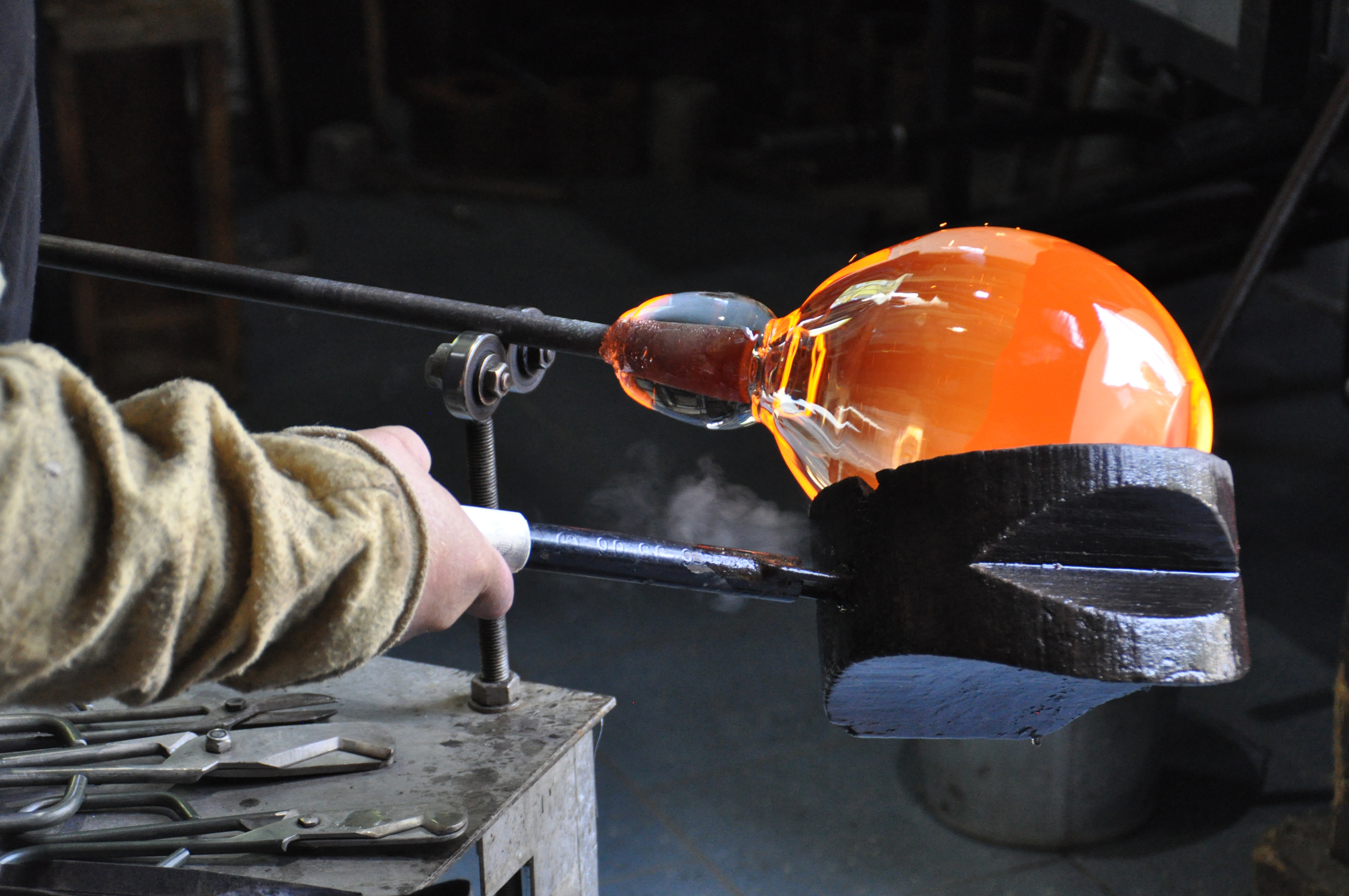
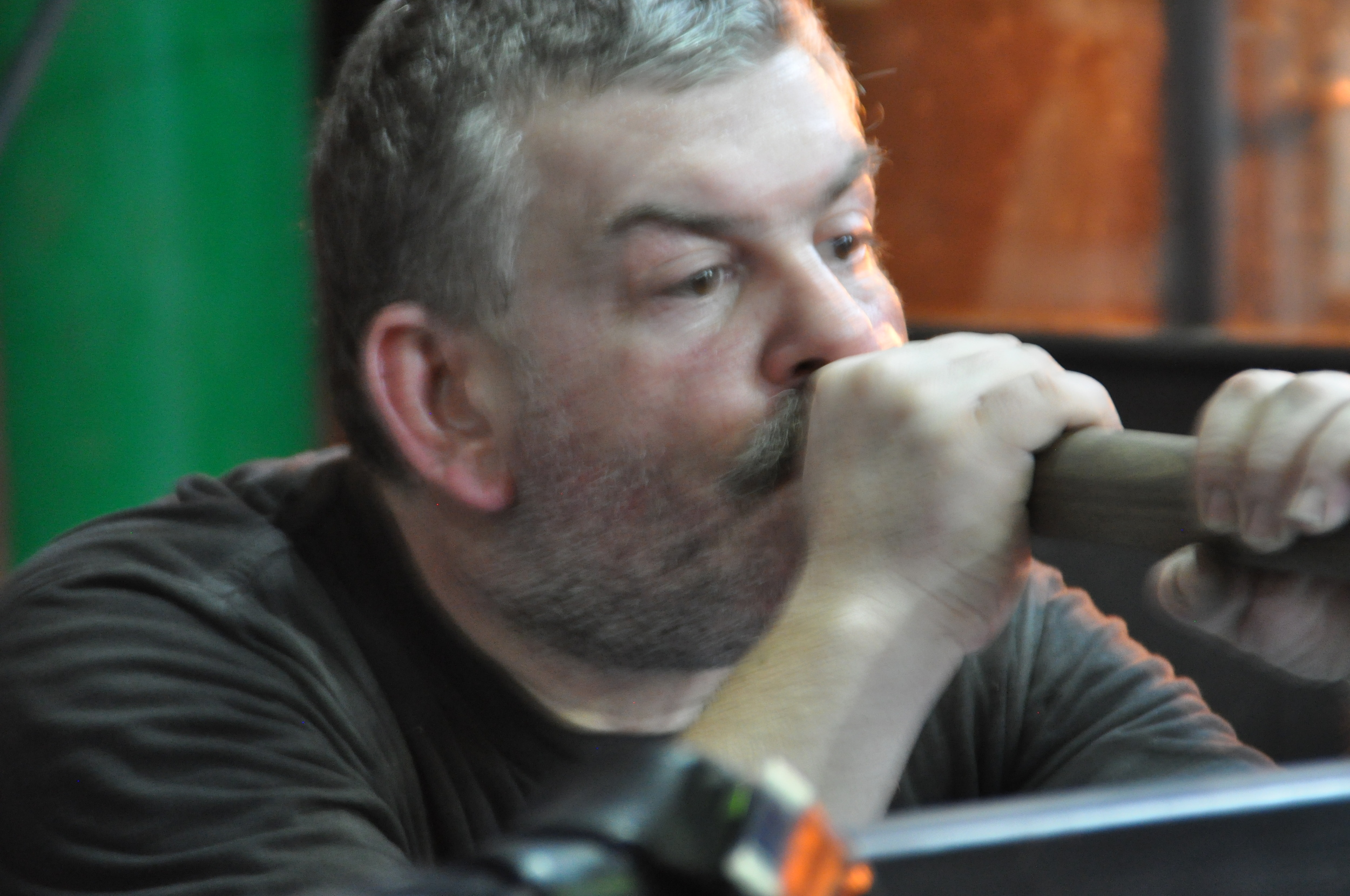
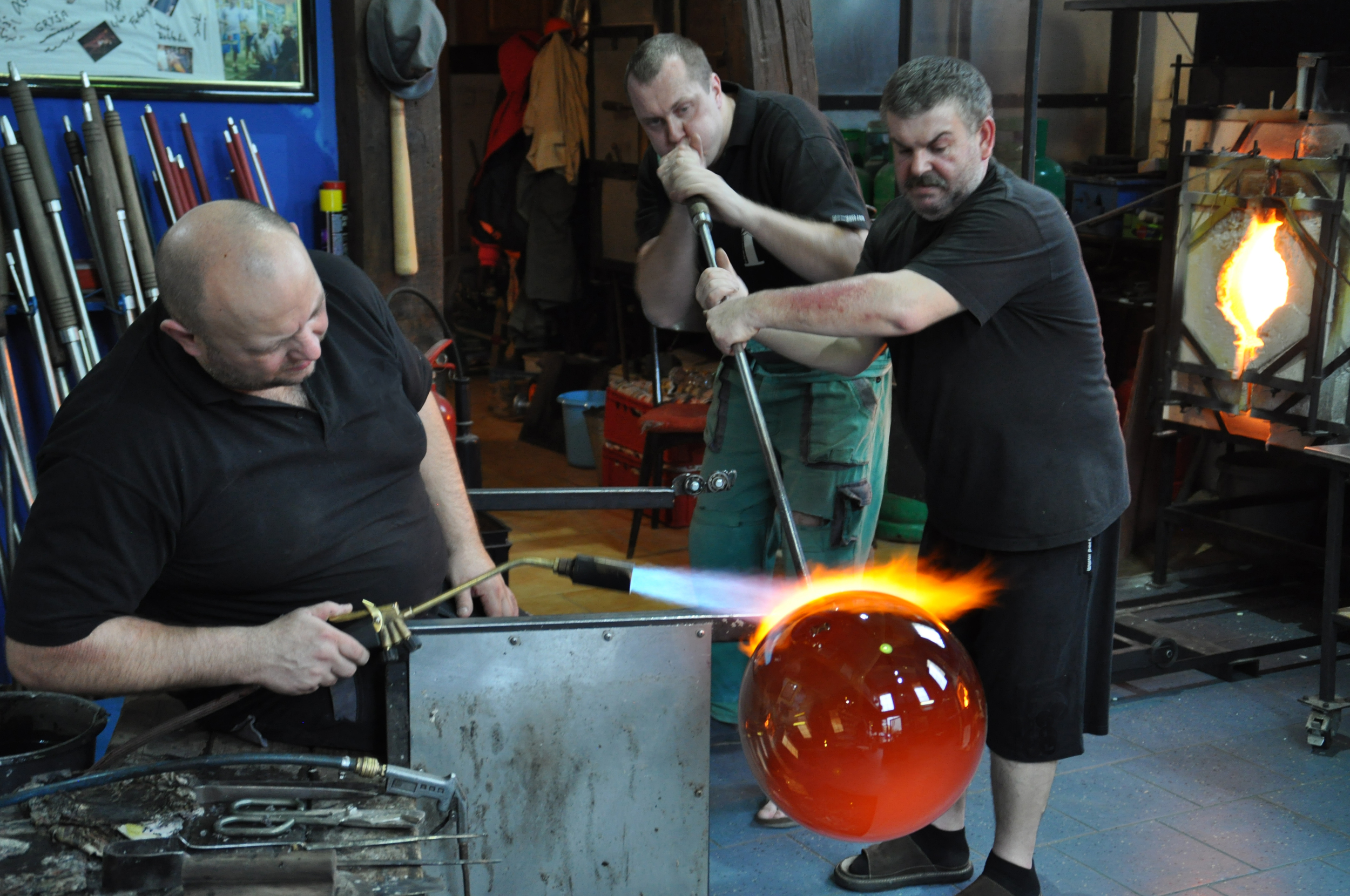

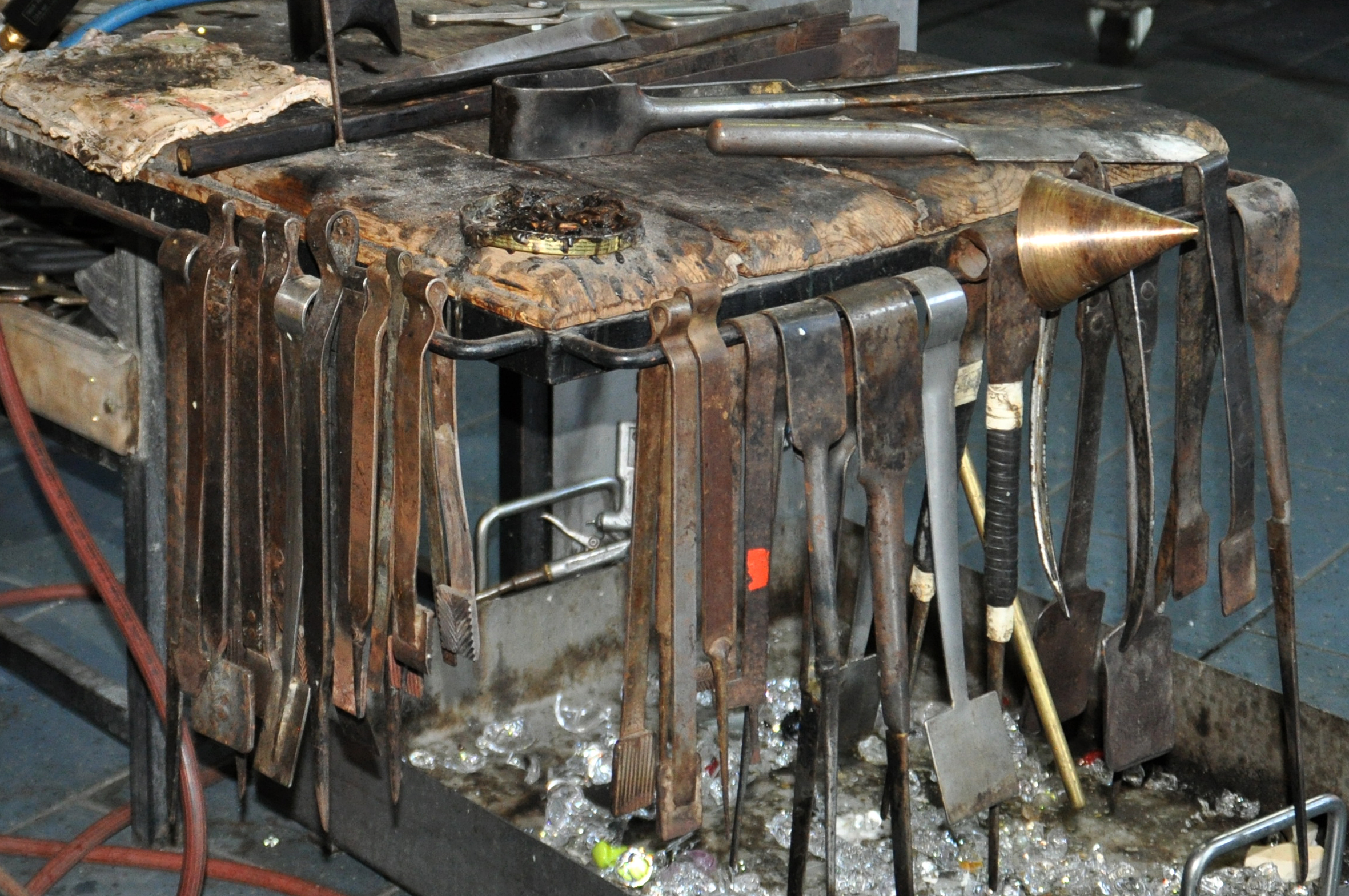
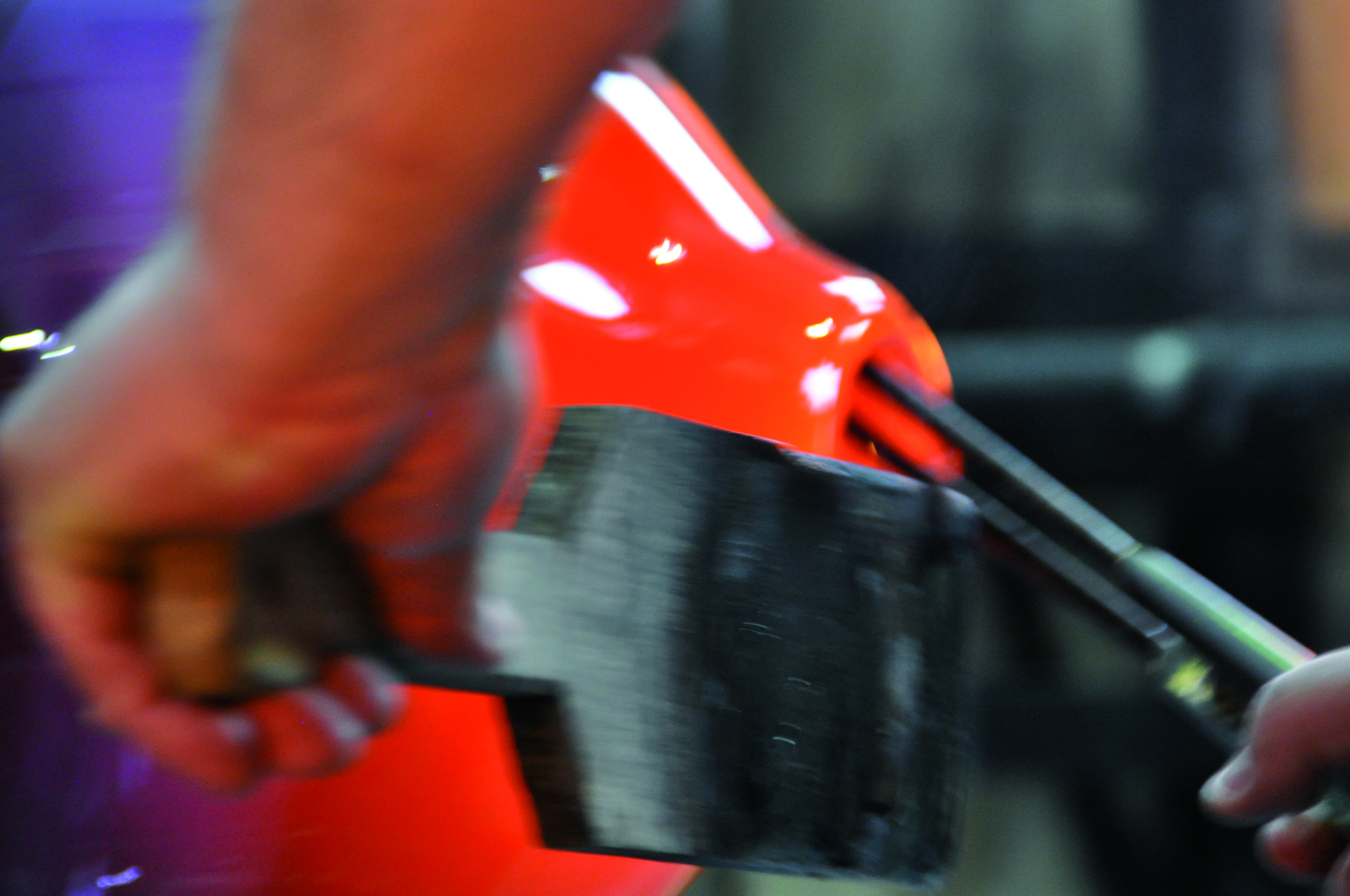

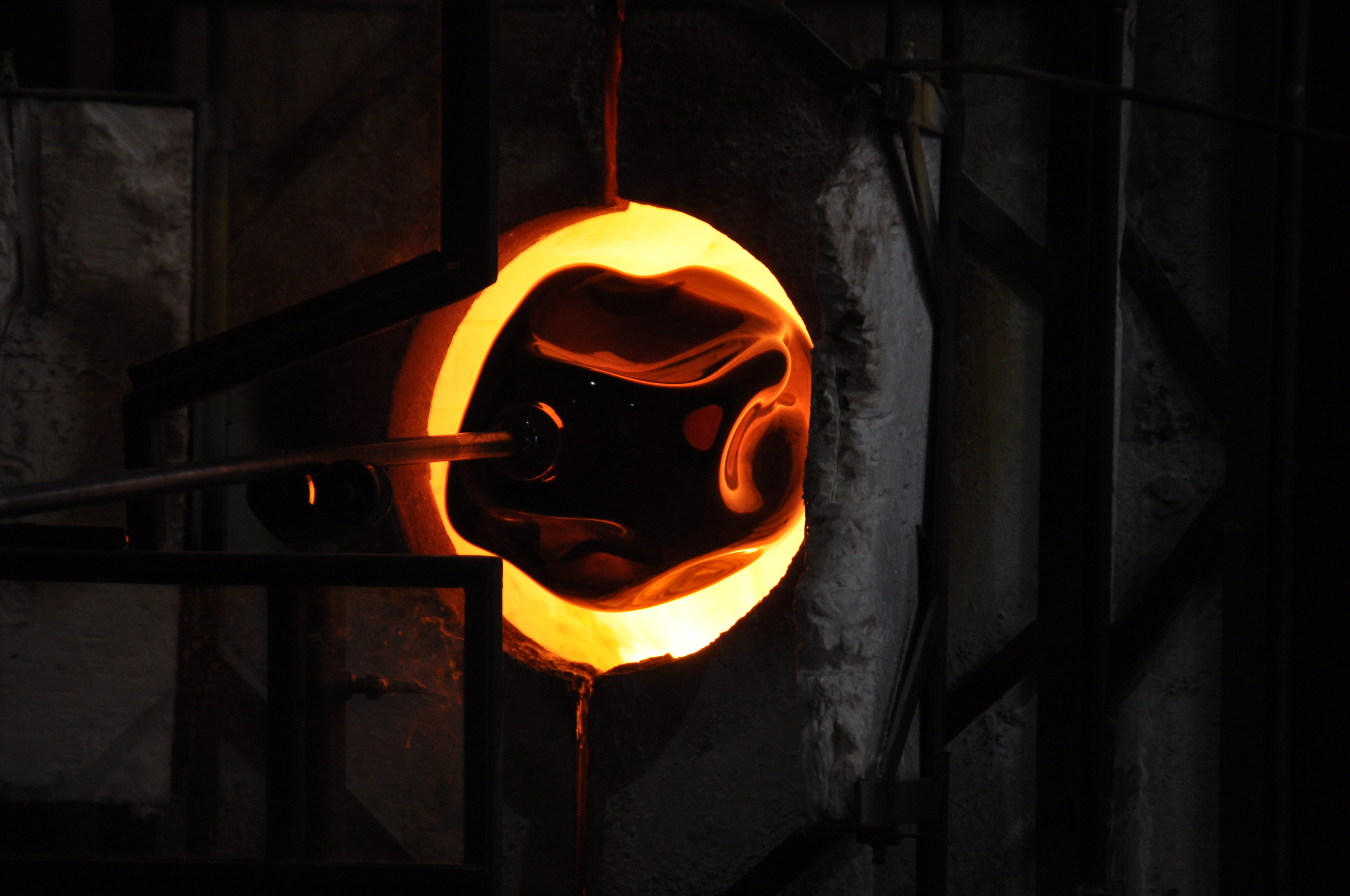
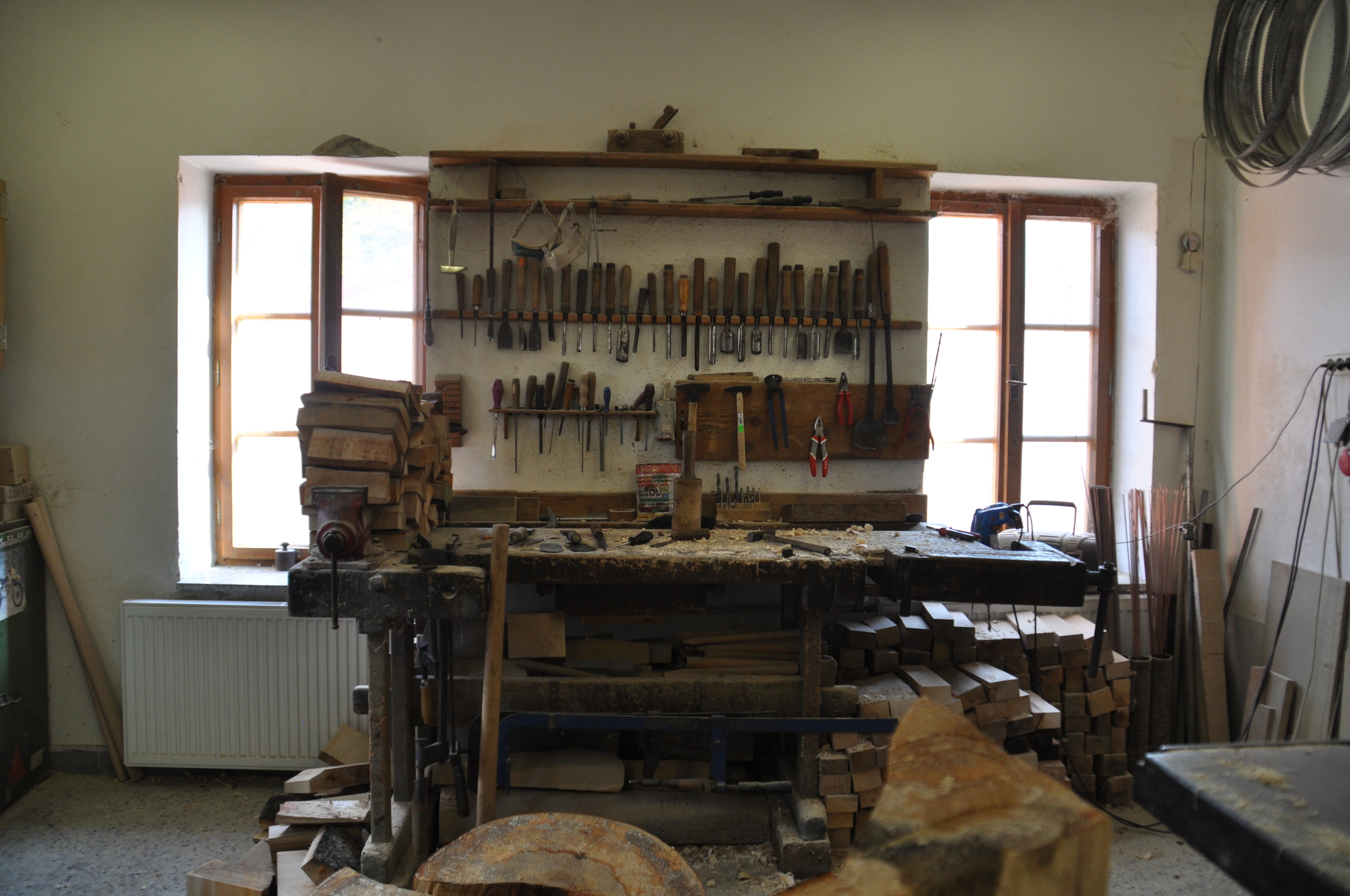
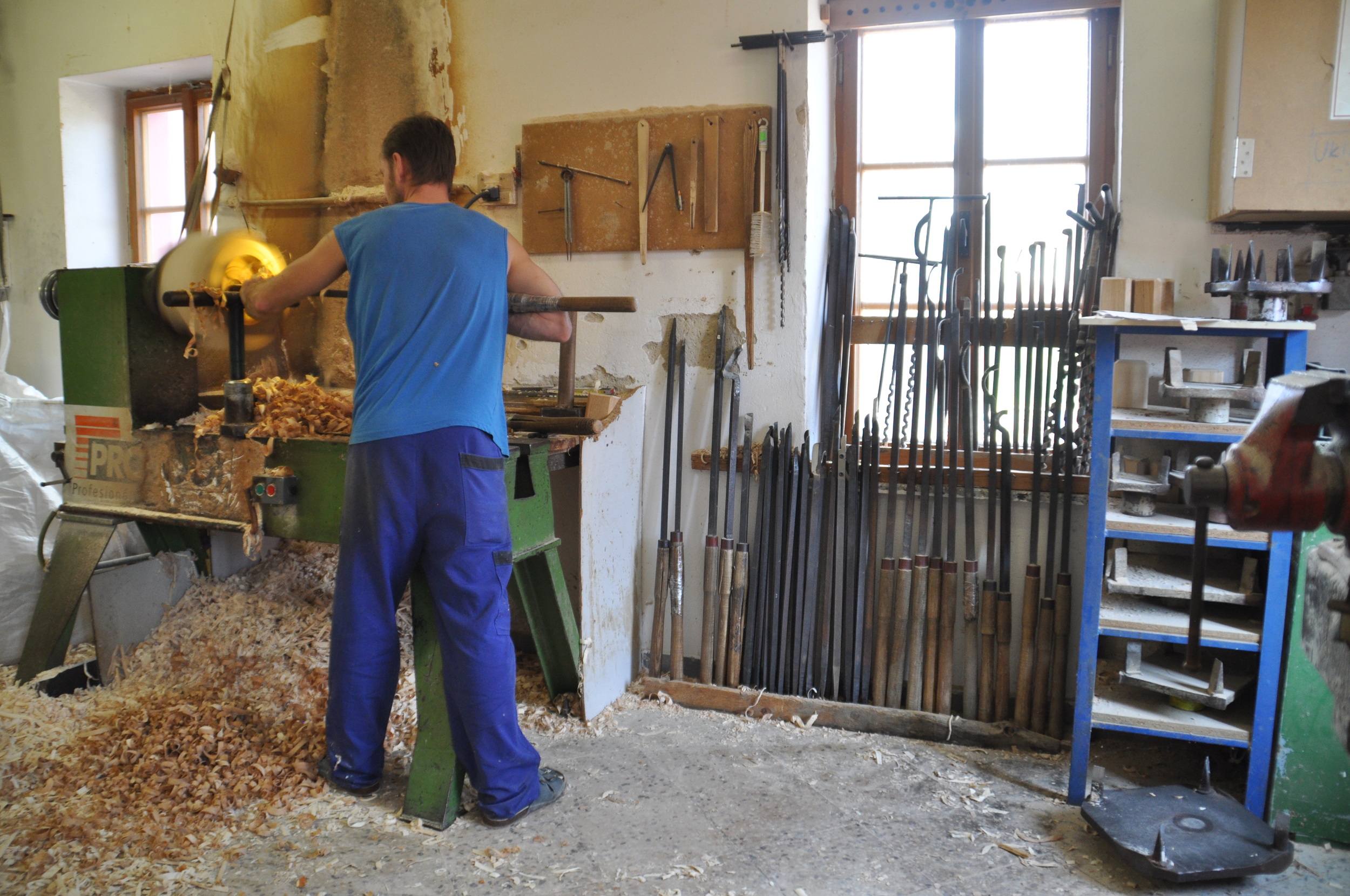

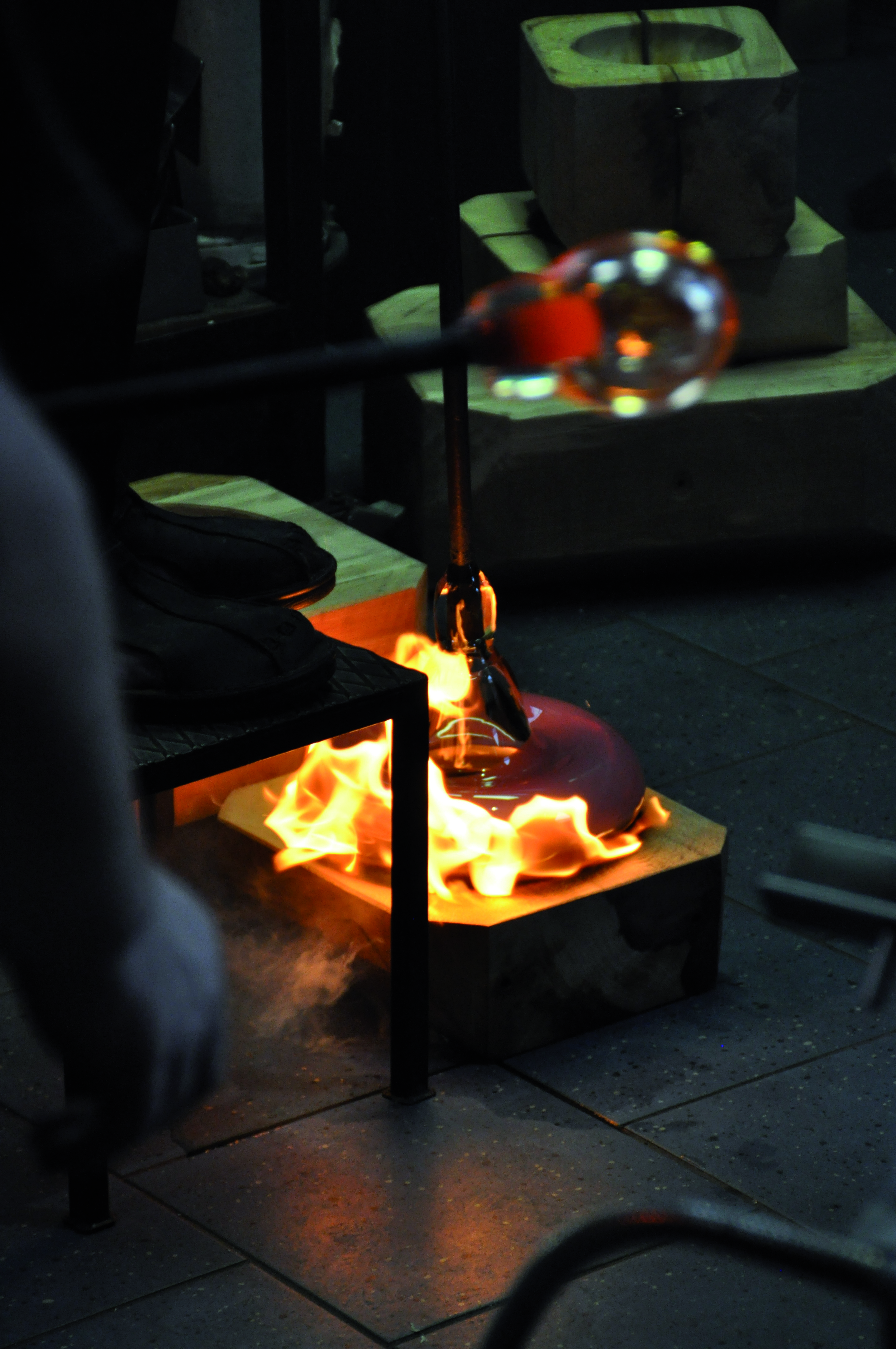


Social value co-creation
Alexa sees her work as an open process, a collaborative action that allows for coincidence and surprises, incidents and accidents. “My projects become an interaction with the surroundings, finding potential in what is given, working hands-on with artisans. My work is essentially about bringing together what is already there, but which remained disconnected. A great number of designers start from scratch, and then define a product in every detail detached form circumstances. If you take that as a norm, I’m less a product designer than a process designer, a facilitator, someone who makes things possible.” Alexa works with artisans and rural communities with the goal of designing and producing products that create value beyond the immediate region of the producer. Alexa believes that the shared and expanded knowledge developed through time spend together, combined with a broader world view and distribution opportunities, leads to projects and products that help sustain craft producers and villages beyond their current capabilities. So far Alexa has been collaborating with artisans in Sri Lanka, Japan, Czech Republic, Vietnam, Nepal and China and has undertaken research trips to Peru and Morocco. If you are interested in a collaboration, please contact Alexa.
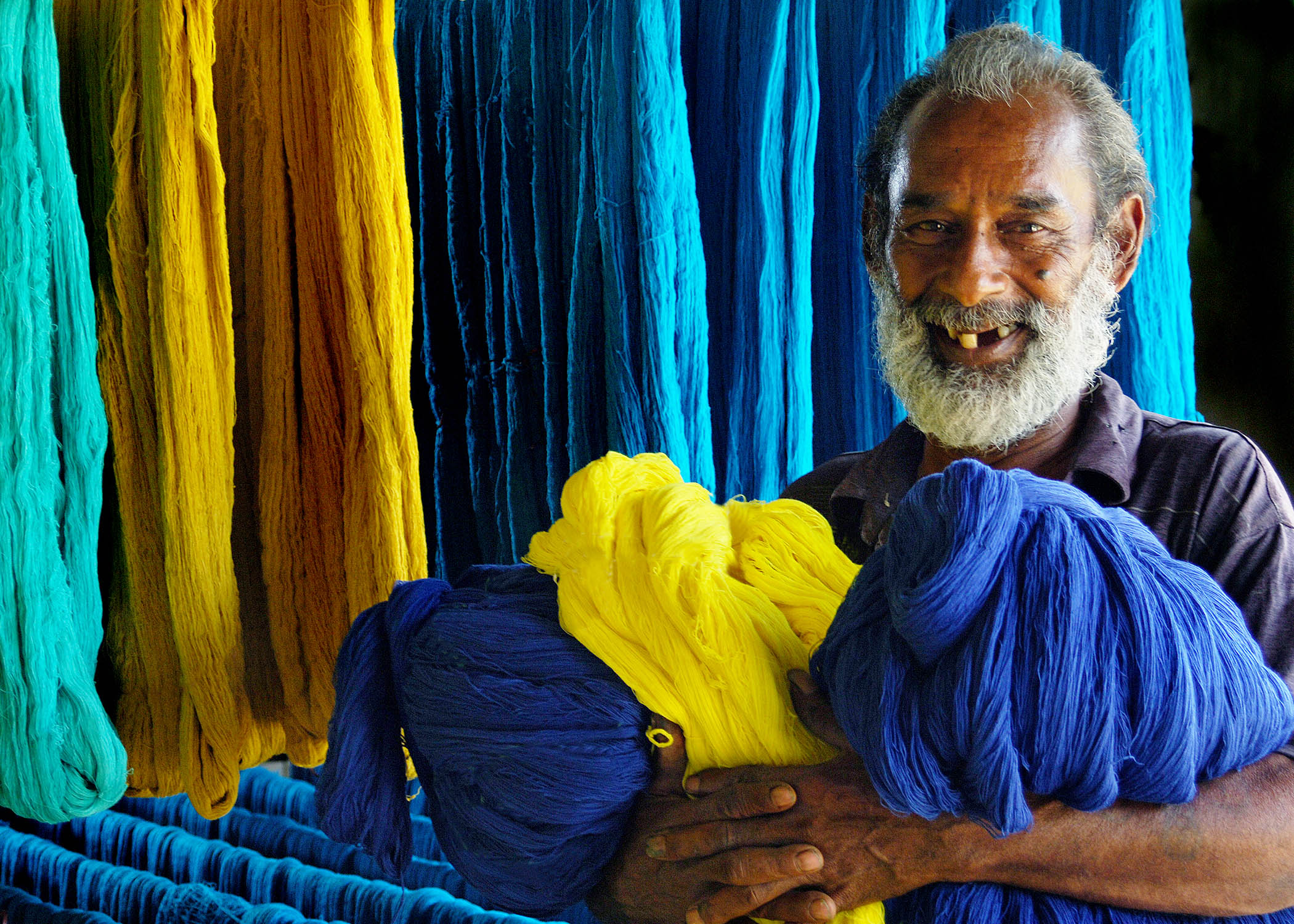
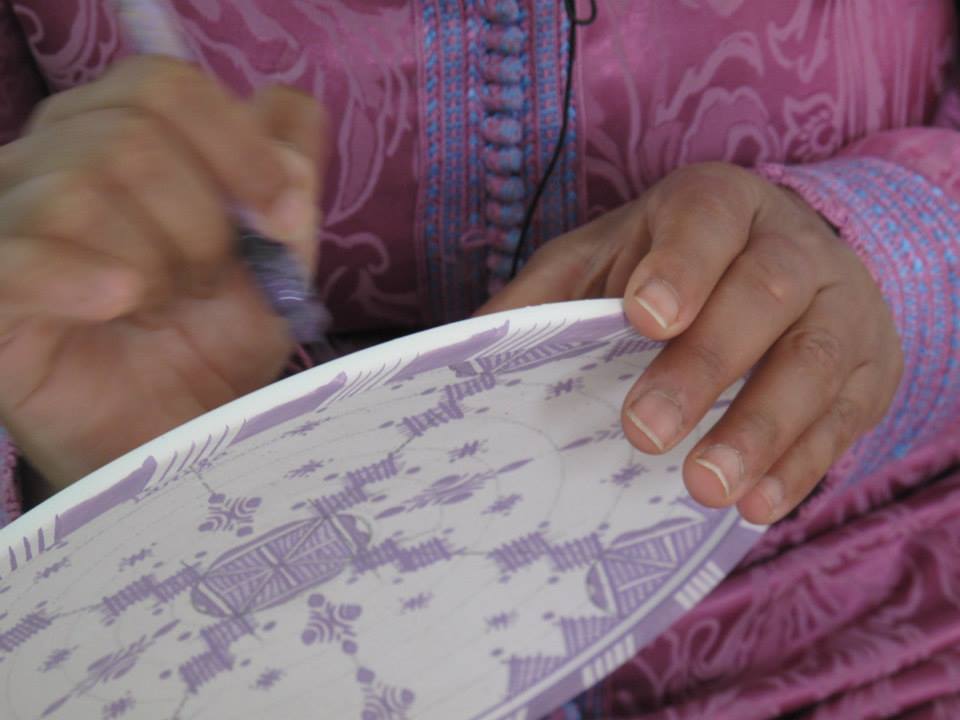
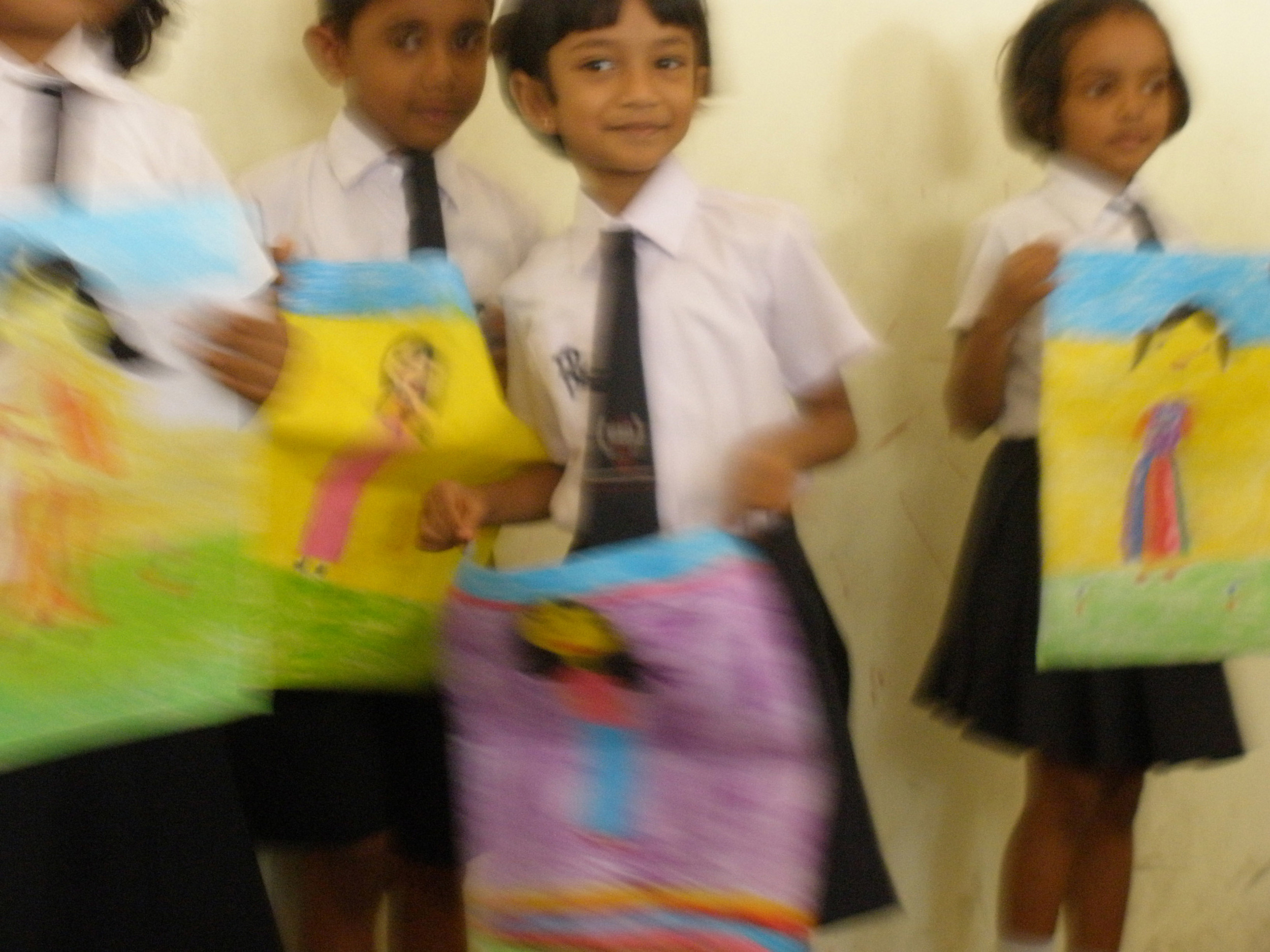
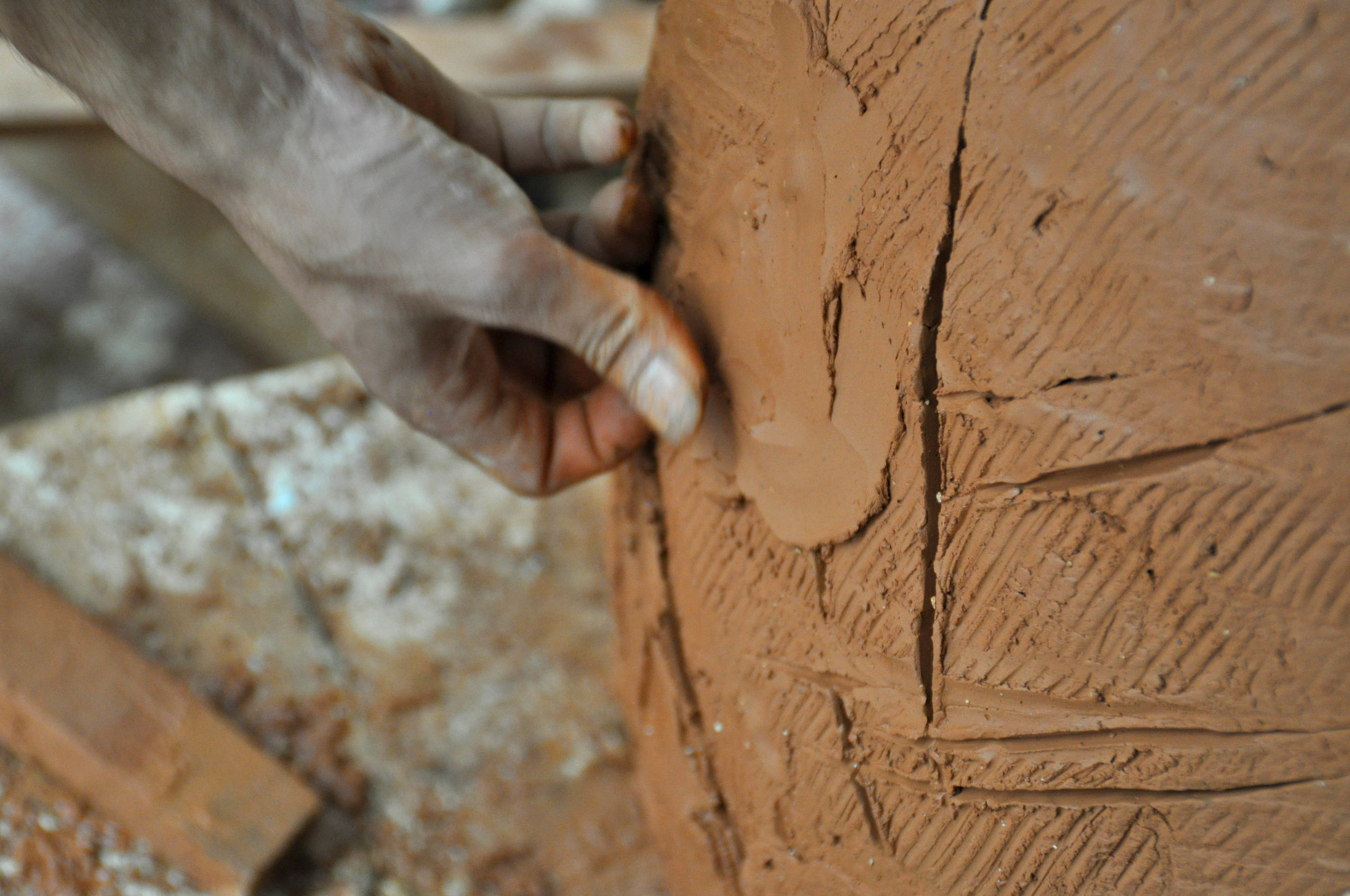
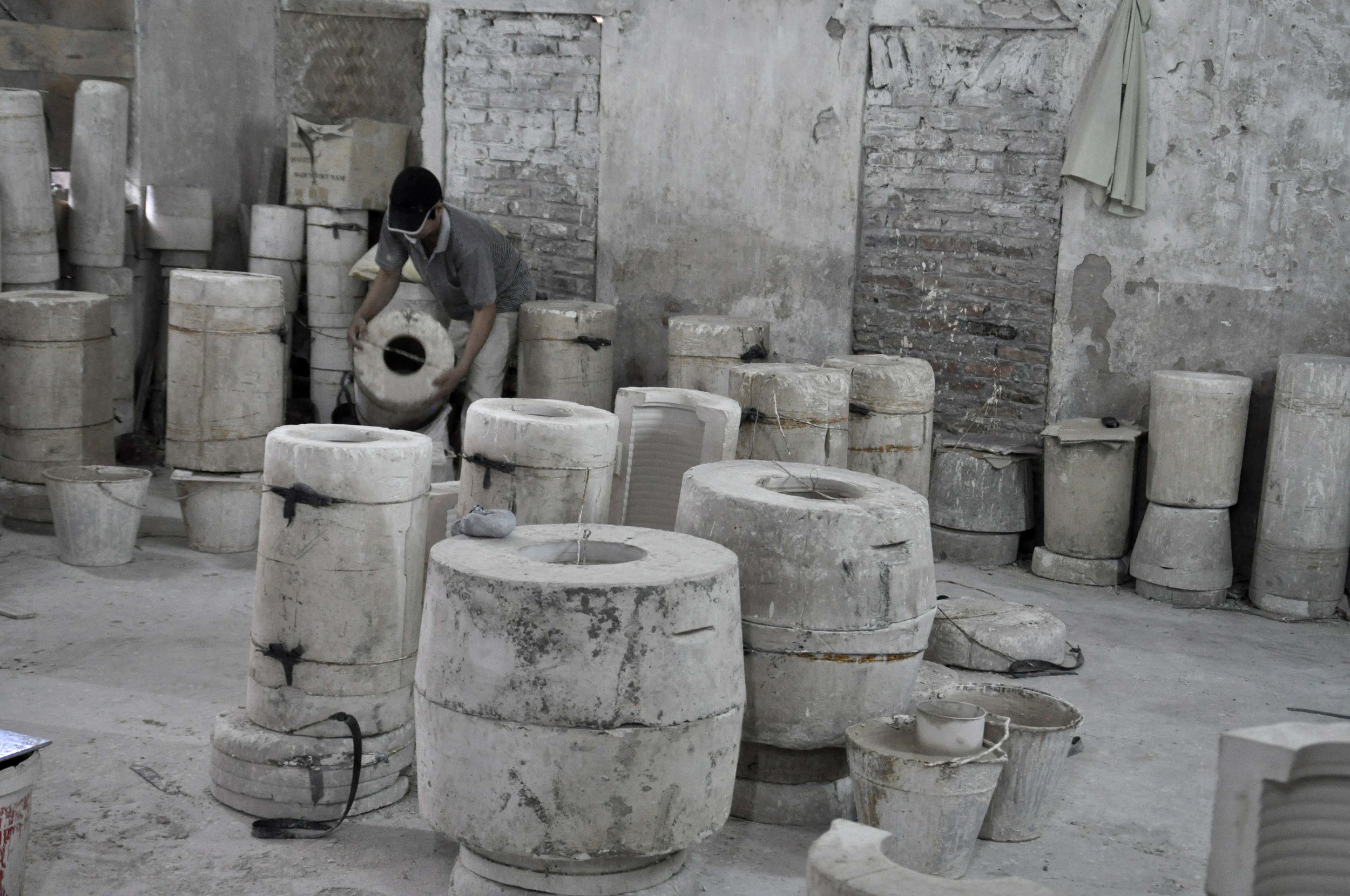
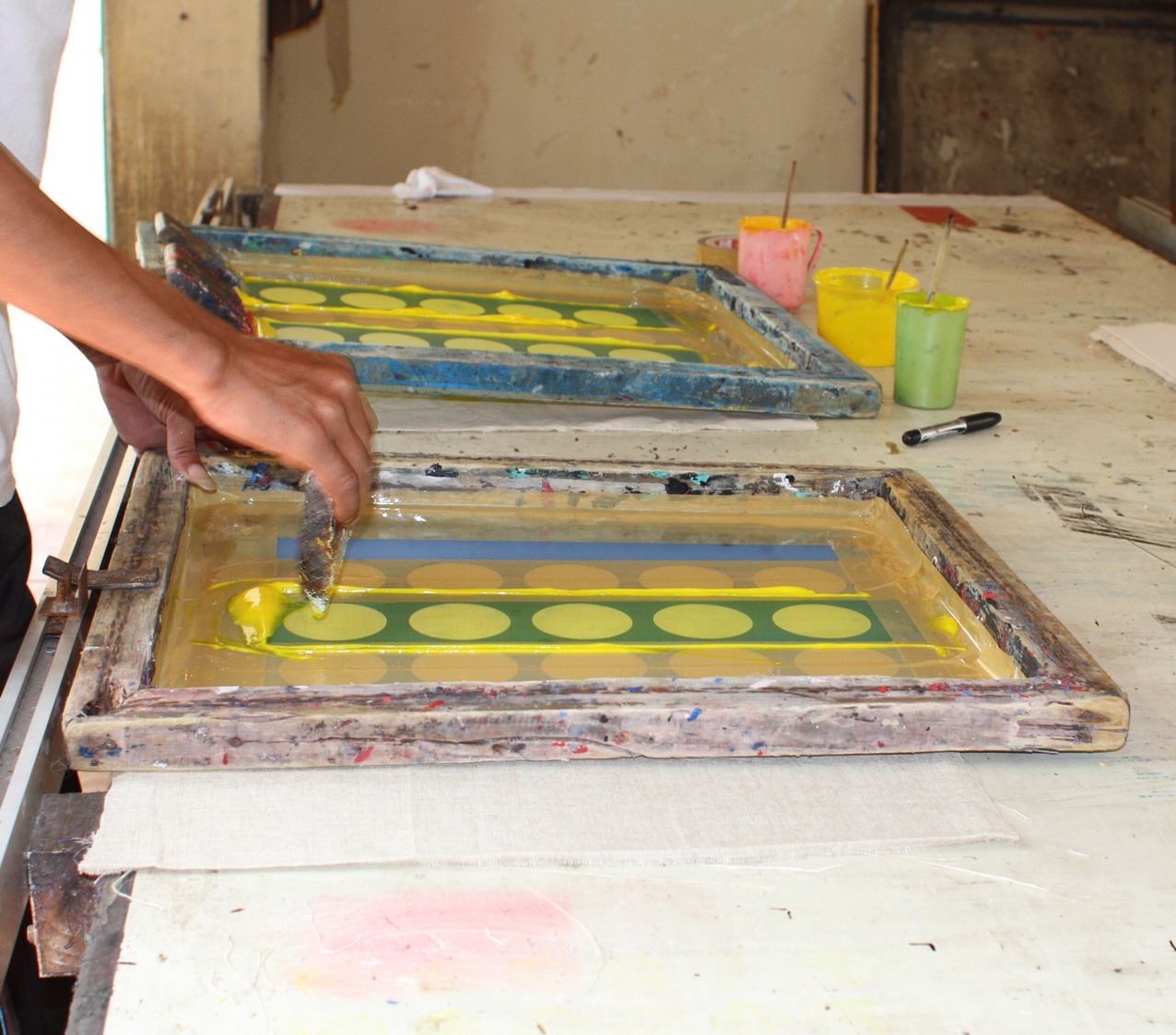
Concrete Seminar
„Academic teaching without research is blind, research without teaching is mute.“ said Rudolf Haas in „The Future of the University“. It is quite clear that there are different ways for research to gain attention, but one of the most elementary ways is to bring scientific knowledge into academic education: the advancement of the junior scientific staff which will continue research work based on scientific methods. Inspired by the current research work of the Institute of Structural Design within the DFG-priority program 1542, „Light concrete construction“ aroused the consideration of how to awake the students interest in to the topic of UHPCs (Ultra-high-performance-concrete) with their various number of possible applications. The seminar project called „Furniture Design and Construction consisting of high-performance concrete“ was implemented in collaboration with the iBmB (Institute for Building Materials, Concrete Construction and Fire Protection) of the University of Braunschweig and in cooperation with designer Alexa Lixfeld from Hamburg.
The students participating in this seminar are normally used to designing buildings, but designing furniture has similar aspirations to design, functional construction and suitability of materials. One of the obvious advantages of designing furniture, instead of buildings, is the possibility of realizing them in original size. The project had two major aims. On the one hand, it ought be used to facilitate knowledge, on the other hand, it should work as an interdisciplinary melting pot between the dissociated disciplines of architects and civil engineers by working together and contributing the different kinds of knowhow. Hence, the cooperative designing process was expected to really bring these two groups together.
When the seminar was first introduced at the TU Braunschweig in the summer semester of 2012, the students‘ enthusiastic response was quite surprising and exceeded all expectations of its initiators. Hence, the planned course size of 16 participants had to be more than doubled to a number of 35. Despite the already existing synergies of knowhow and experience between architecture and civil engineering students, the development of furniture made of high-performance concrete required a high level of previous knowledge which had to be acquired beforehand. Apart from analogous work methods, digital workflow with a focus on design, construction and suitability to material production was also part of the course. Numerous topics were covered in workshops which were supported by guest lecturers. The different topics included design, practice of the planning tool Rhinoceros 3D, material technology of high-performance concrete, digital and analogous formwork construction, and concrete casting. Furthermore, the whole course went on a field trip to the Institute of Concrete Construction of the Technical University of Dresden to get an introduction on the subject of carbon fiber reinforcement. In Dresden the students also had the chance to talk to some experts of a concrete design company named „Paulsberg“, who were willing to share their experiences with furniture construction.
Simultaneous to the workshops, the participating students were to develop an individual furniture design implementing the newly learned elements. The designs were presented to the tutors during individual „feedback appointments“ to improve their quality. In a subsequent phase of group work, the finished single designs were used as a basis to develop new design in cooperation. In the group phase as well as in the individual phase, analogous and digital design and execution drawings had to be made. These included details, formwork concepts and reinforcement concepts. Part of the final work also was the production of a real-size sample. All those attending the seminar went through a phase of intense, committed work whose results were representative, and are presented in a detailed, printed documentation / book .
The seminar still remains a remarkable and interesting experience for all participating students, tutors, and guest lecturers. We would like to thank all persons involved for their good cooperation and support.
Text: Dipl.-Ing. Jeldrik Mainka
TU Braunschweig / Institut für Tragwerksentwurf
Univ.- Prof. Dr.-Ing. Harald Kloft
Dipl.-Ing. Jeldrik Mainka
Dipl.-Ing. Lukas Ledderose M.A.
Dipl.-Des. Alexa Lixfeld















Impressions from Morocco
Each year I try to do a research trip. Here some impressions from a trip discovering Moroccos rich crafts traditions. Photos by Annie Watermann and Alexa Lixfeld.






















Impressions from northern Thailand
Happy to be involved in a project that works with ethnic minority groups, specially the Lahu tribe, as years ago i did spend about 3 weeks in a Lahu village in northern Thailand. To review the photos i had to search the attic ... now i uploaded a few to share with you.
Impressions from northern Thailand -Huai Naam Rin, a small and beautiful Lahu tribe village located in the Chiang Rai province, 80 km from Chiang Mai
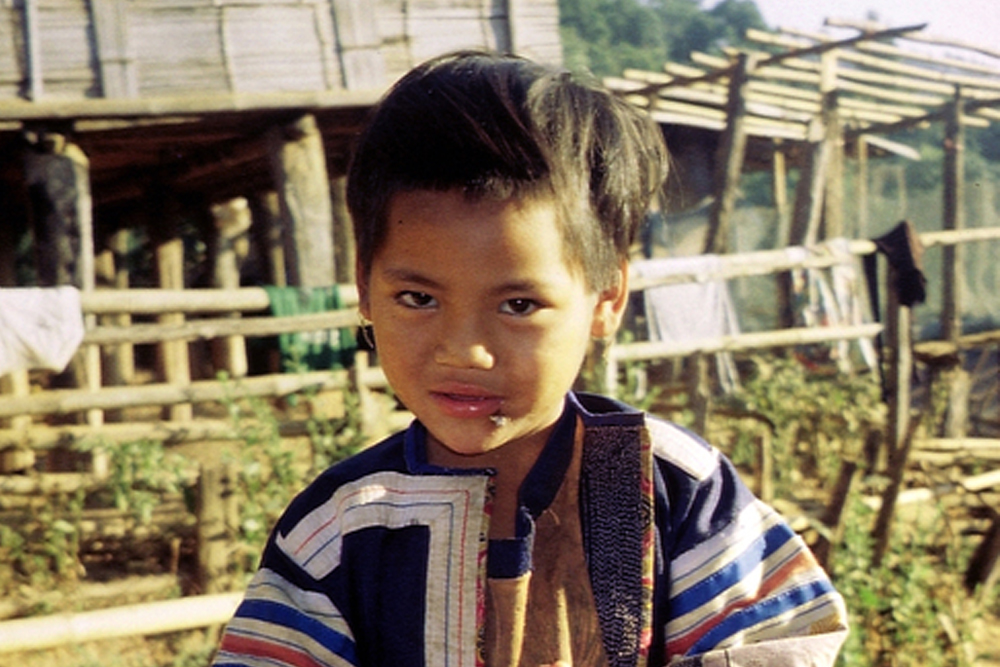
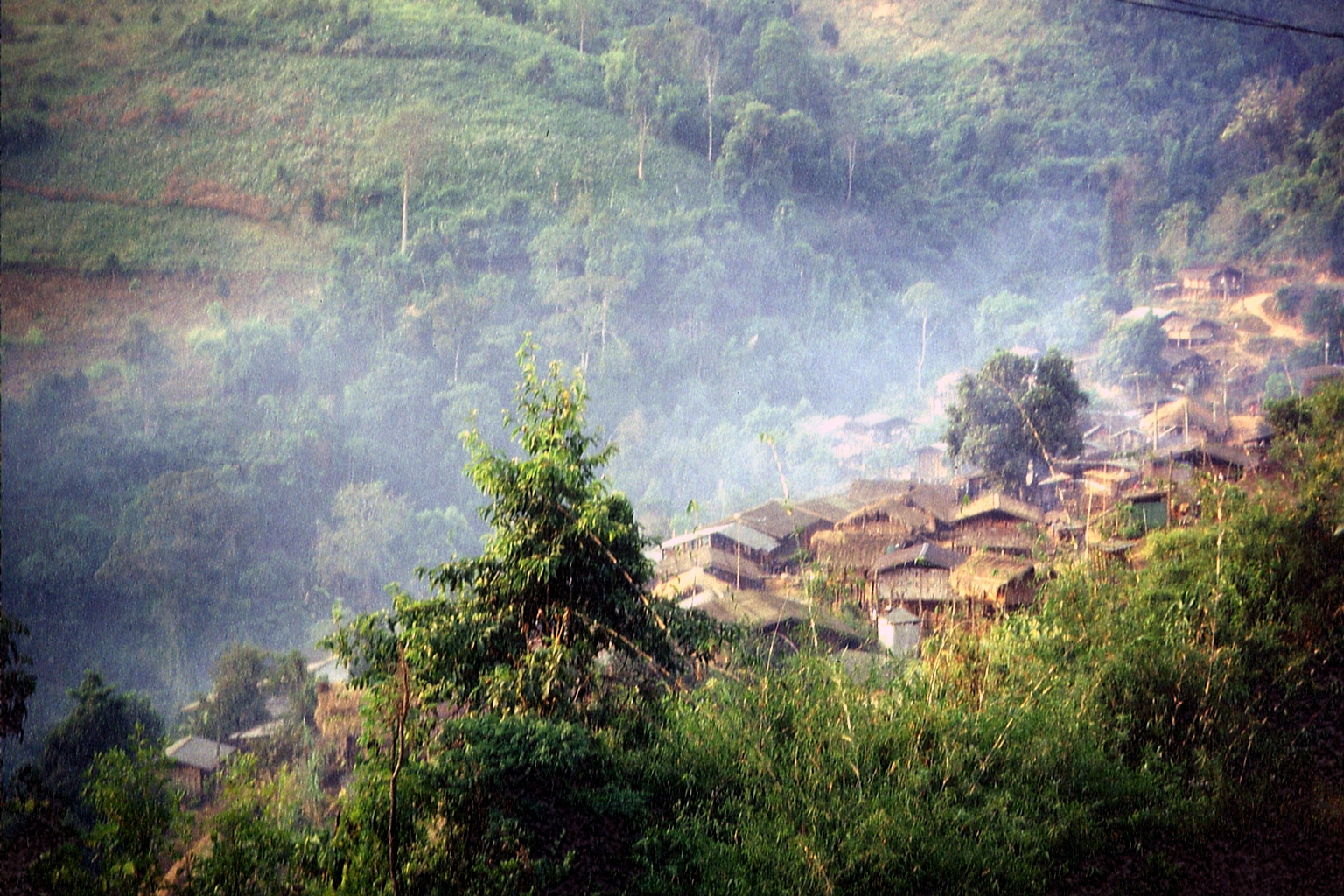
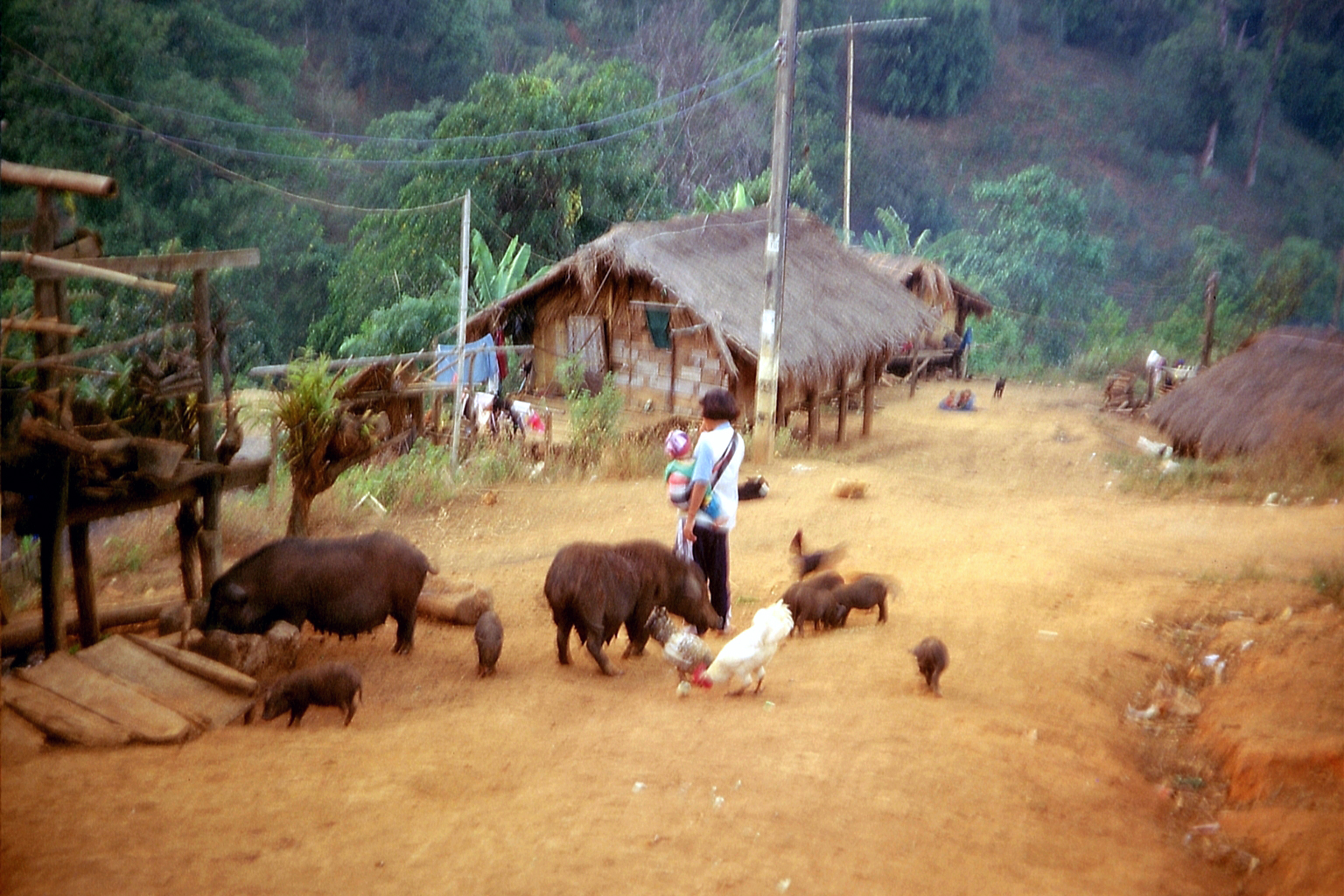
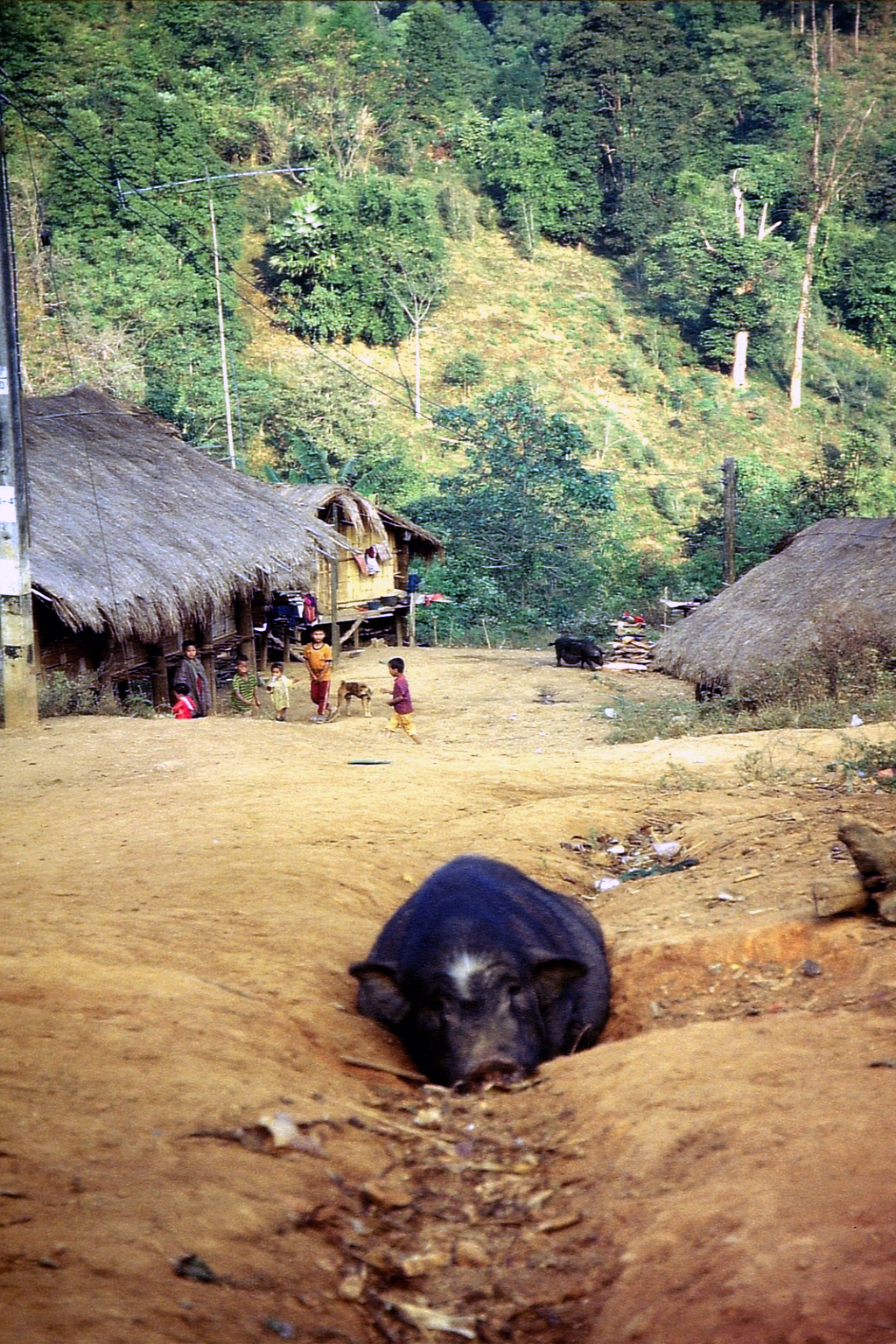
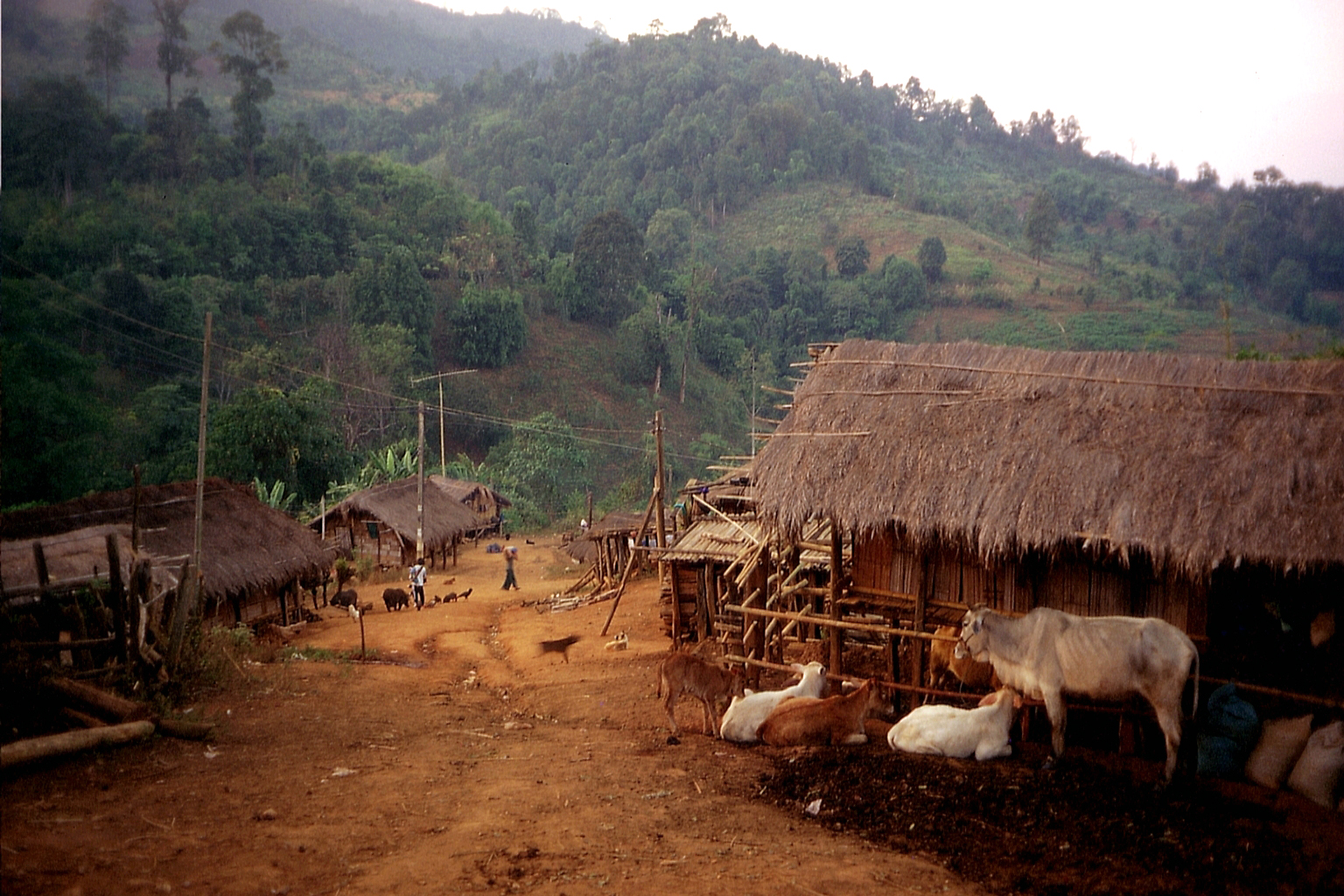
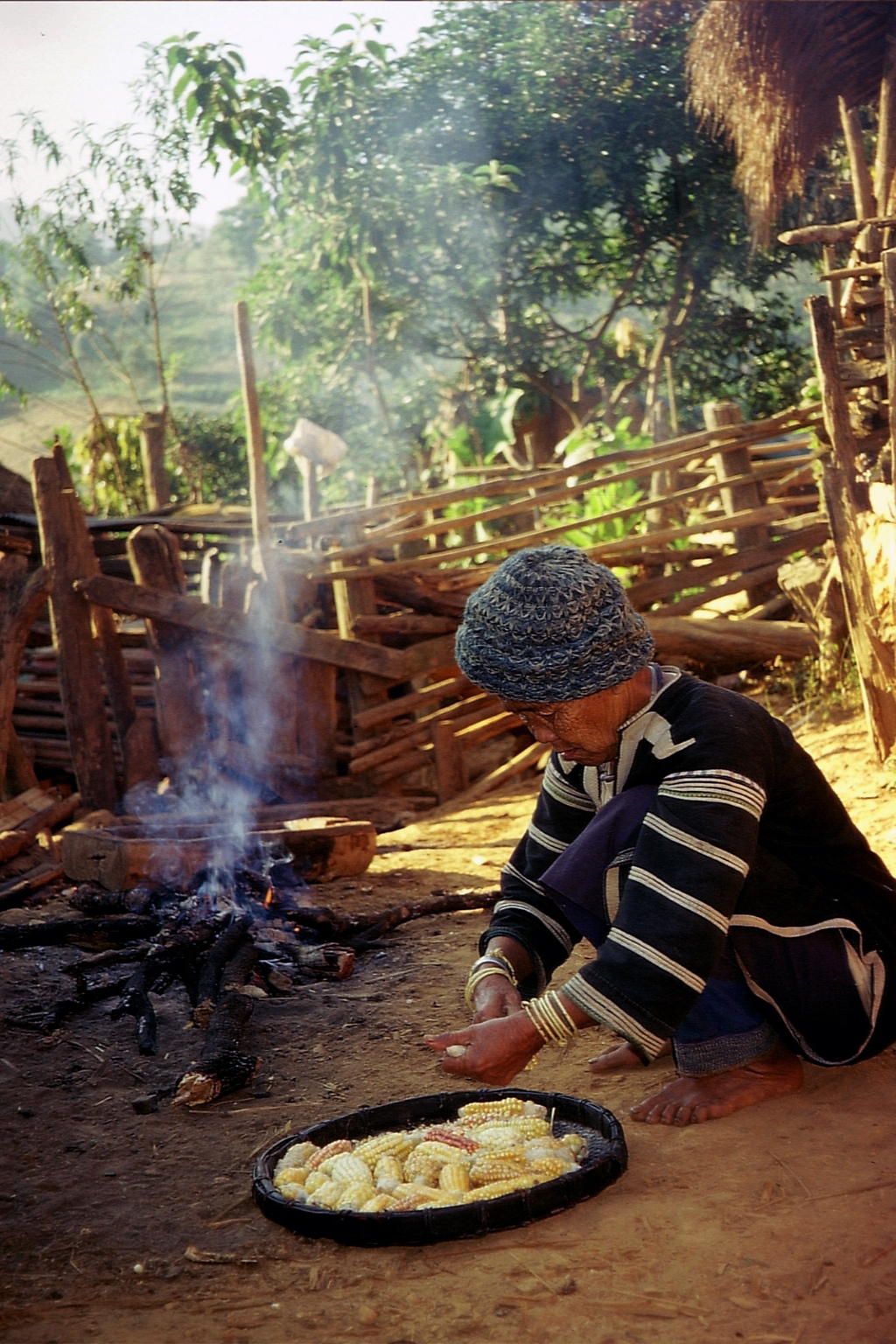
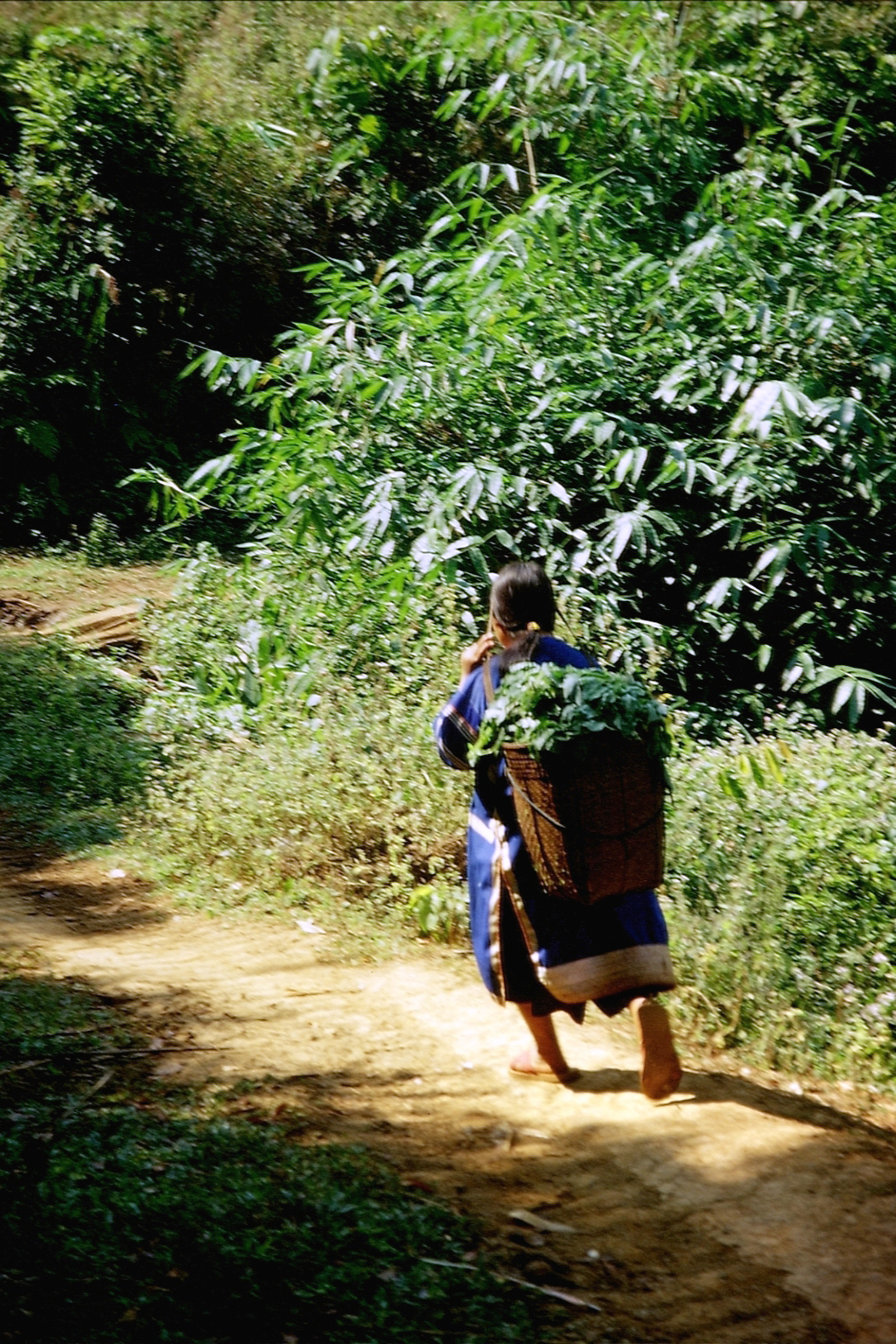
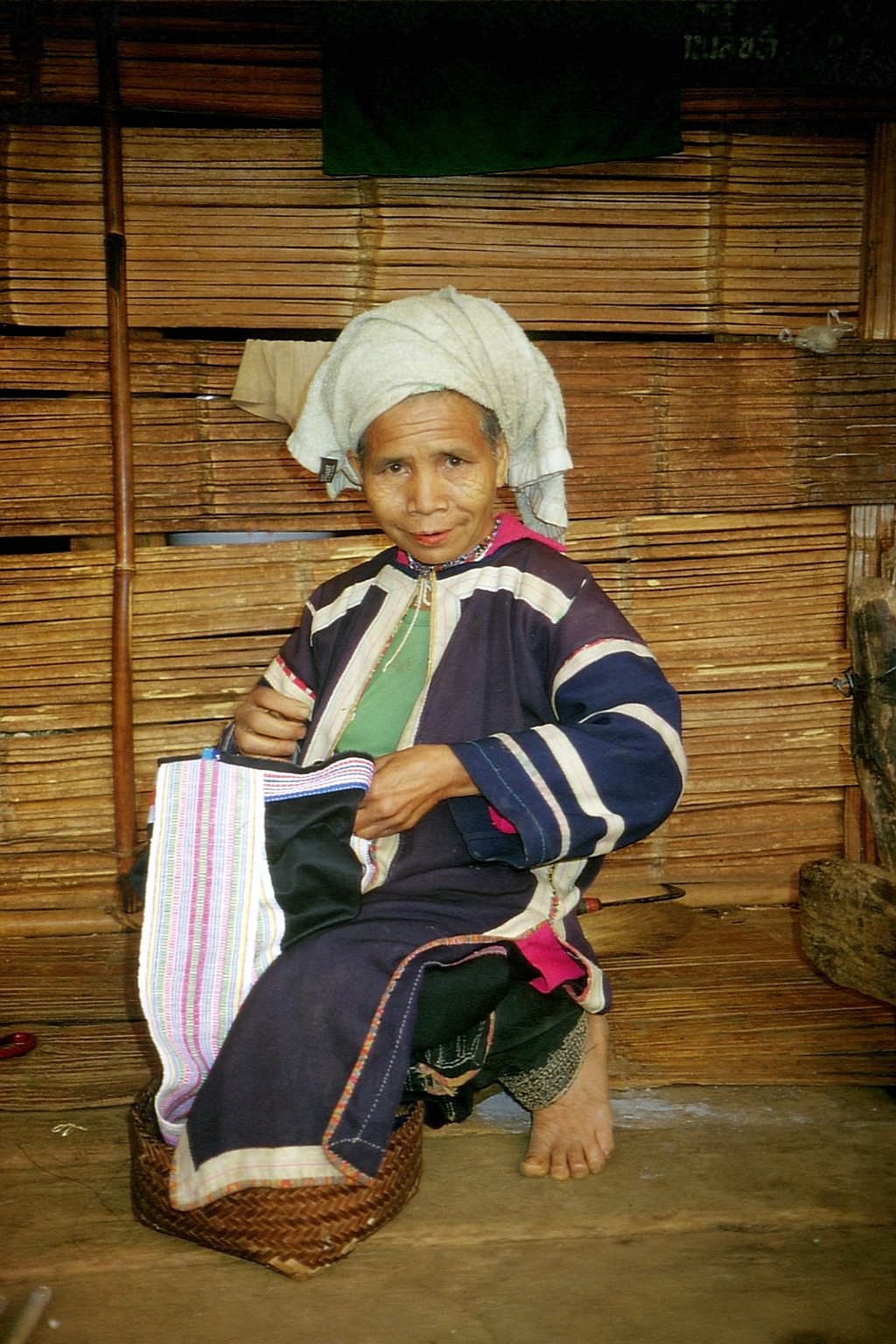
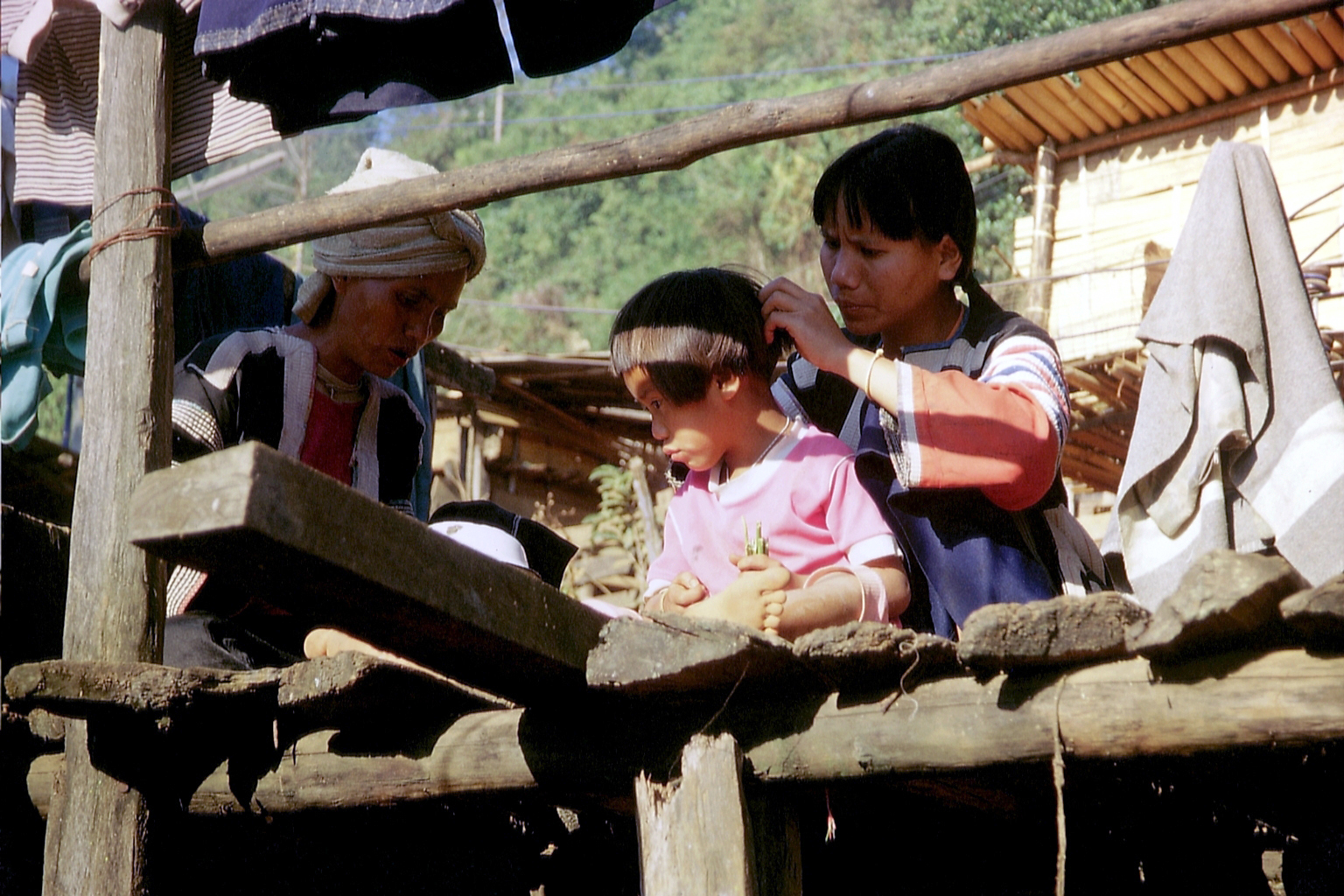
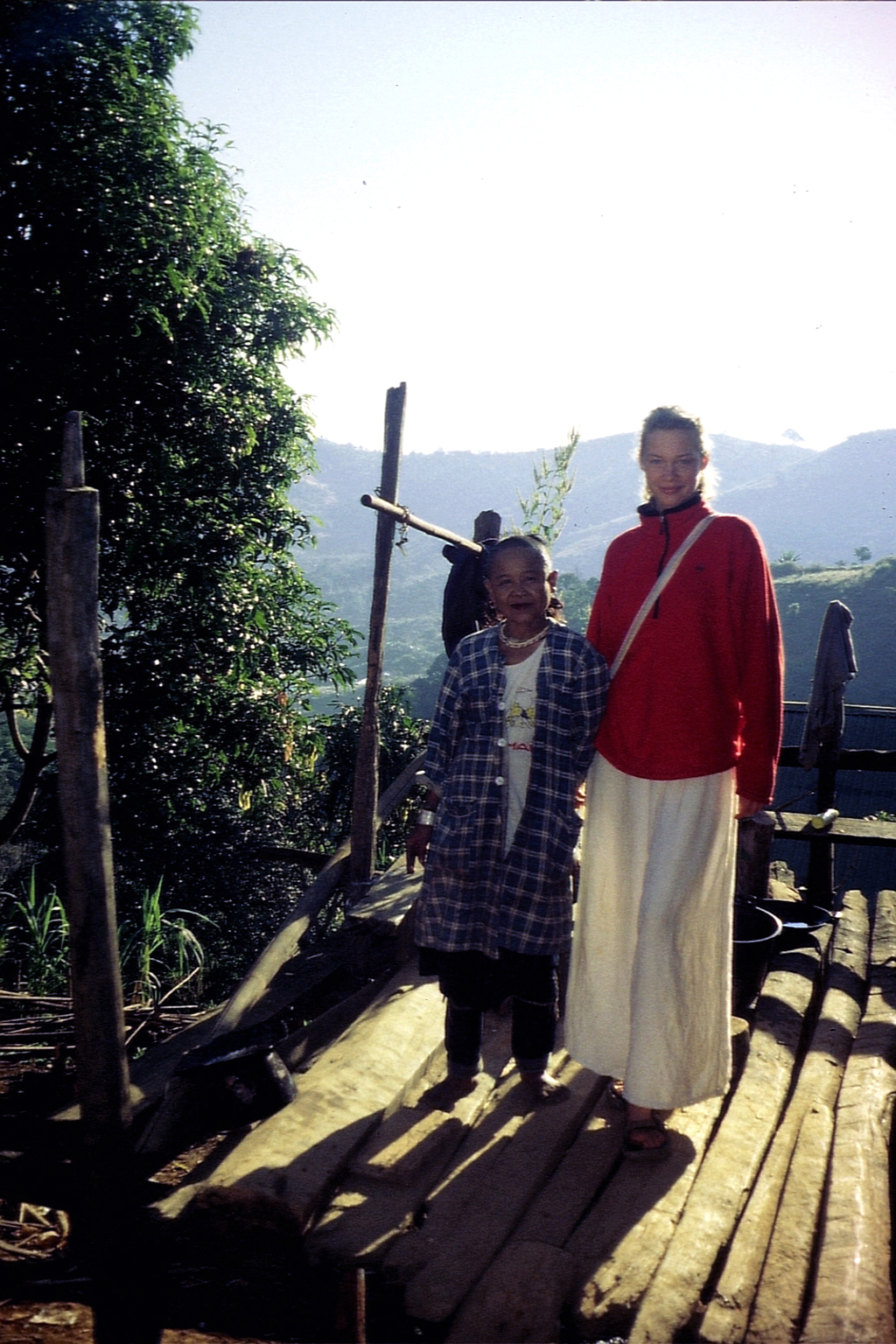

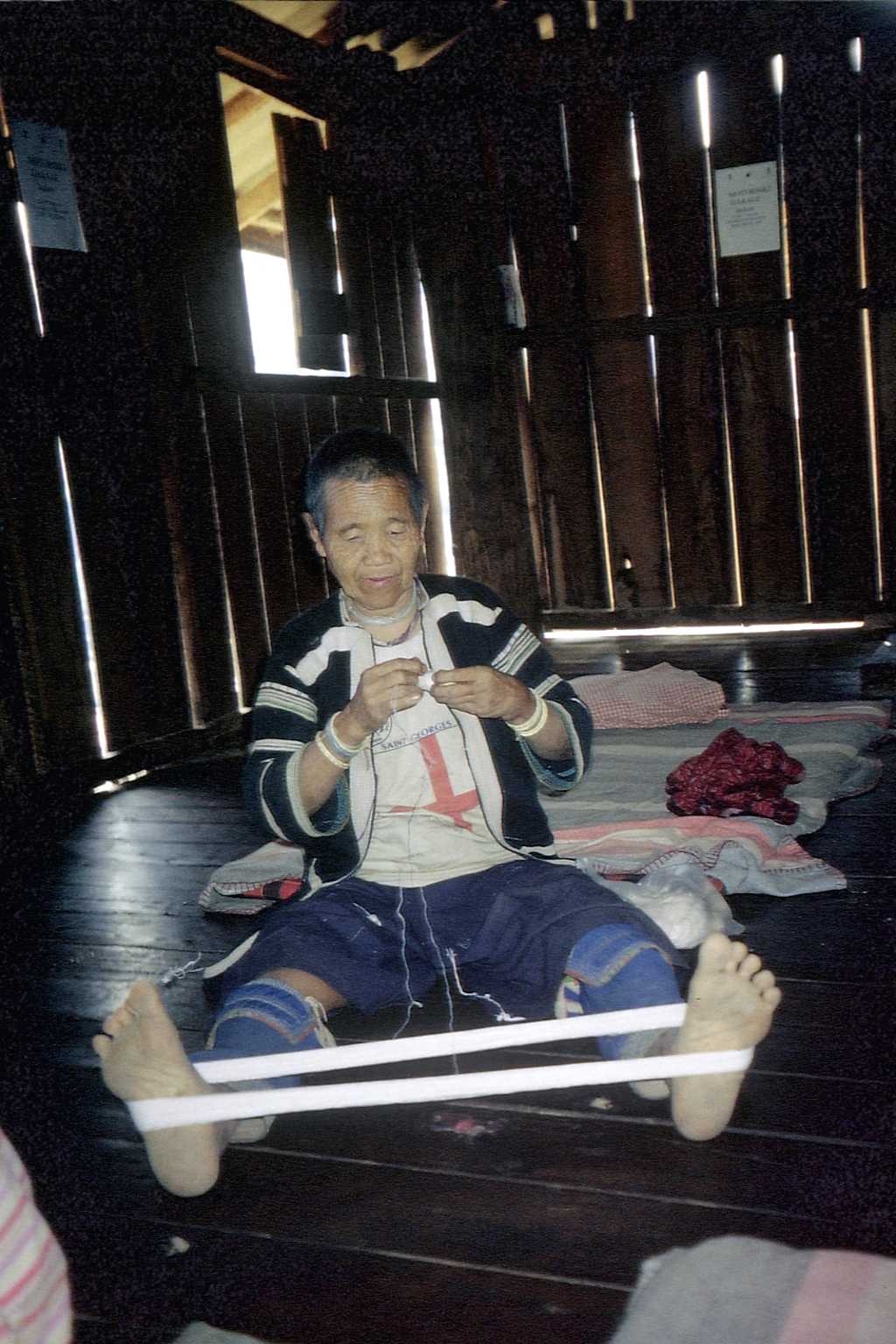
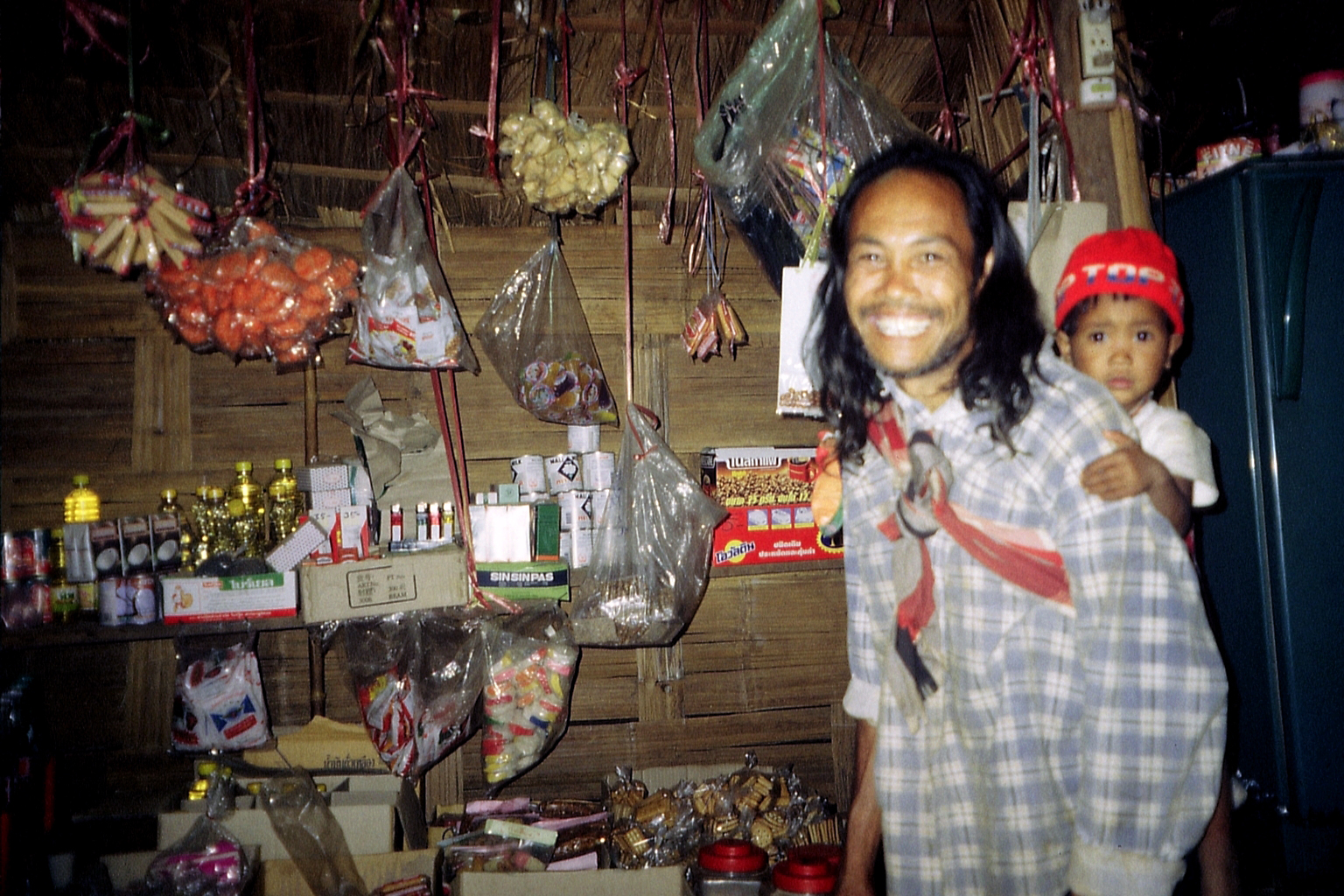
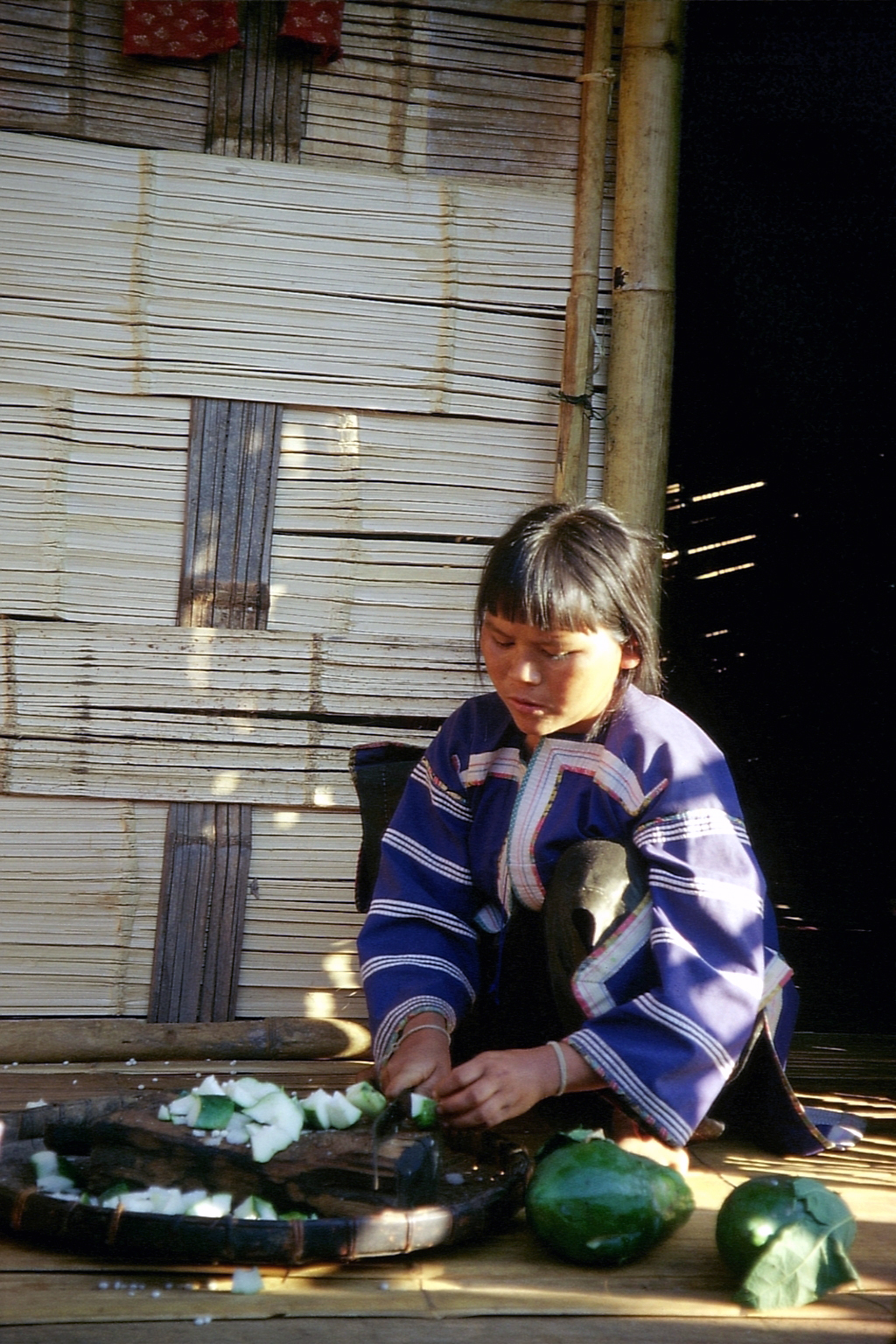
LGW-HAM
LGW-HAM is an event to launch the findings of research into parallel conditions identified in East London and Hamburg Hafencity by staff and students at Canterbury School of Architecture, UCA, in collaboration with Alexa Lixfeld.
The event did launch a newspaper presenting the approach, screened images from the projects, and invited discussion. Thanks for hosting the event to LUV INTERIOR HAMBURG!
The major infrastructural changes enabled by the Olympics in East London have created a vast new city park with the Olympic Stadia as city landmarks, a huge shopping district, Westfield, and addressed sensitive environmental issues of flooding, land contamination and sewage disposal. At the same time, and as a result, house prices have escalated rapidly and the communities living around the park feel threatened by gentrification.
In Hamburg Hafencity and the Elbphilharmonie similarly address the question of creating a landmark in ex-industrial terrain and using redevelopment as a catalyst and funding source for necessary wasteland redevelopment.
As in London environmental ambitions give a positive philosophical air to Hamburgs development wishes. And communities in St Pauli feel the forces of gentrification gaining the upper hand.
People, especially local people, tend to get lost in these 'galactic' improvement strategies. Our first London project looked at very specific local conditions around the Olympic Park in London and at the ways that individuals might promote these conditions as a set of fifty interventions that could establish their significance. The second London project looked at the, extreme, measure of reducing housing area standards by 50% in order to make housing affordable to ordinary, more ordinary, Londoners. The final Hamburg project examines the Hafentor 7 location, between Hafencity and StPauli, as a potential site upon which local interests could be given prominence, local people could be engaged with macro strategies and find an authoritative voice or macro strategies could be re-framed to invite local engagement. Stickers representing the initial project concepts were distributed and photographed in Hamburg earlier in the spring as a first positive intervention ...
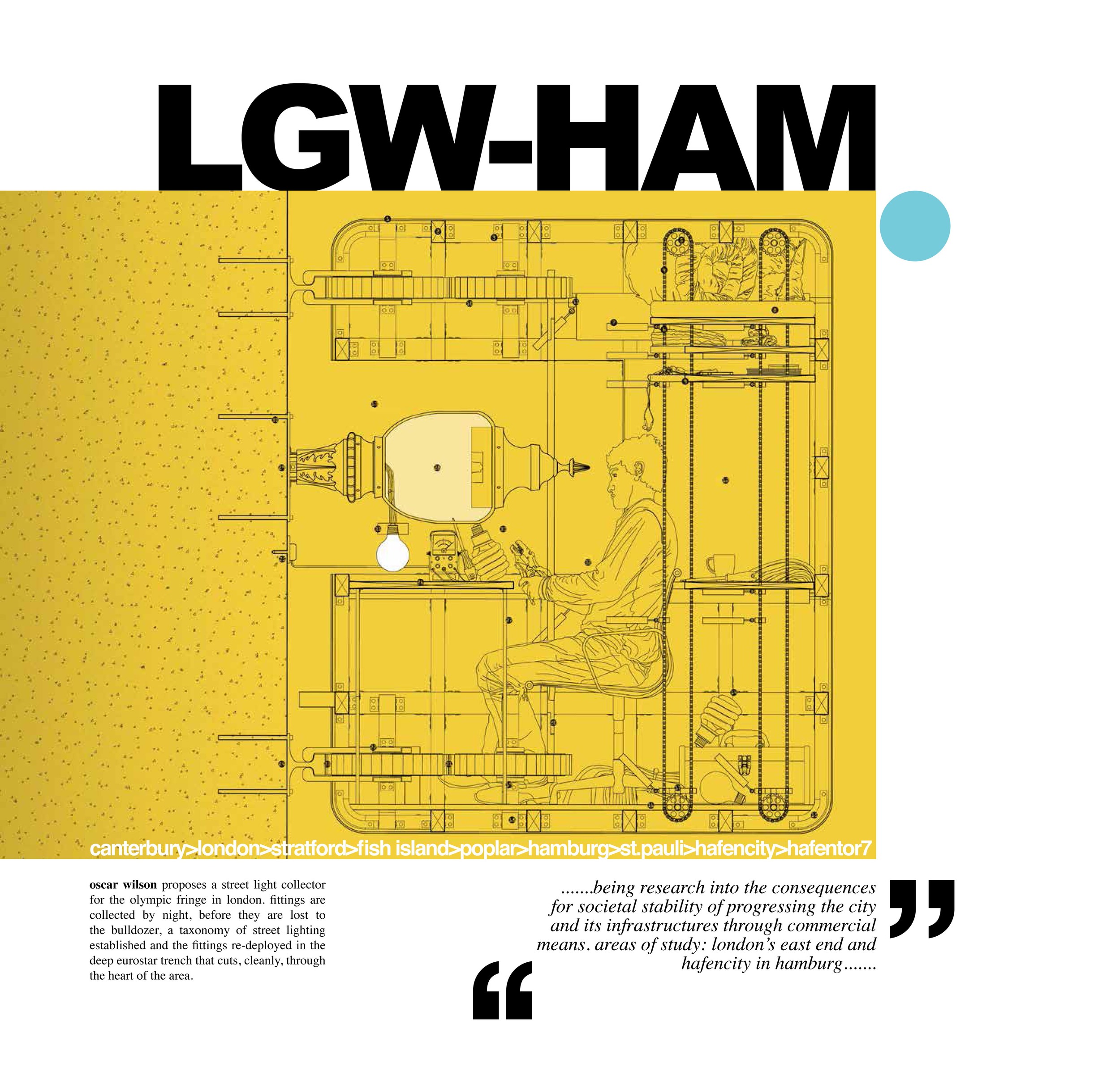
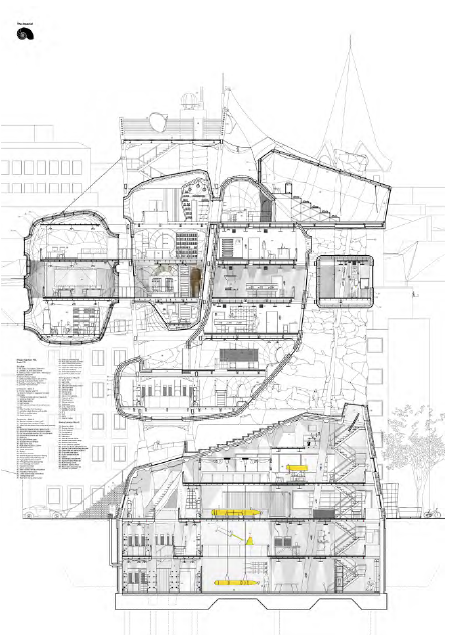
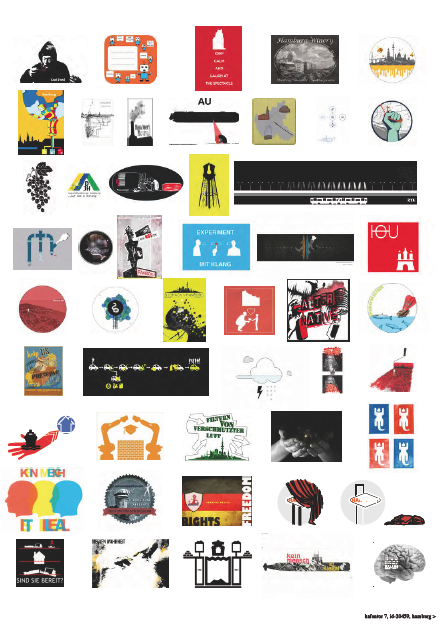
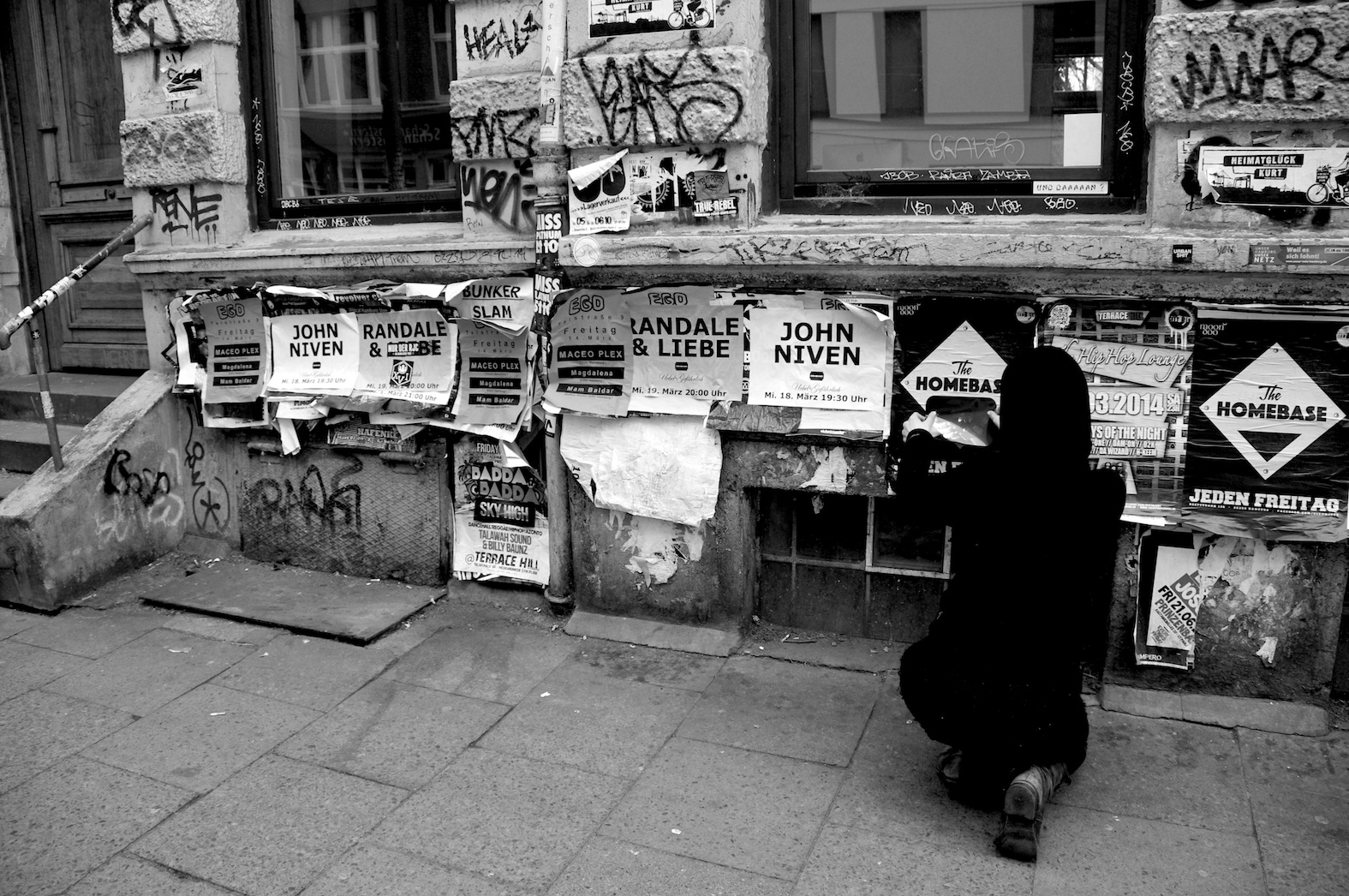
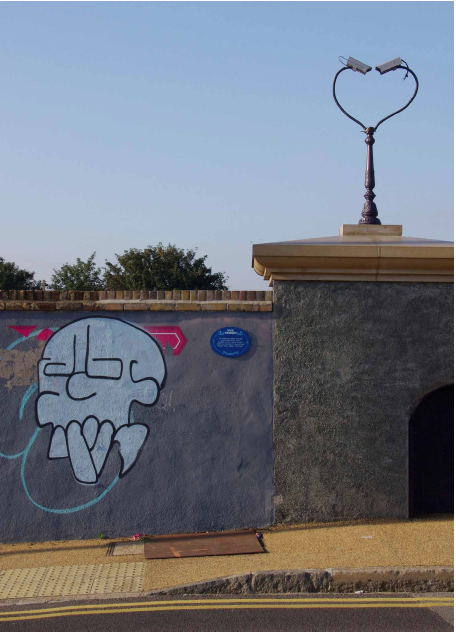
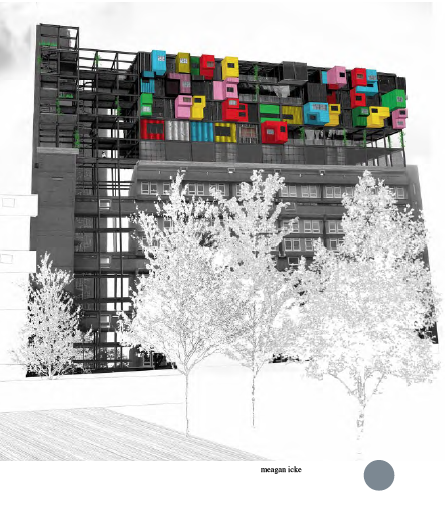

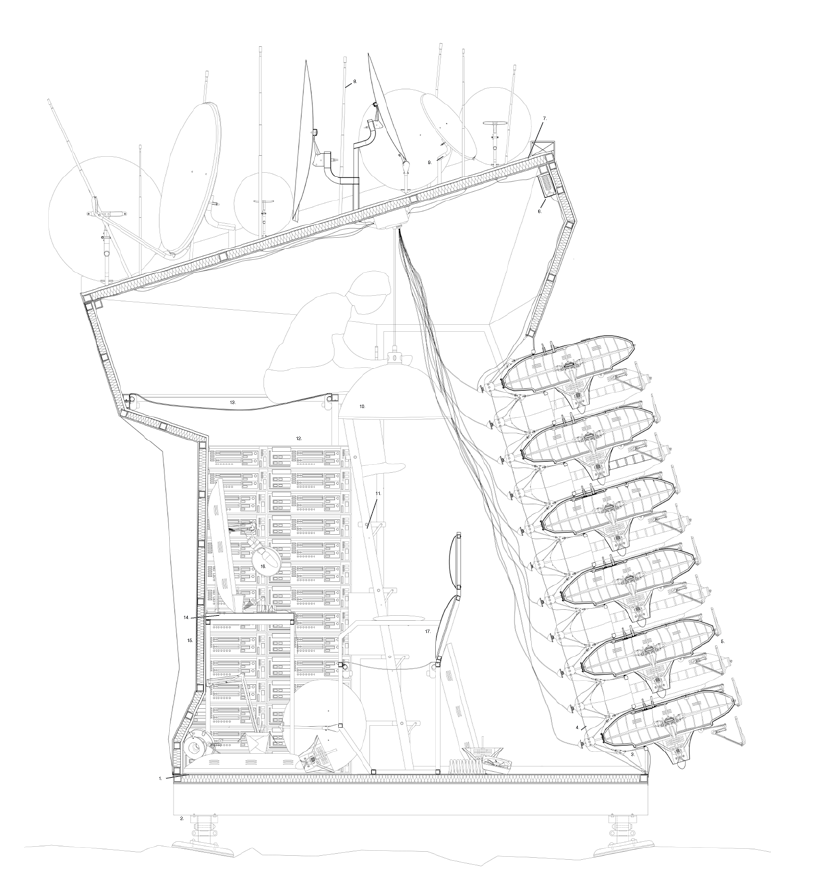
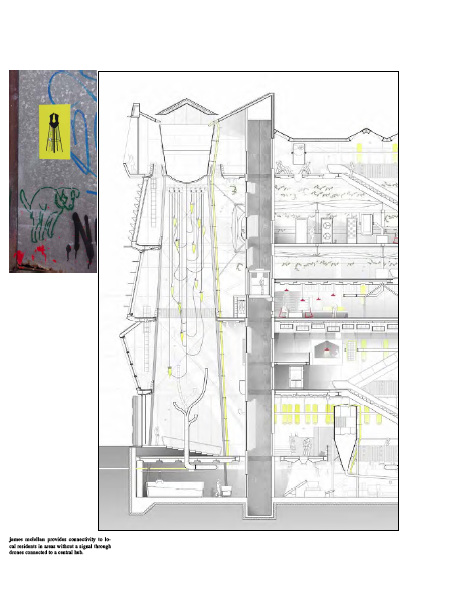
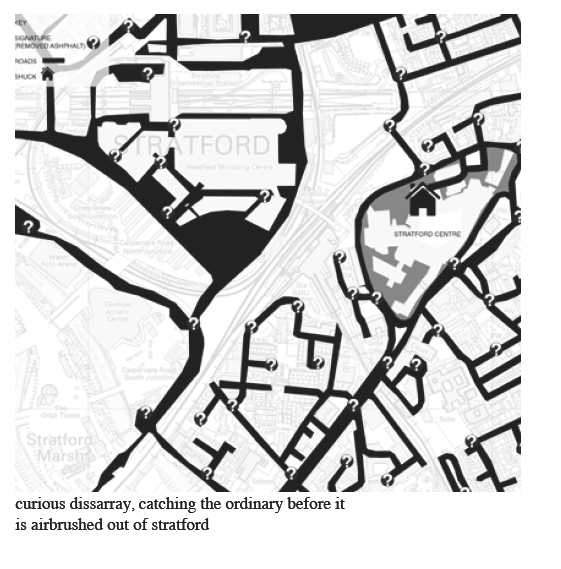
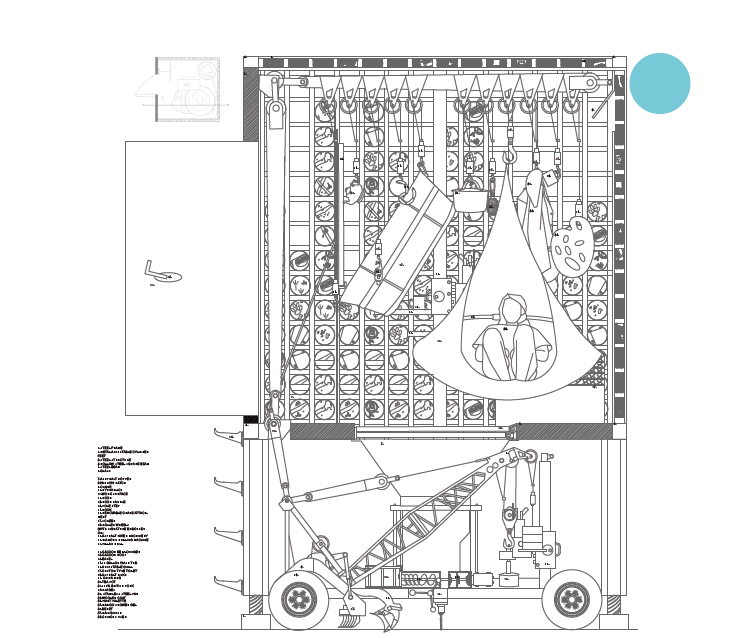
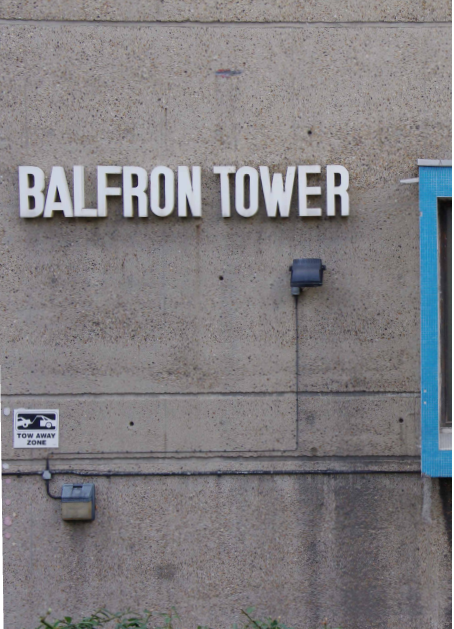
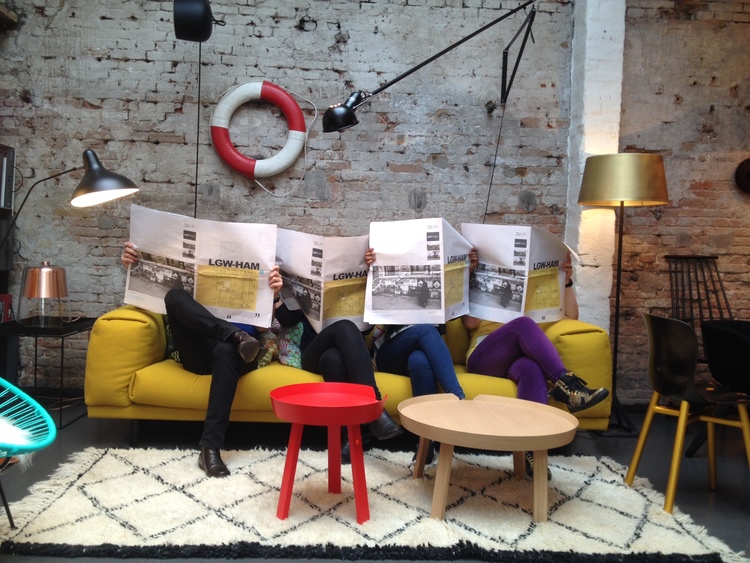
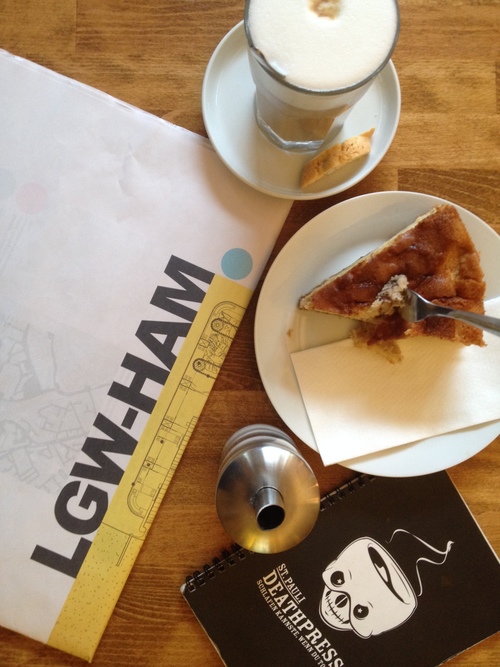
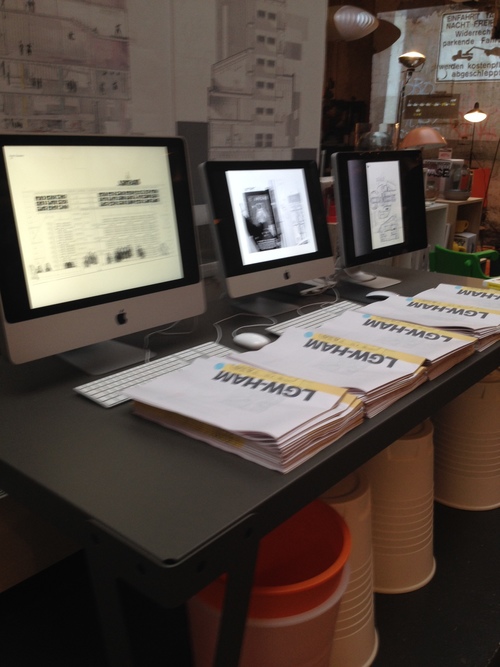
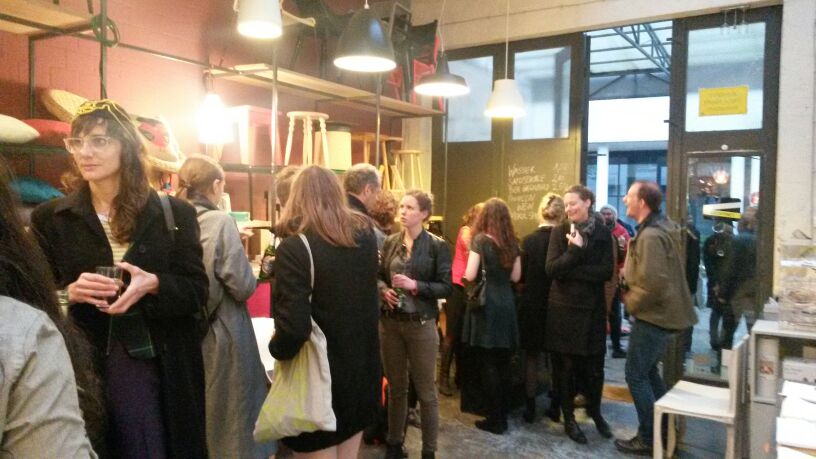
GlassWood
The limited series and one-offs that result from Alexa Lixfeld‘s interventions are first and foremost meant to be statements, processes and experiments where interaction is central, where new relationships are woven, and where the improbable is more than possible. Since each project is an exploration to which both destination and pathway are important, each object comes with a narrative, and clearly reveals the traces of its making and process. Alexa‘s objects are storytellers.
The present series of glass pieces, GlassWood, perfectly fits Lixfeld‘s approach. The glass elements were handmade and mouth-blown in a workshop in Novy Bor, a small town in the Czech Republic, famous for its history of glass production. When confronted with their techniques, Lixfeld decided to celebrate them by combining the glass with the wooden molds that lend it their form in the blowing process. “I was struck by the relationship that grows during production between these beautiful oak molds and the hot glass, each leaving its mark on the other,“ says Lixfeld. “Working with existing -even industrial- shapes has always been a point of interest to me. These molds, just fuel for the kilns after they were discarded, had a beauty of their own, which is never seen. Keeping the glass pieces and their molds together once the production was over offered me an opportunity to put that beauty on display. It also provided a much greater tension to the glass, because of the contrast in texture between its shiny and colorful skin and the worn out appearance of the mold. It equally gave me the opportunity to show the process that led to the finalized product." Alexa`s productions have always been non-industrial, away from the standard and norm. GlassWood is no exception: each duo comes a perfect couple, with a unique identity. I reuse an old mold to serve as a base for one glass object. It creates a unique mold-glass combination, and you cannot have the same coupling twice. Lixfeld sees her work as an open process, a collaborative action that allows for coincidence and surprises, incidents and accidents. In the GlassWood project she had her project guided by objets trouvés – the molds that she found and used untouched- and the craftsmanship of the artisans by whom the glass objects were blown. “I chose the color of the glass, and decided where and how to cut it, but after that the project became an interaction with the surroundings, finding potential in what was given, working hands-on with the artisans. My work is essentially about bringing together what is already there, but which remained disconnected. A great number of designers start from scratch, and then define the product in every detail. If you take that as a norm, I’m less a product designer than a process designer, a facilitator, someone who makes things possible.”
GlassWood beautifully photographed by Birgitta de Vos
Circle Bowls
Stylist Elodie Giroud discovered the Circle Bowls when Alexa was exhibiting them in Paris. Elodie instantly fell in love with the objects and decided to use them for her upcoming photo production - a cook book photographed by Deirdre Rooney. After producing the book, Elodie and Deirdre did not want to stop to set the bowls in scene and asked Alexa to collaborate on a free production, which turned out to be beautifully poetic.
Circle concrete bowls beautifully photographed by Deirdre Rooney, styling by Elodie Giroud.
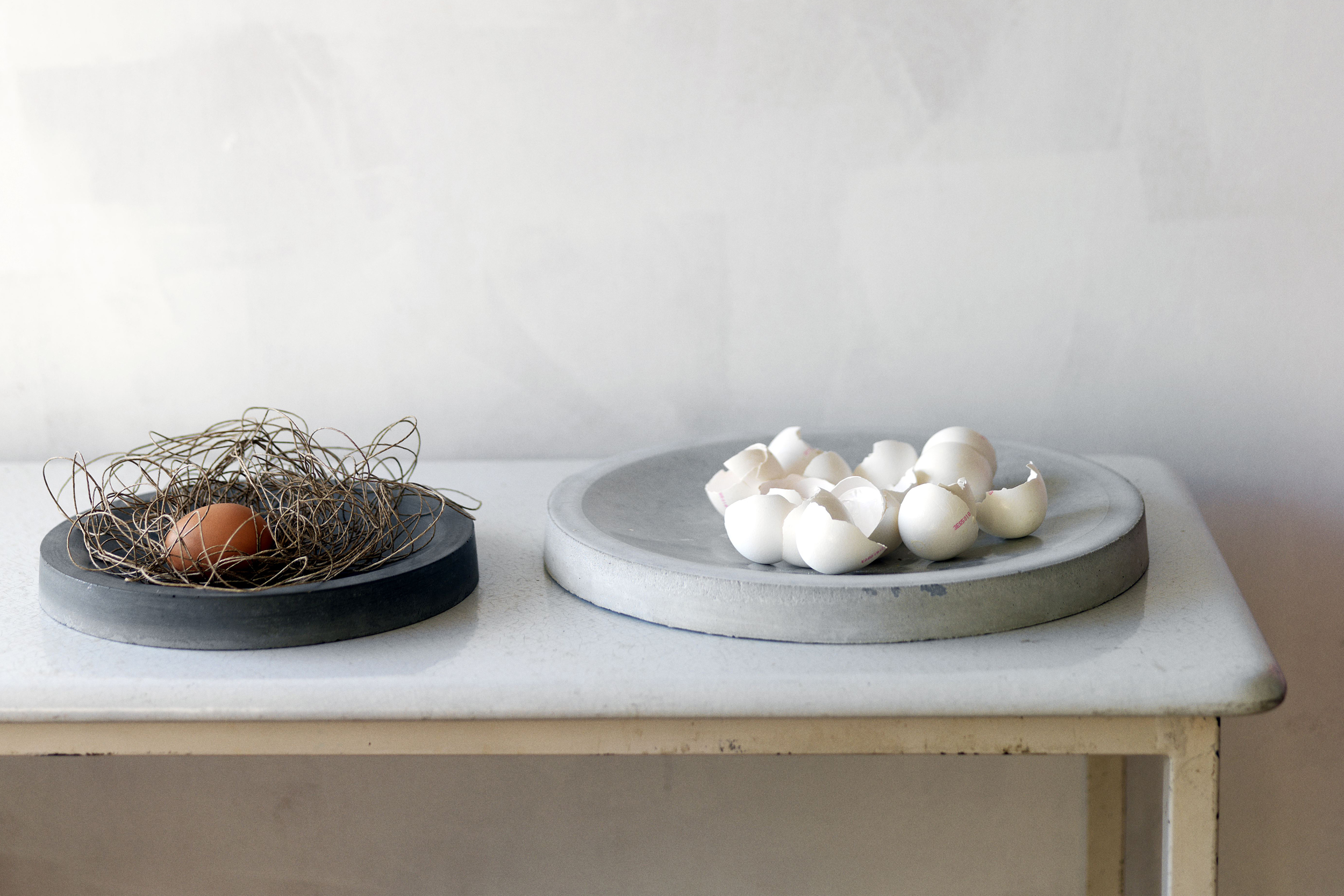
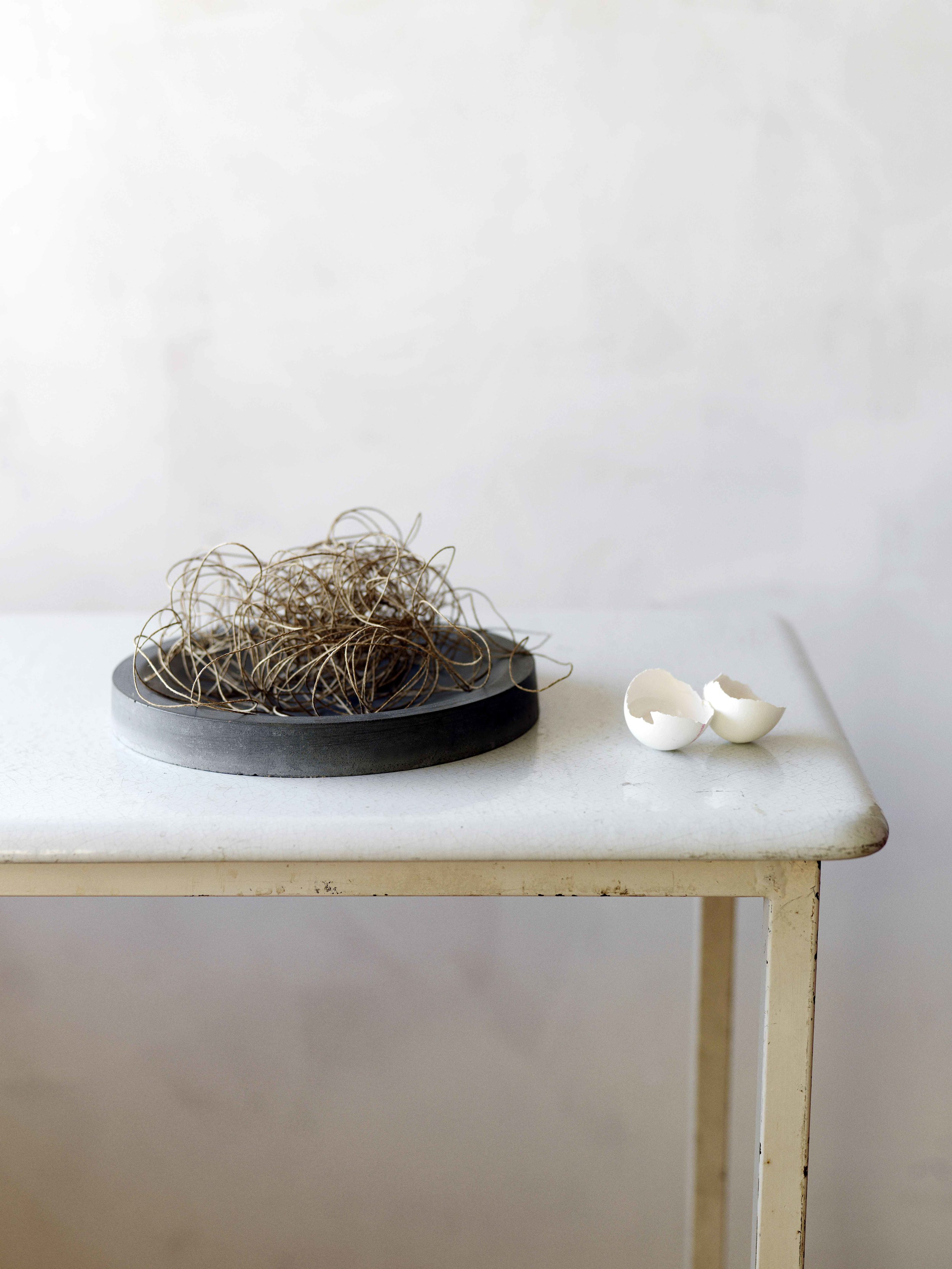
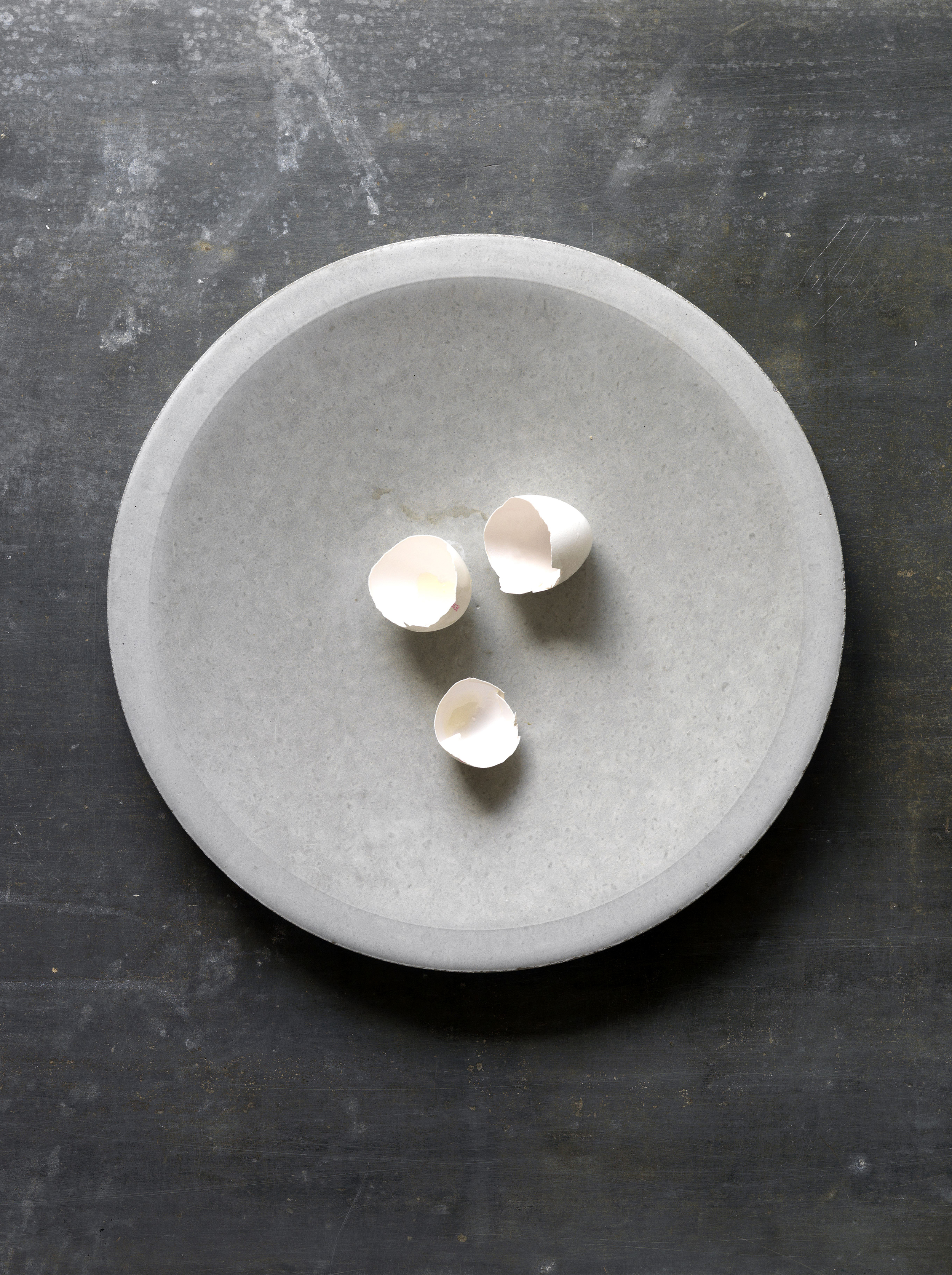

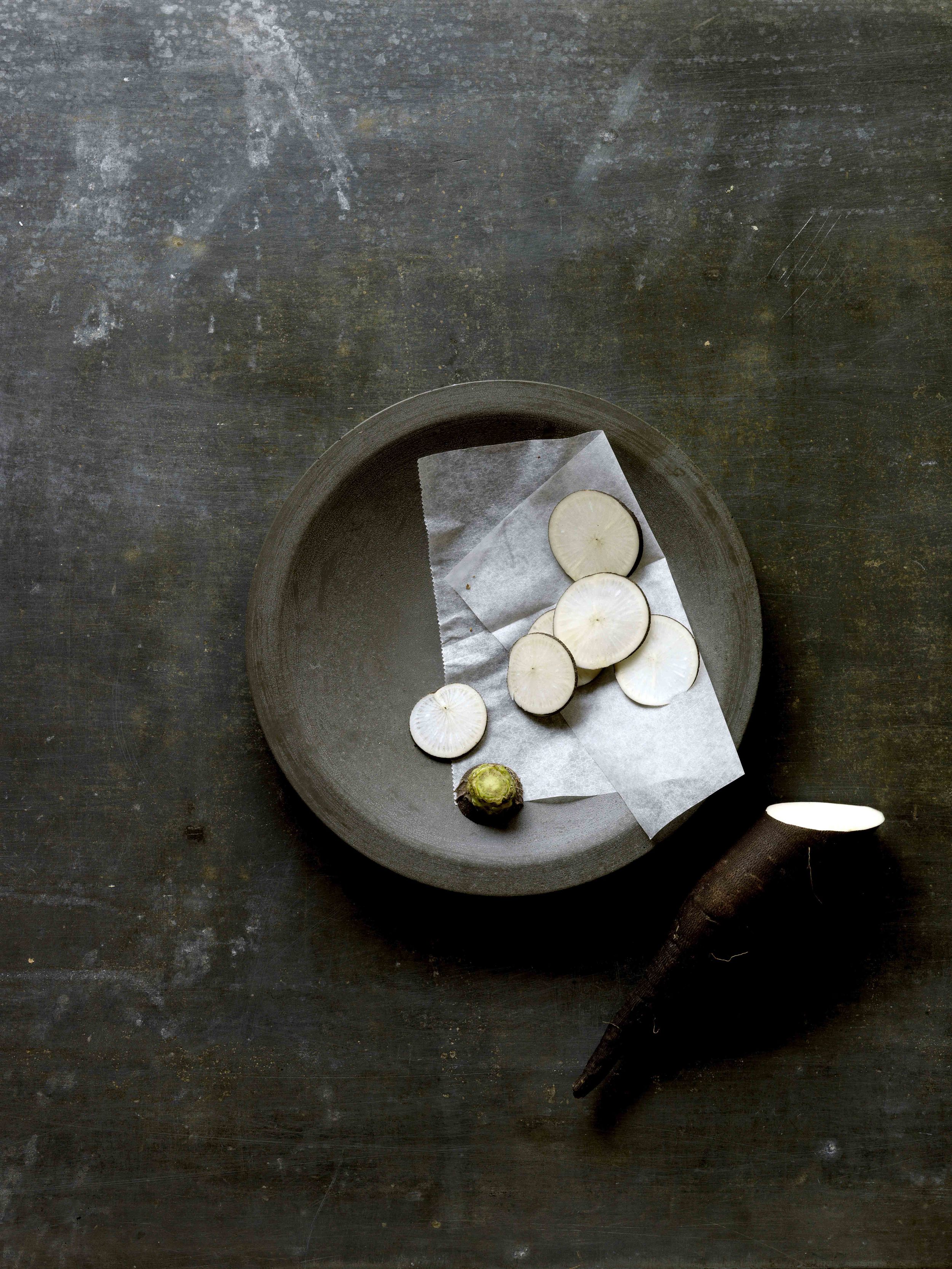

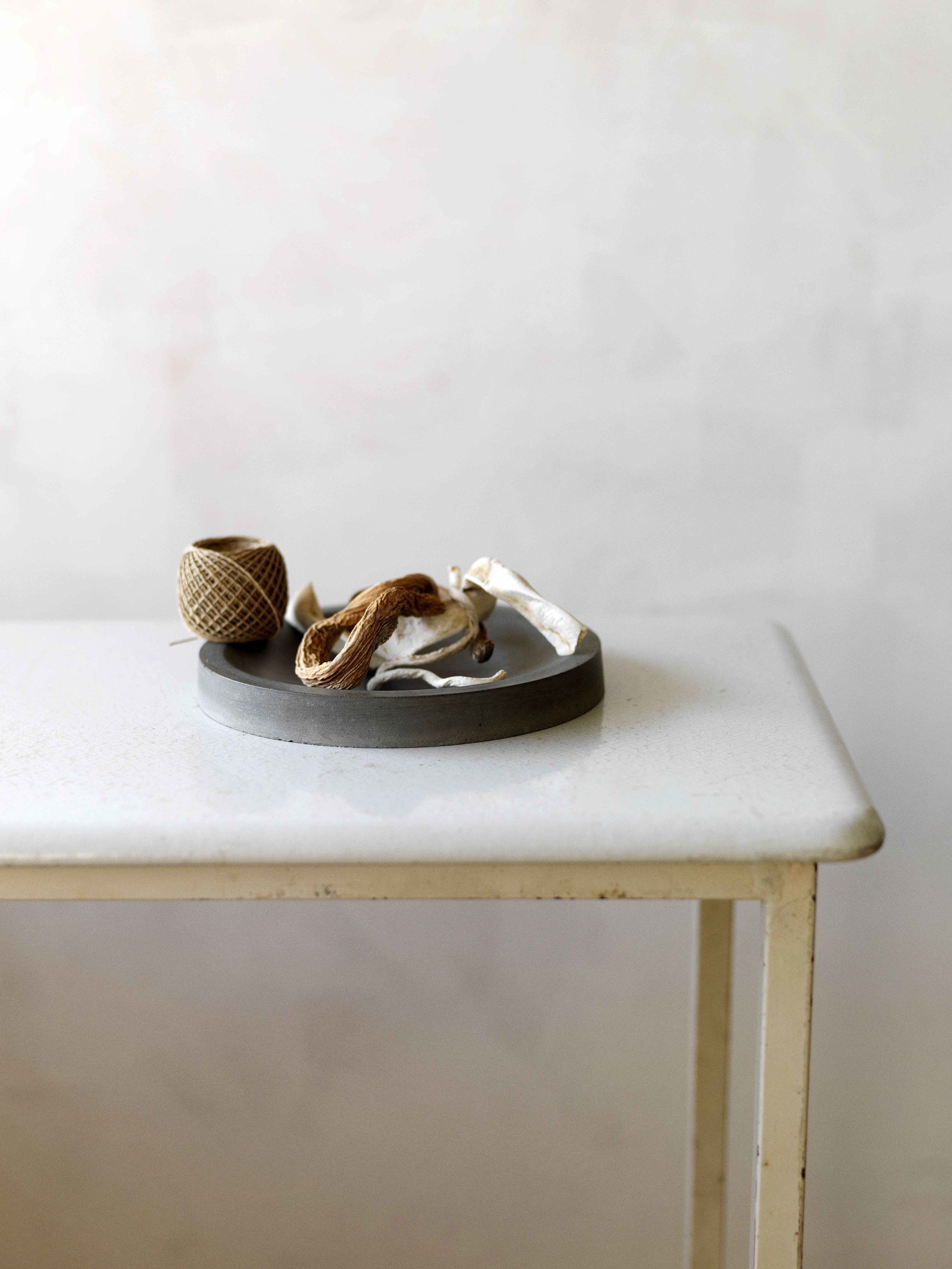
Me and my doll
Me and My Doll is a social design project in partnership with the Selyn Socio-Economic Development Foundation based in Sri Lanka. The foundation helps rural women irrespective of caste, creed, religion or race attain their common goal: to make a better life for their families and children.
The project started when Alexa was invited by Sandra Wanduragala, to Kurunegala, Sri Lanka to work and live with the community. After a few days of getting to know the possible manufacturing steps as well as the goals of the people involved, Alexa learned that they were dreaming of building a new school that would be accessible to all. To realize this dream Alexa thought of a product to be manufactured with the local production possibilities as well as involvement of school children. To ensure the proceedings of the manufacturing would be solely used for the defined projects aims, Alexa suggested the establishment of a foundation which resulted in building of the Selyn Socio-Economic Development Foundation.
Me and My Doll materialized with a simple notion of using drawings of their favorite characters made by the school children of the Royal International School in Kurunegala. From that collection Alexa selected six drawings, ensuring that every detail and oddity were kept from six fingers to dental brackets to a bullet belt (only a gun was excluded).
The first step of the process included hand-dyeing the cotton, using only certified dyes, weaving the cotton, and ultimately piecing and sewing together each doll by the women of the community. After the dolls were completed, they were named by their creators. Each doll comes with its own little sleeping bag designed in matching colors.
If the project sounds idyllic it is because Alexa is able to entrust everything in Sri Lanka in the good hands of the Selyn team. Its administration is responsible for contracts and ensuring sound and fair trade working conditions for the women, which work in their rural villages or even from the comfort of their own homes, enabling them to take care of their children as well as making a living. Proceeds from the manufacturing of the dolls are donated to the foundation and used for the construction of a new state of the art school for the students of the Royal International School in Kurunegala.
Next steps for the Royal International School and Selyn Foundation include establishing pre-schools in the more rural parts of Sri Lanka, especially the post-war zones, in formerly hostile areas as they believe that true reconciliation for lasting peace has to be initiated from schools and student exchange.
Me and my doll received the Design Plus Award and a nomination for the German Design Award.
If you are interested in supporting the project through collaboration, wholesale or order of custom edition of certified Fair Trade and CE tested dolls or stuffed animals please contact Alexa.
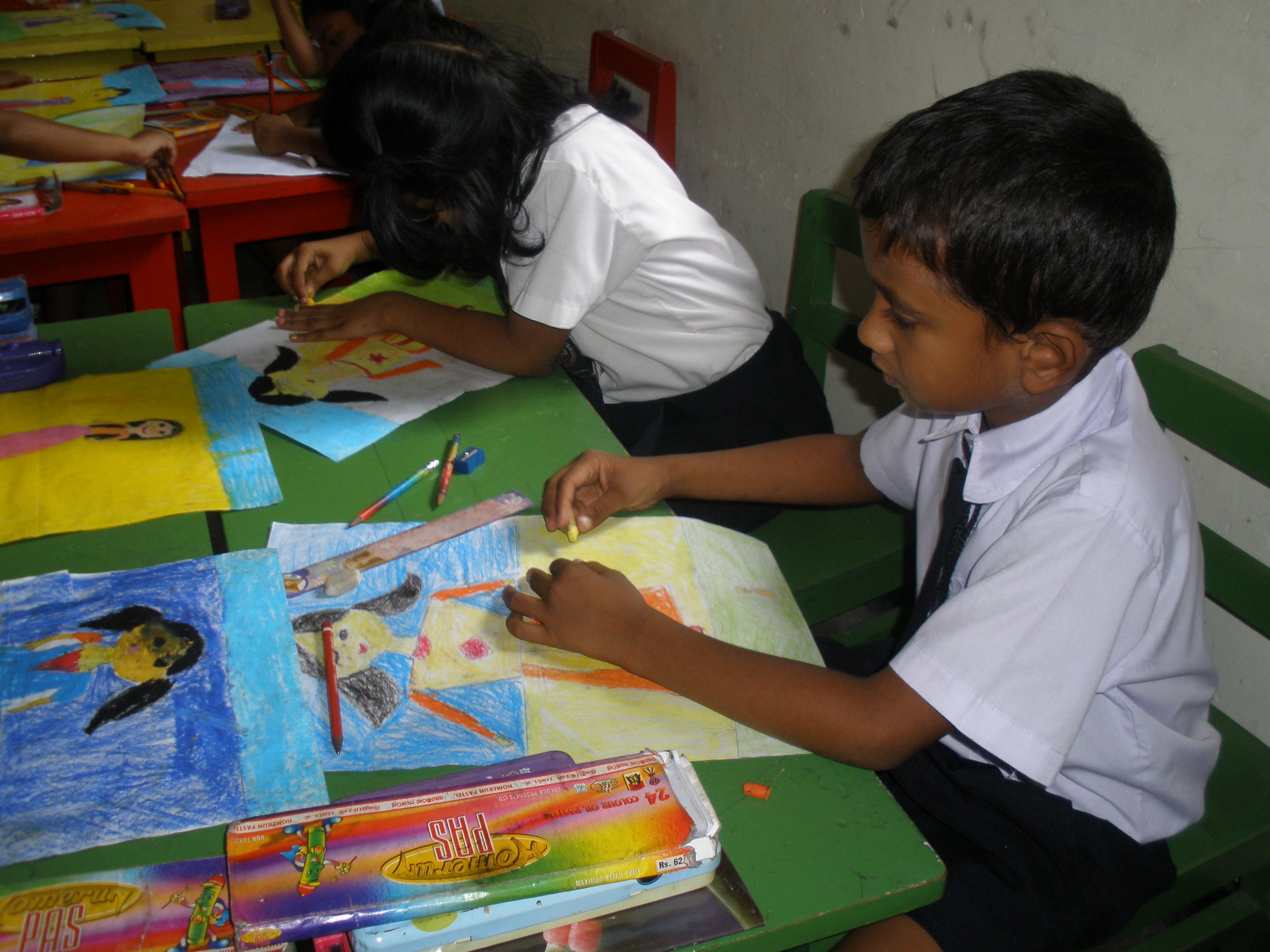
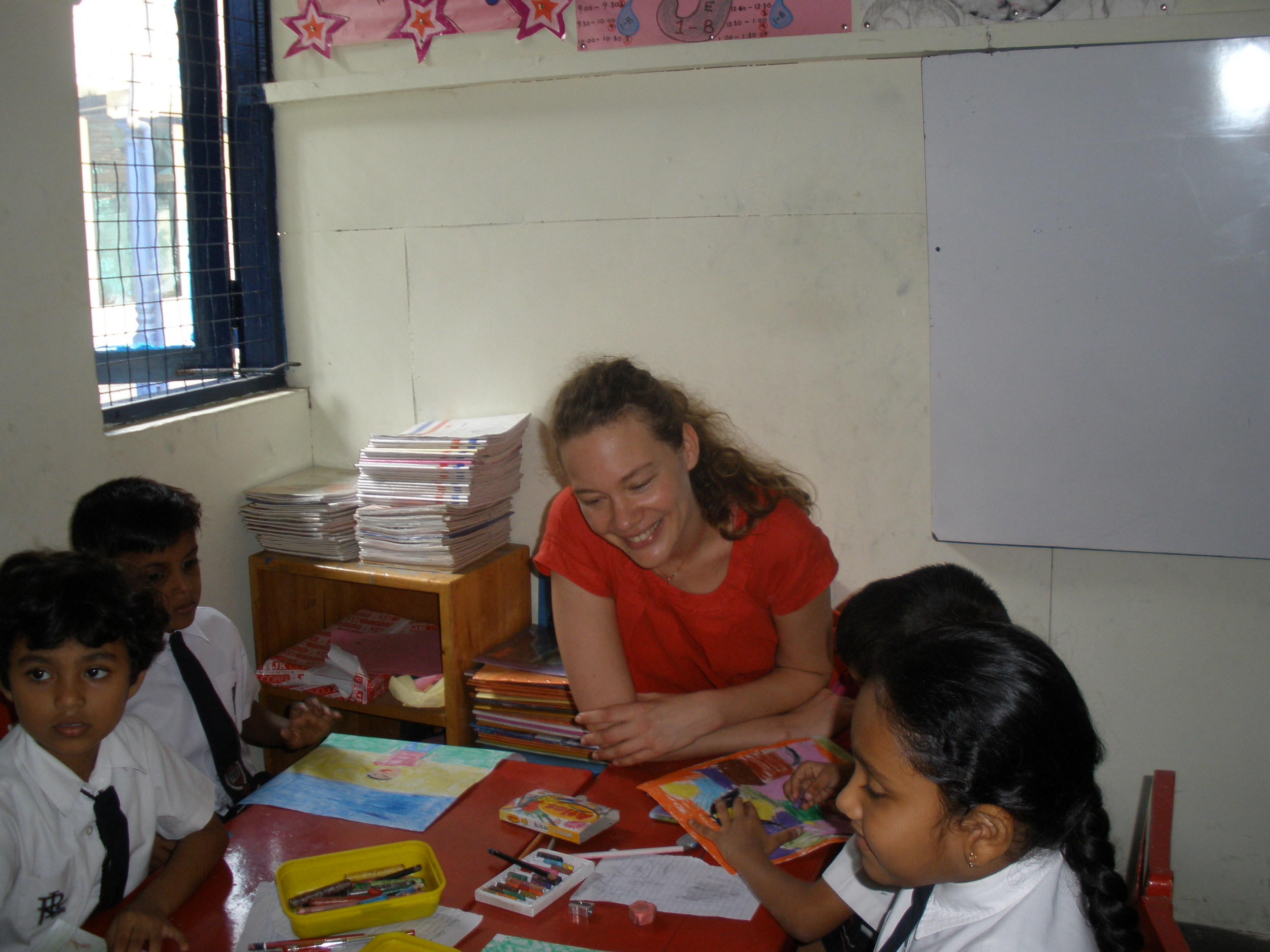
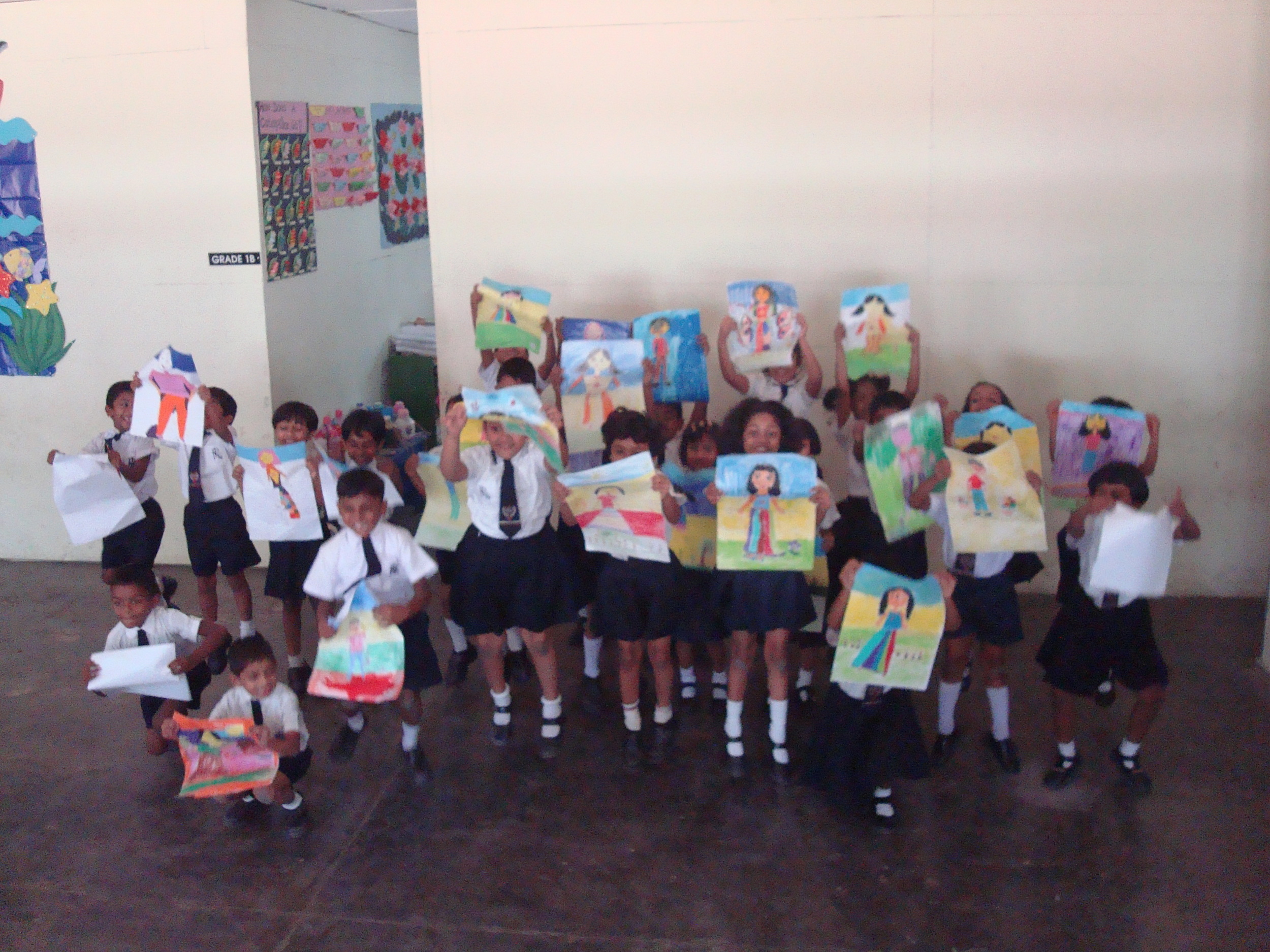
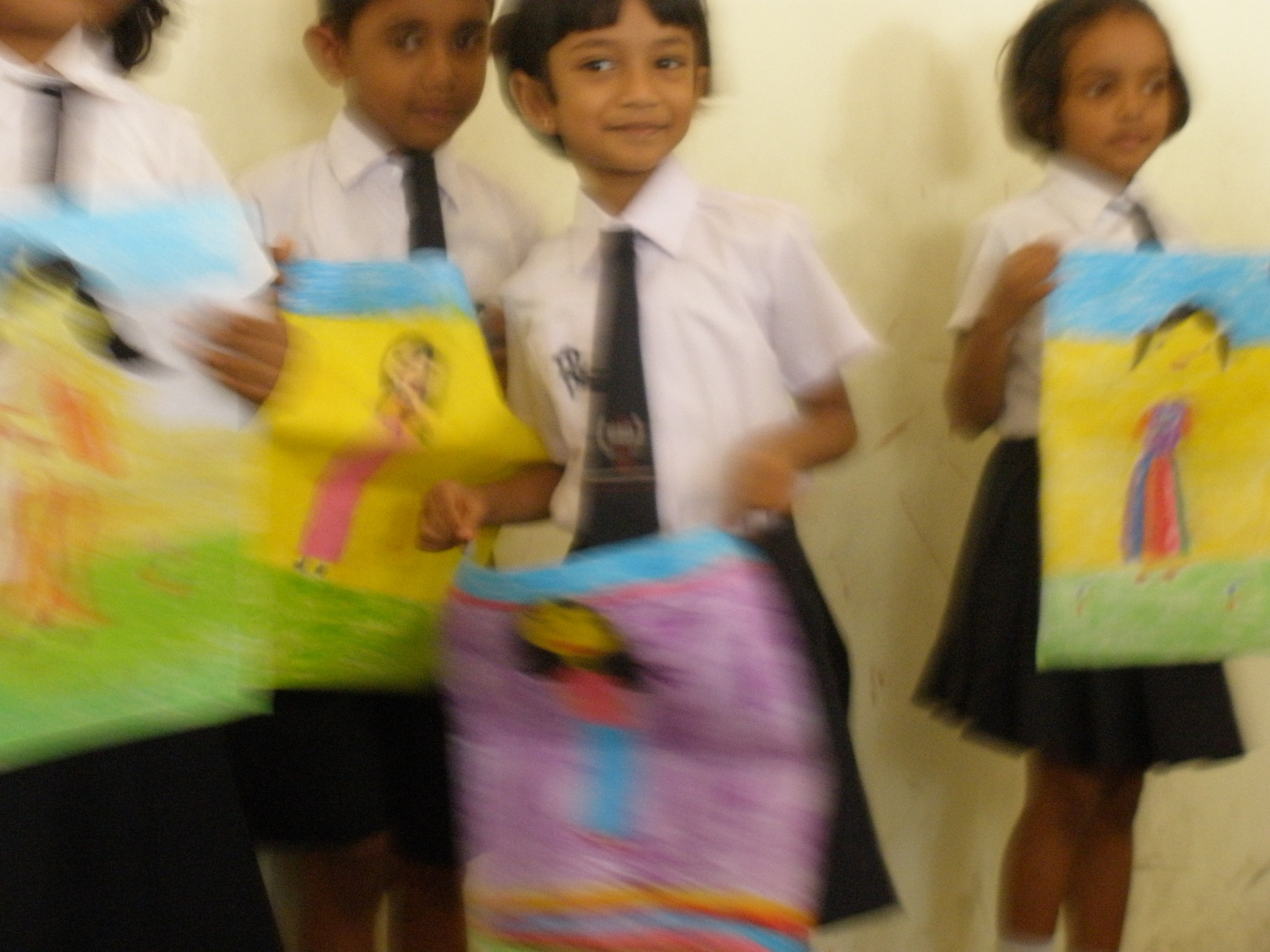
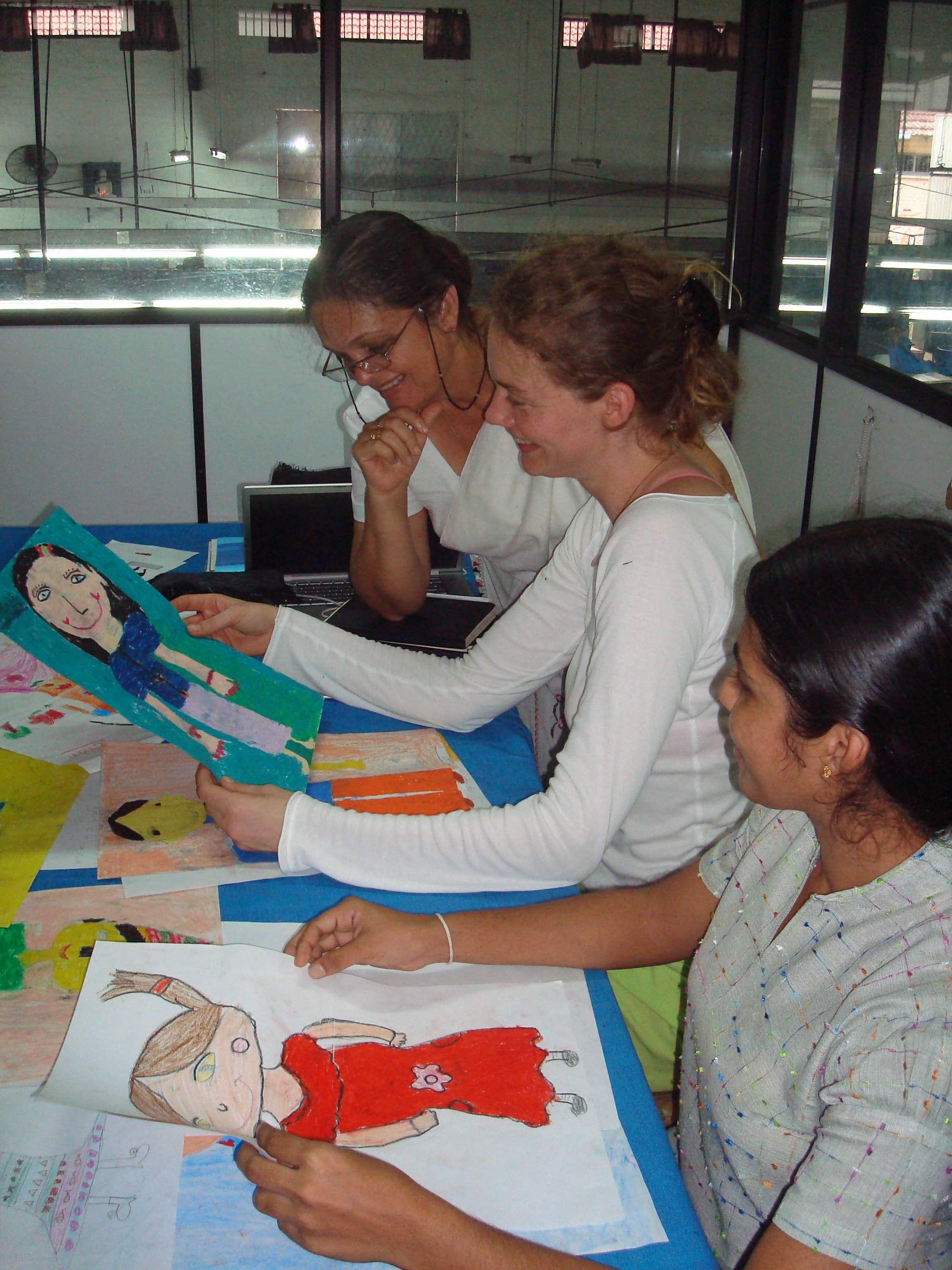


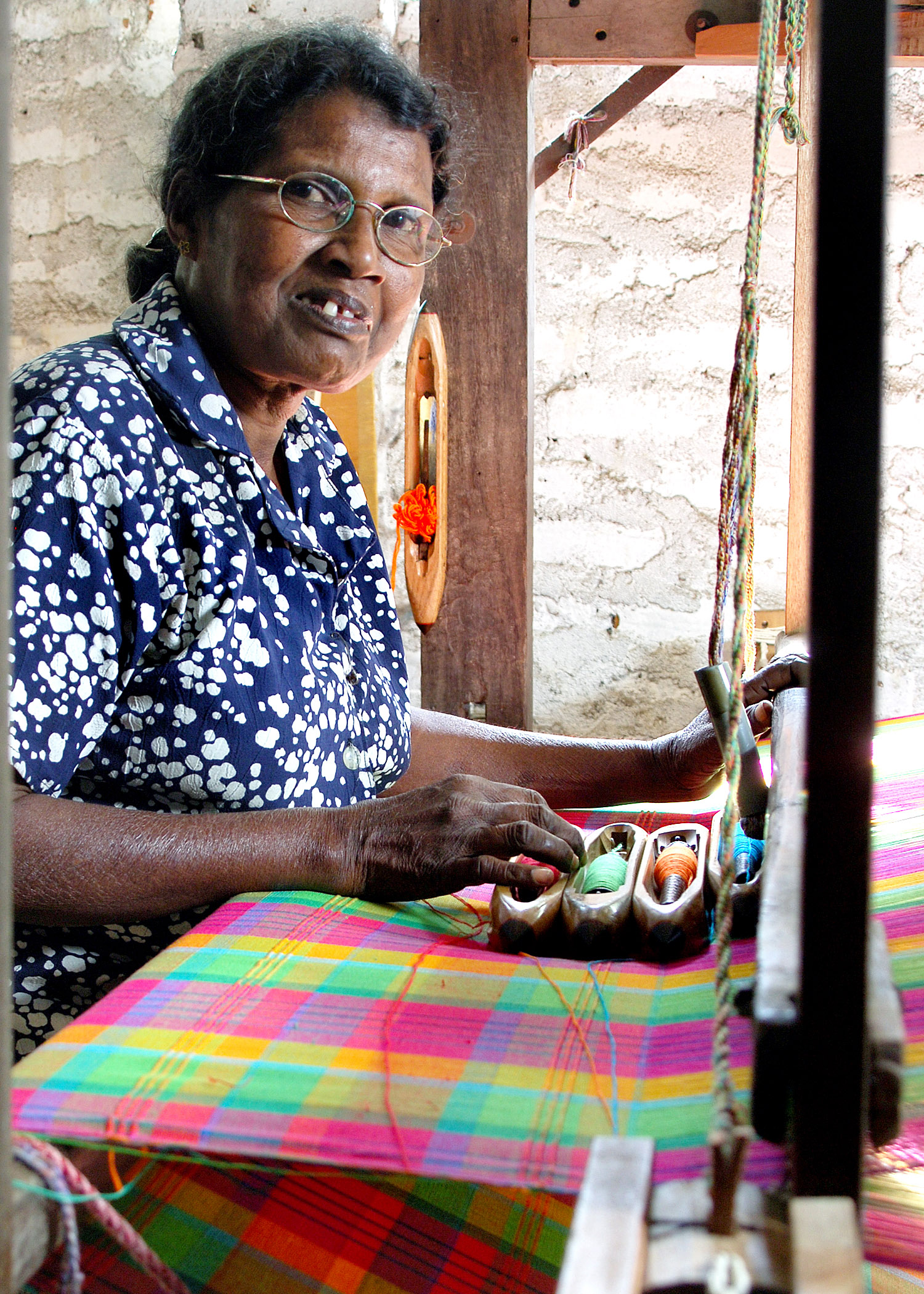
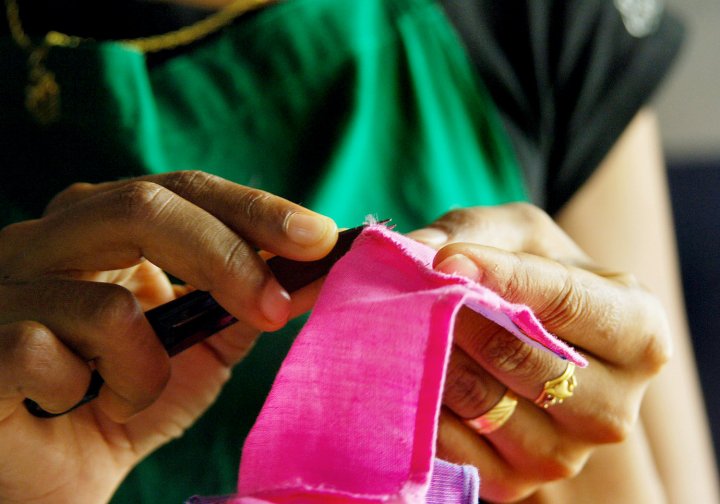
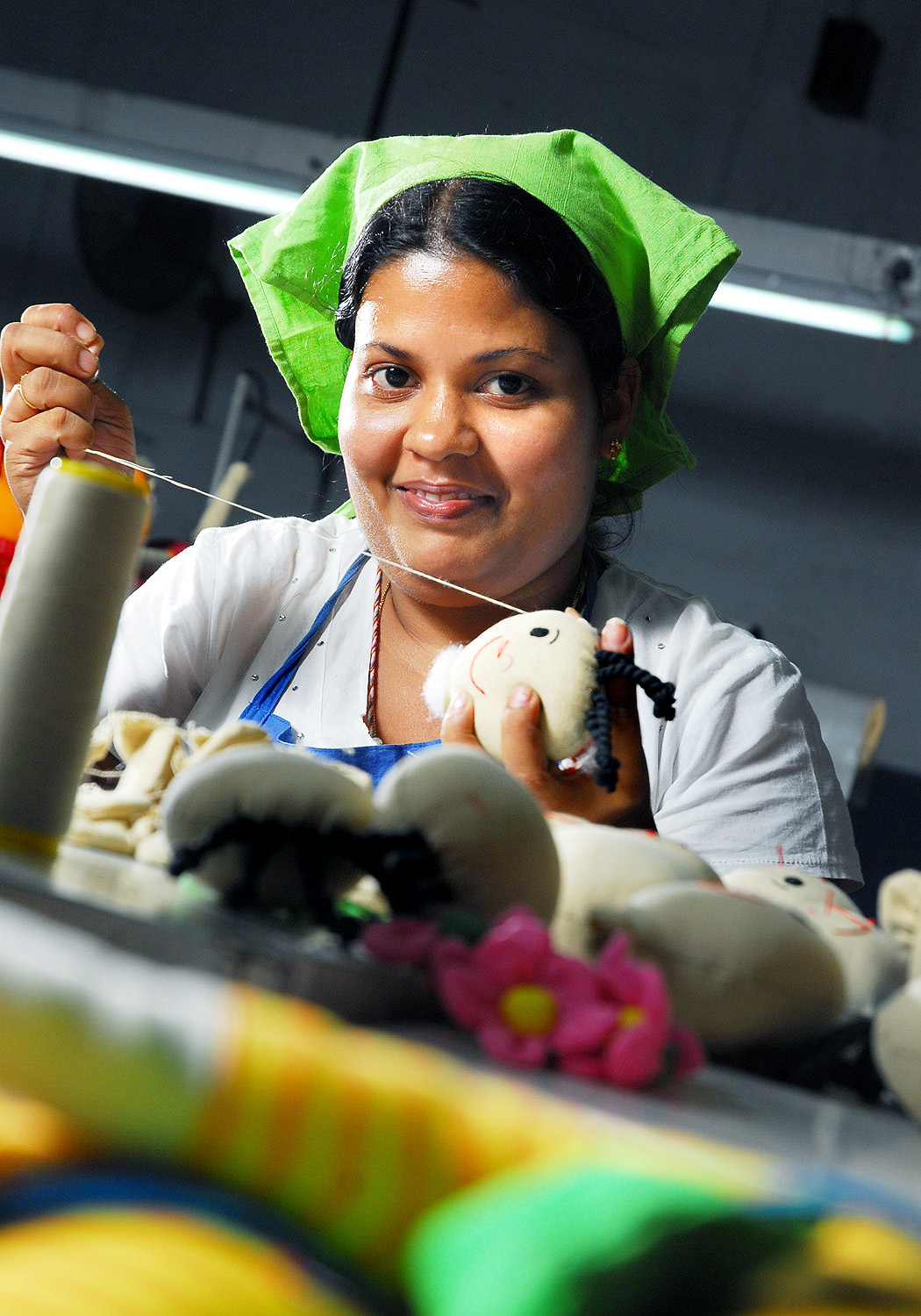
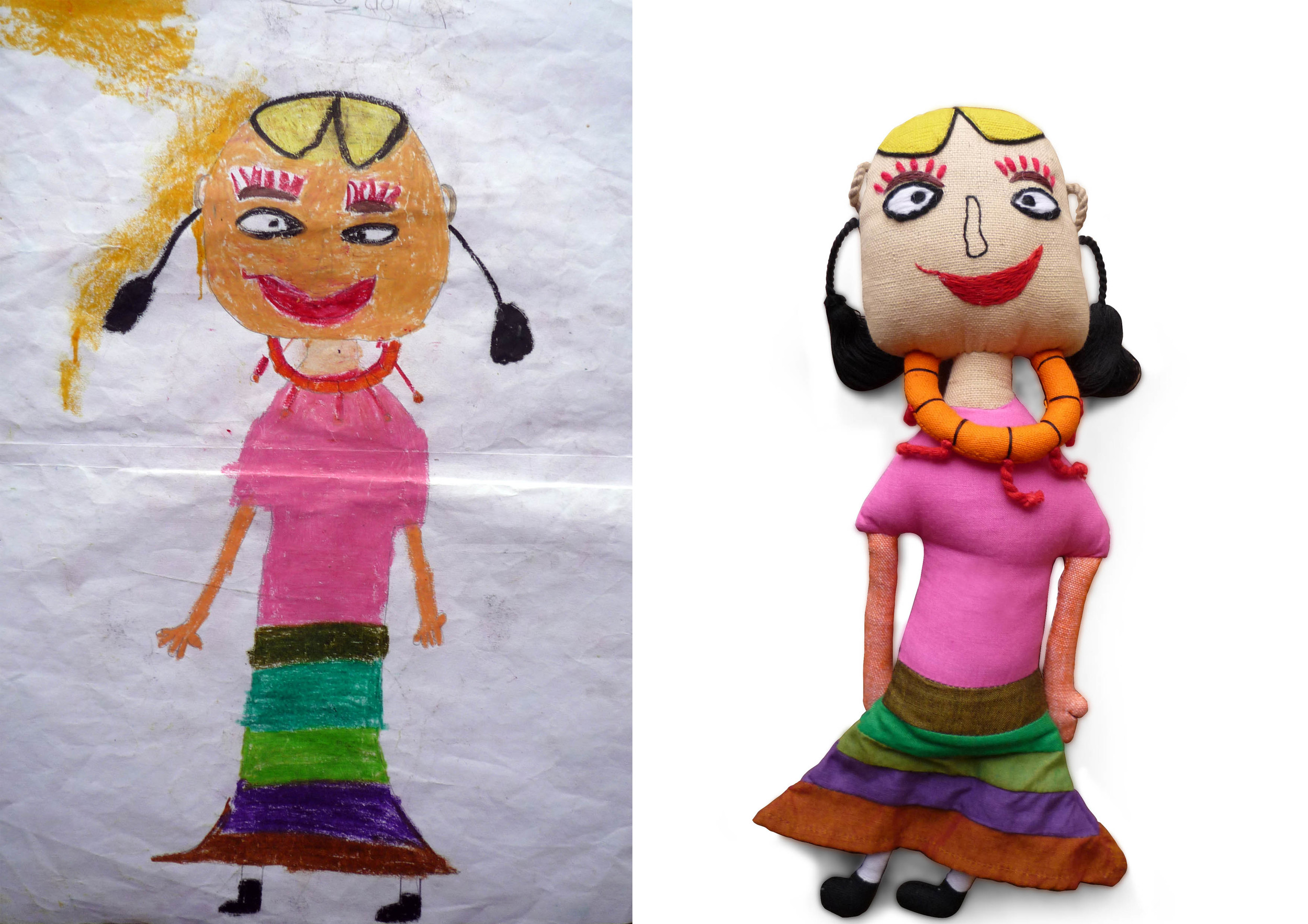
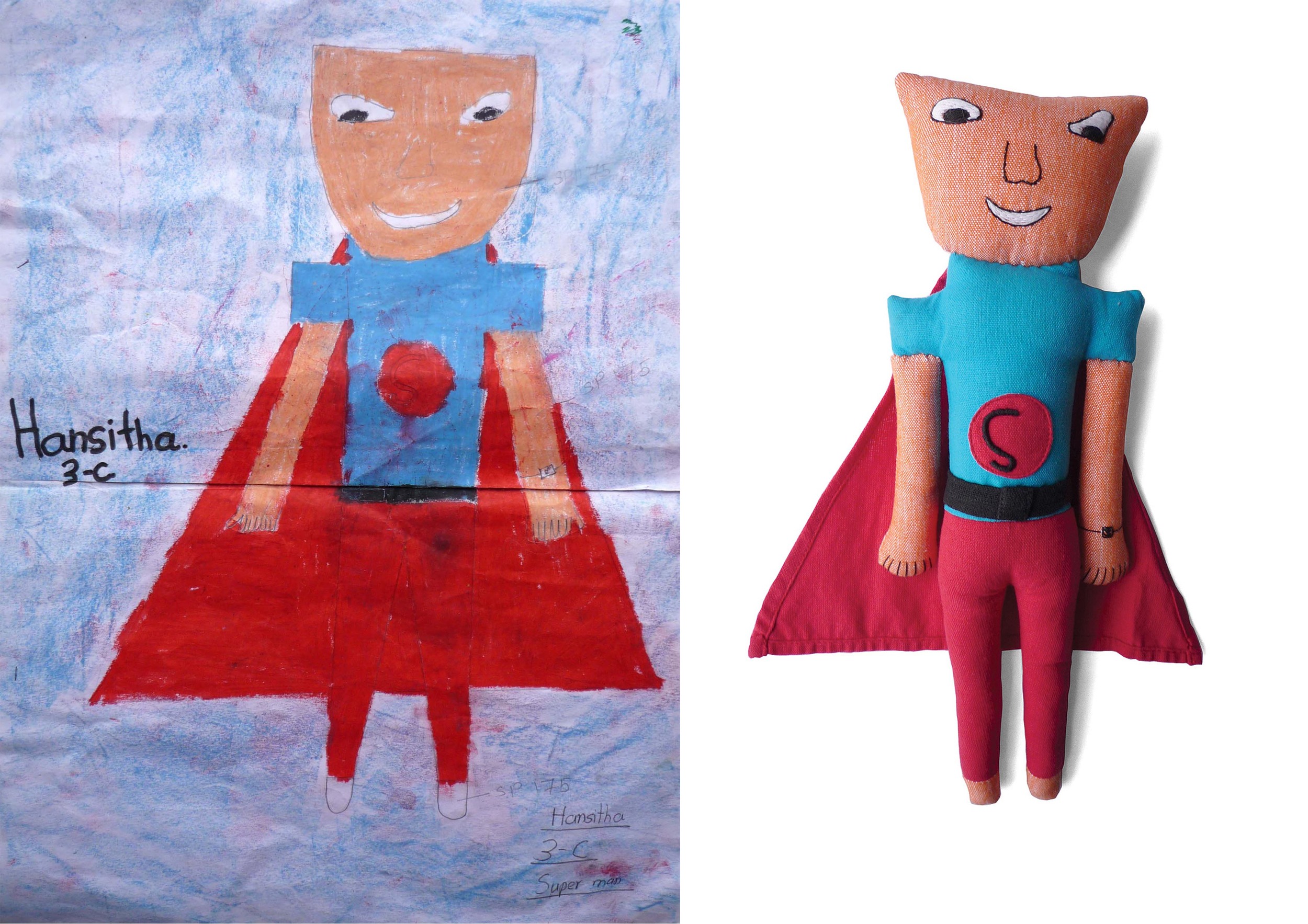
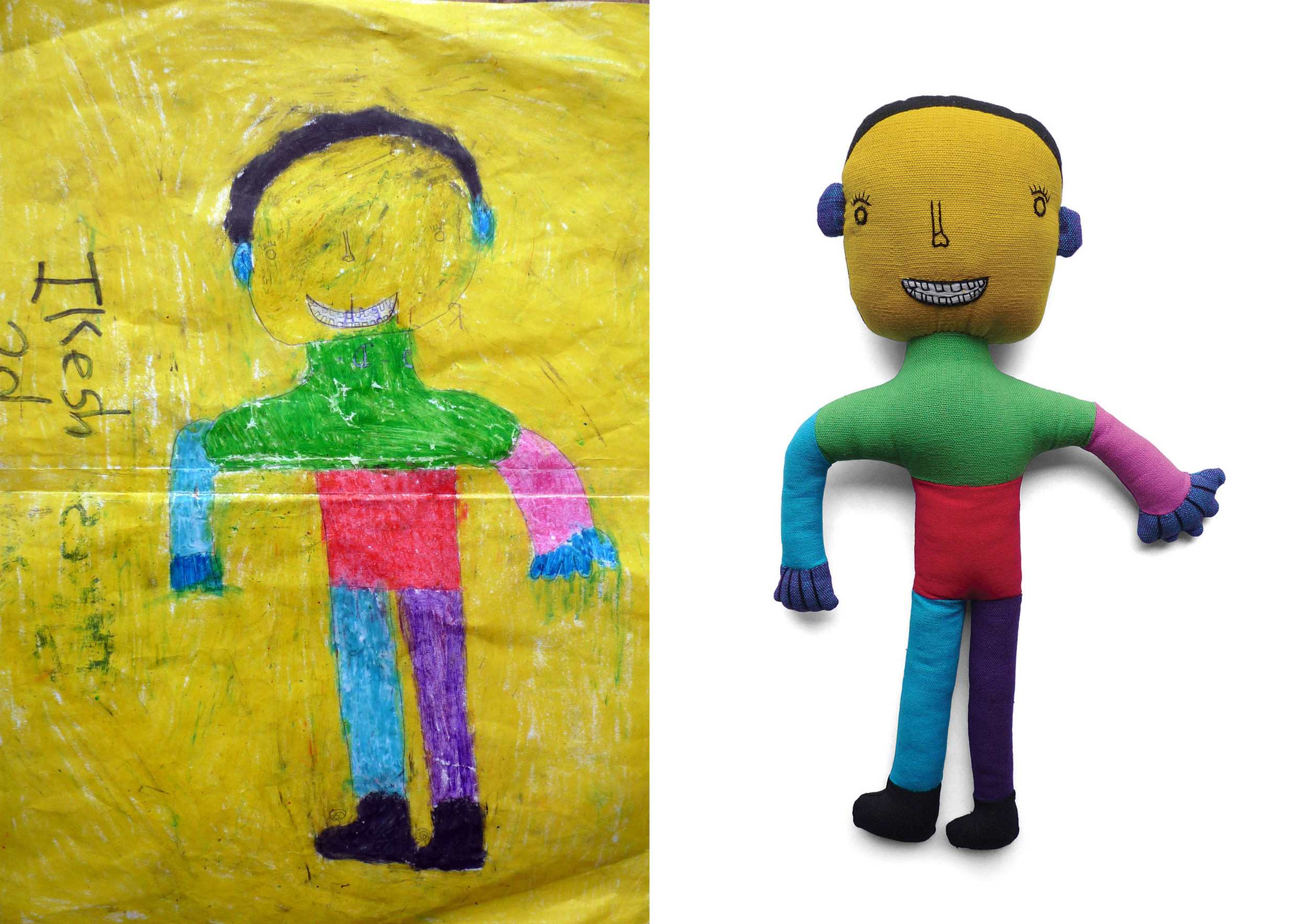
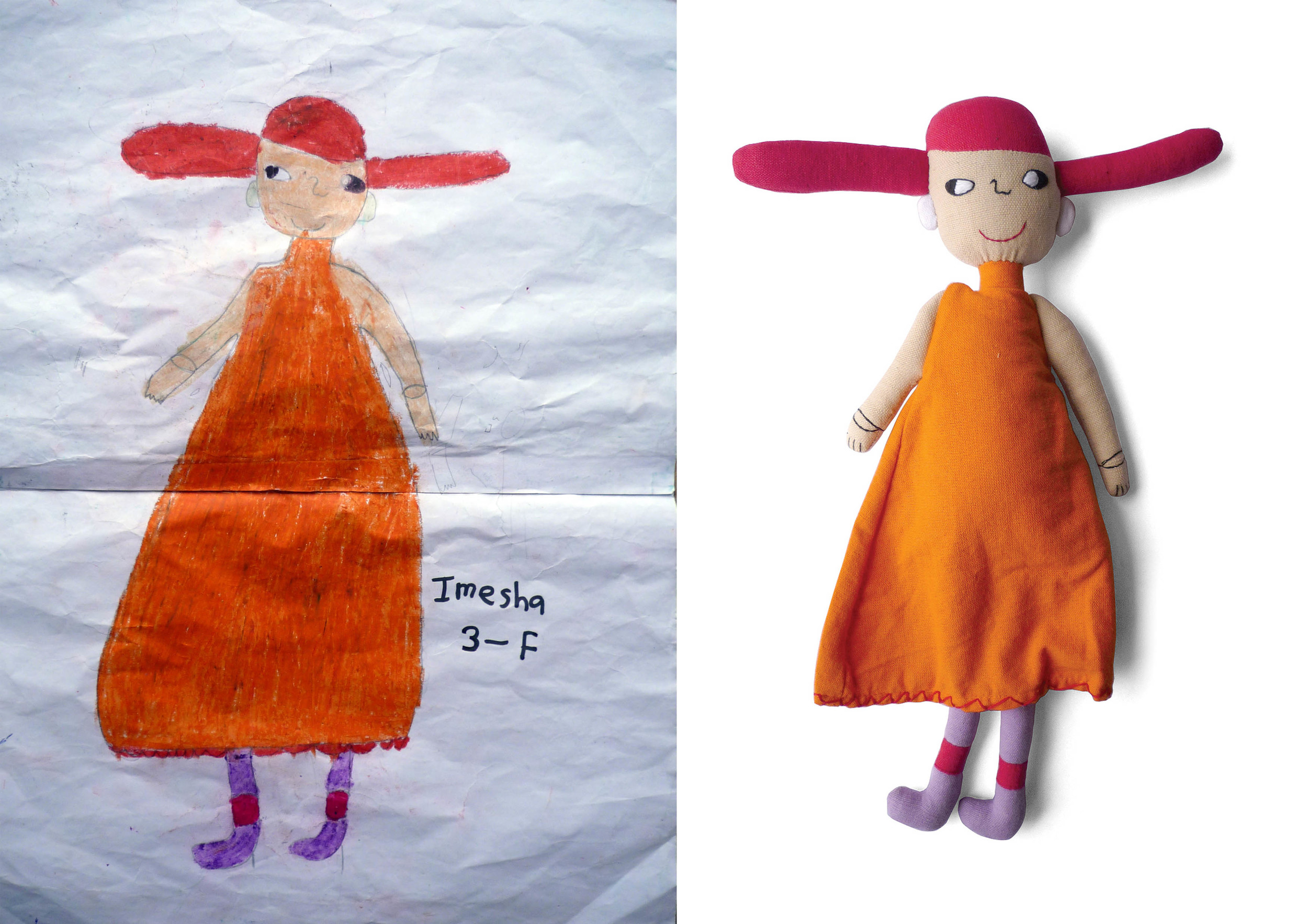
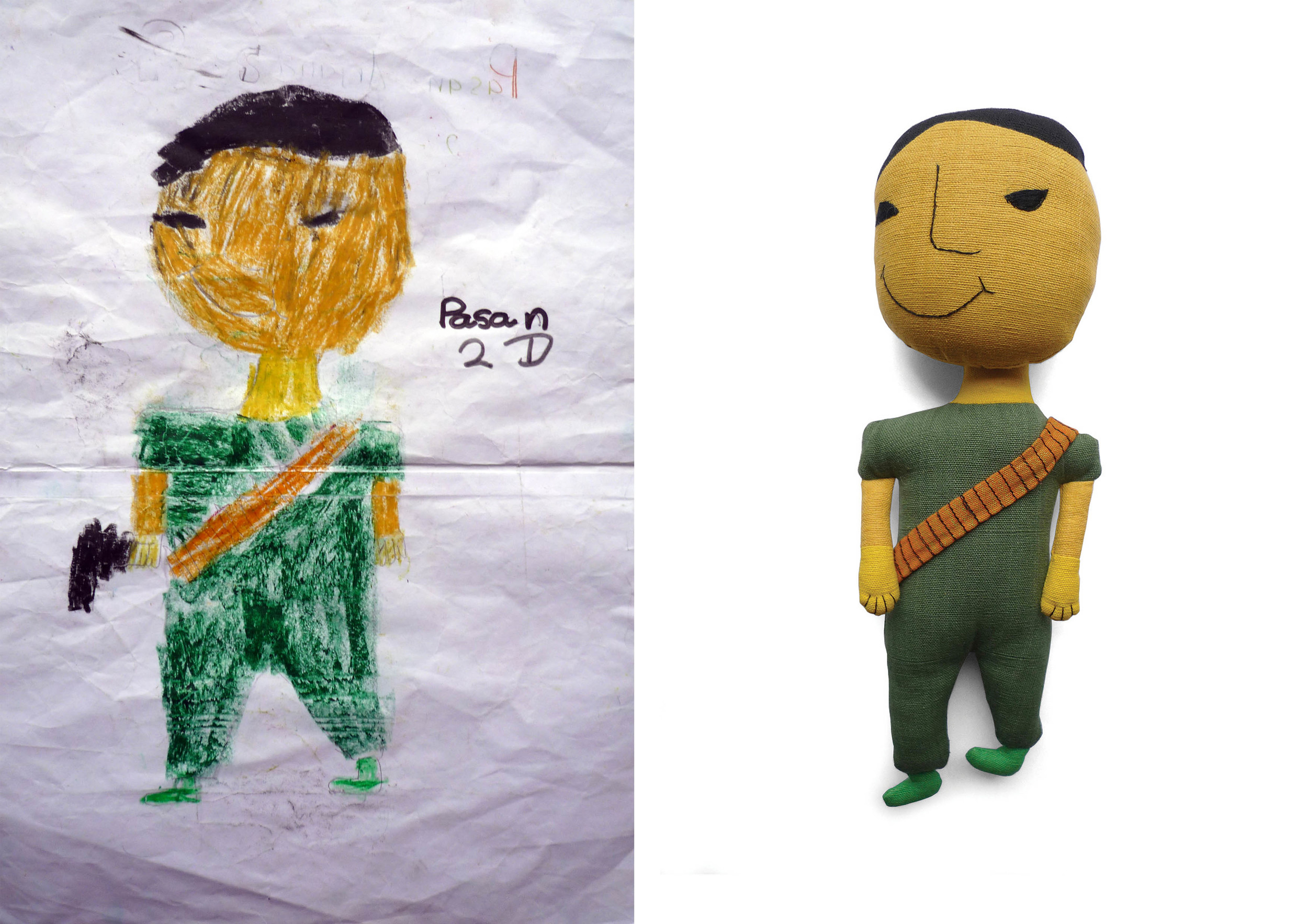
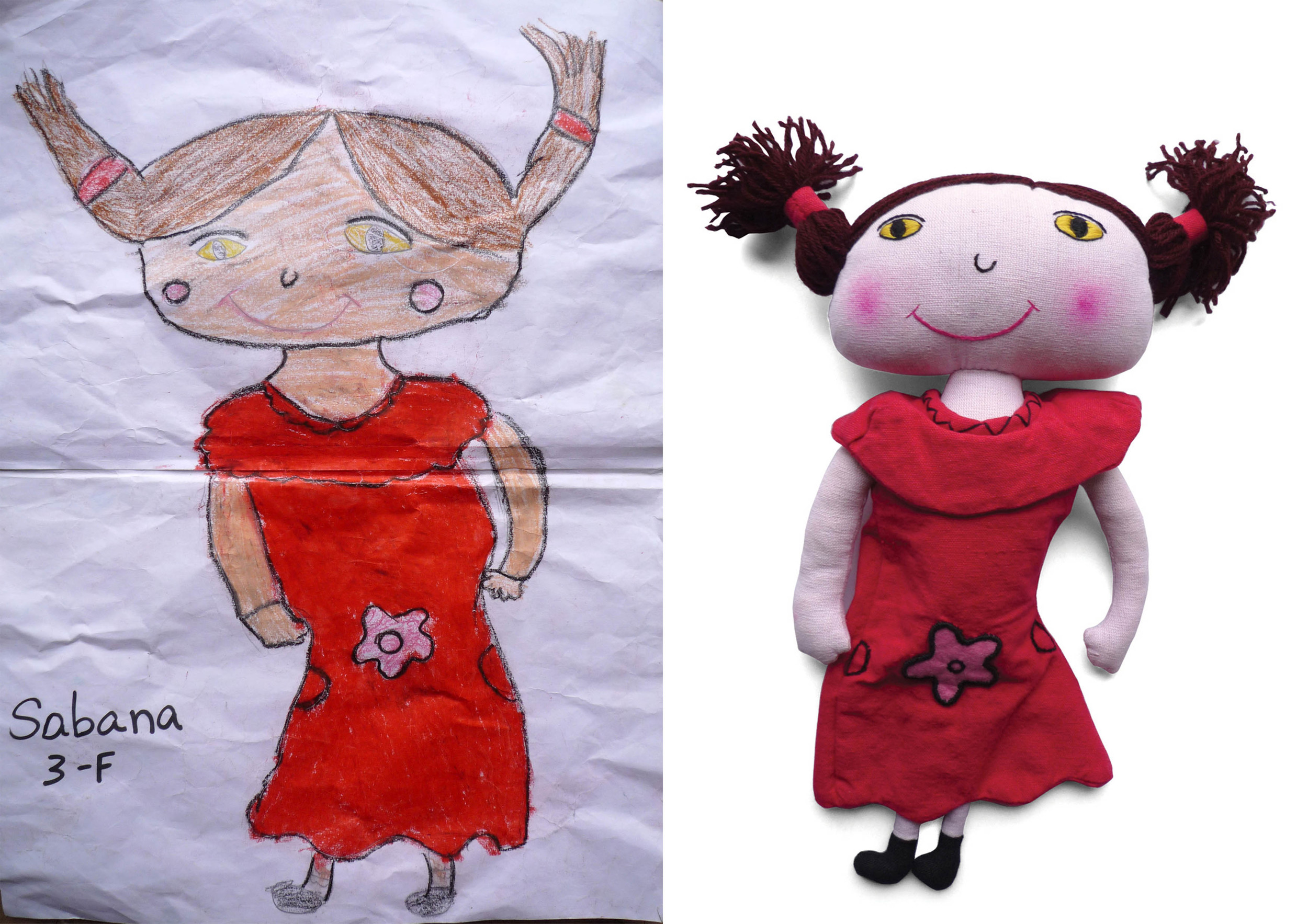
EatArt
At University of Fine Arts, Hamburg, Alexa offered an experimental, interdisciplinary project with the working title "EatArt". Besides inviting a cook and a philosopher to join the project as guest contributors, Alexa encouraged students of all faculties and grades to participate in the assignment. A 16m² exhibition space at the Berlin Design Week was booked in advance by Alexa, limiting the time frame to four weeks until presentation to the public.
For preparation, the students drank tea out of plates, ate soups with straws, prepared socks with Balsamico or used a laundry dryer to dry their salad. They ingested quantities of food, talked about synaesthesia, futurism, Daniel Spoerri and Ferran Adrià. Discussions over cultural patterns, food packaging, aesthetic of instant noodles and personal diet were originators for several concept drafts.
Finally, a giant soup plate was chosen, which invites people to sit tightly next to each other and offers to share soup and spend time together. Giving place for twelve guests, the plate features a diameter of 1,4m - holding 40 liters of soup.
Initially it serves soup for everyone - but with uneven distribution. The guests sitting at the already shallow side of the plate have no possibility to keep soup on their side. As the level lowers, the soup pours to the immersion on the opposite side, resulting in a thrilling social experiment with connotations to globalization. -On which side of the plate are you?
Student participants: Alexej Hermann, David Burkhardt, Esther Stühmer, Philippe Nielsen, Seyon Han, Stella Dahms.
